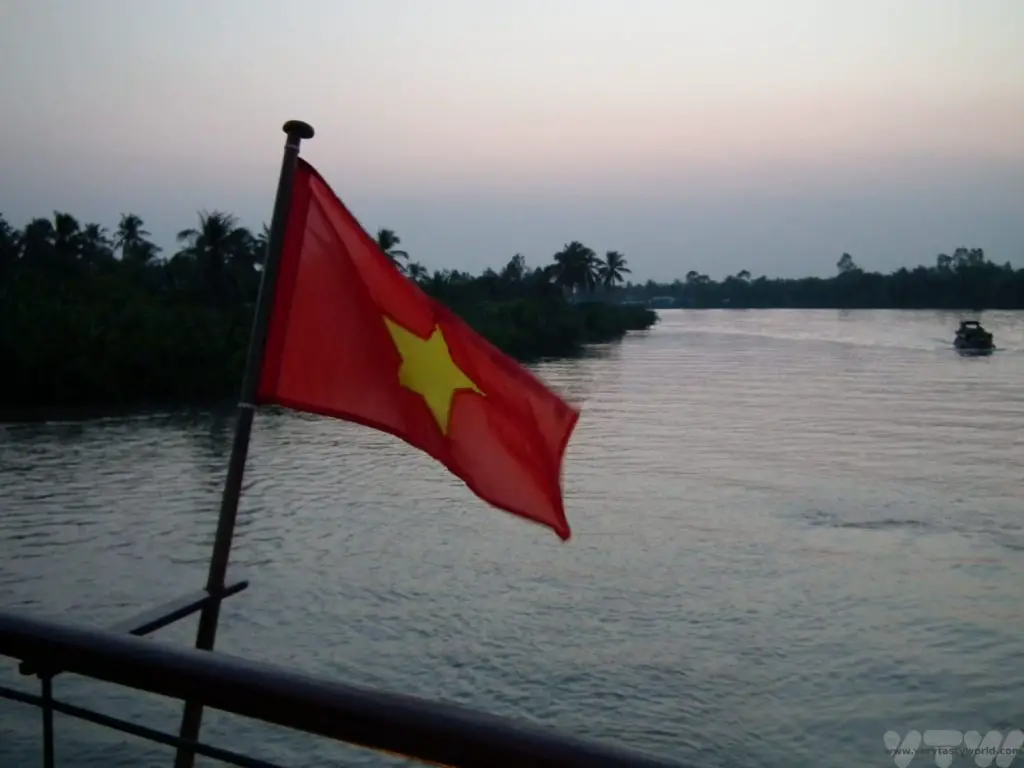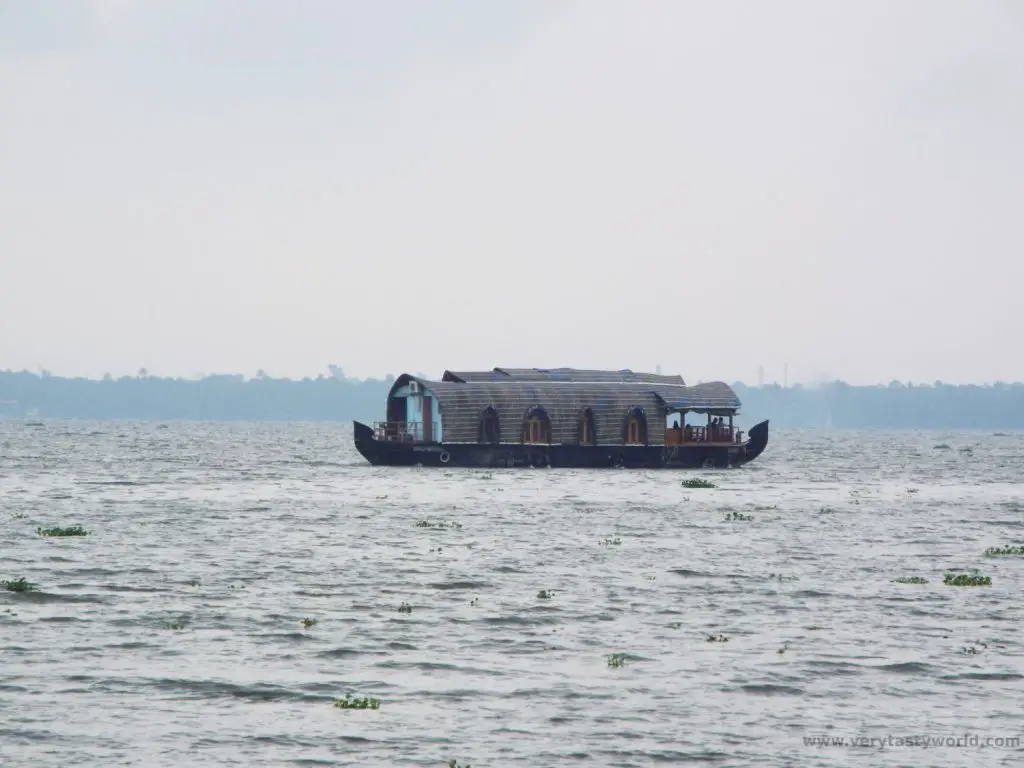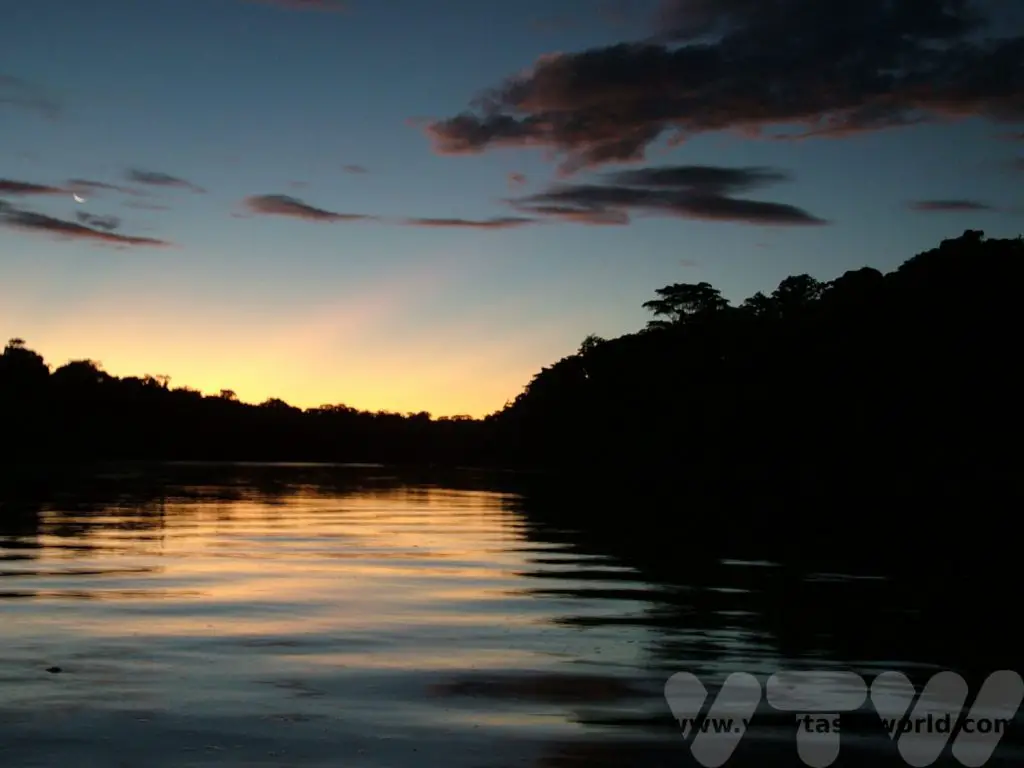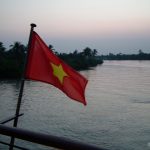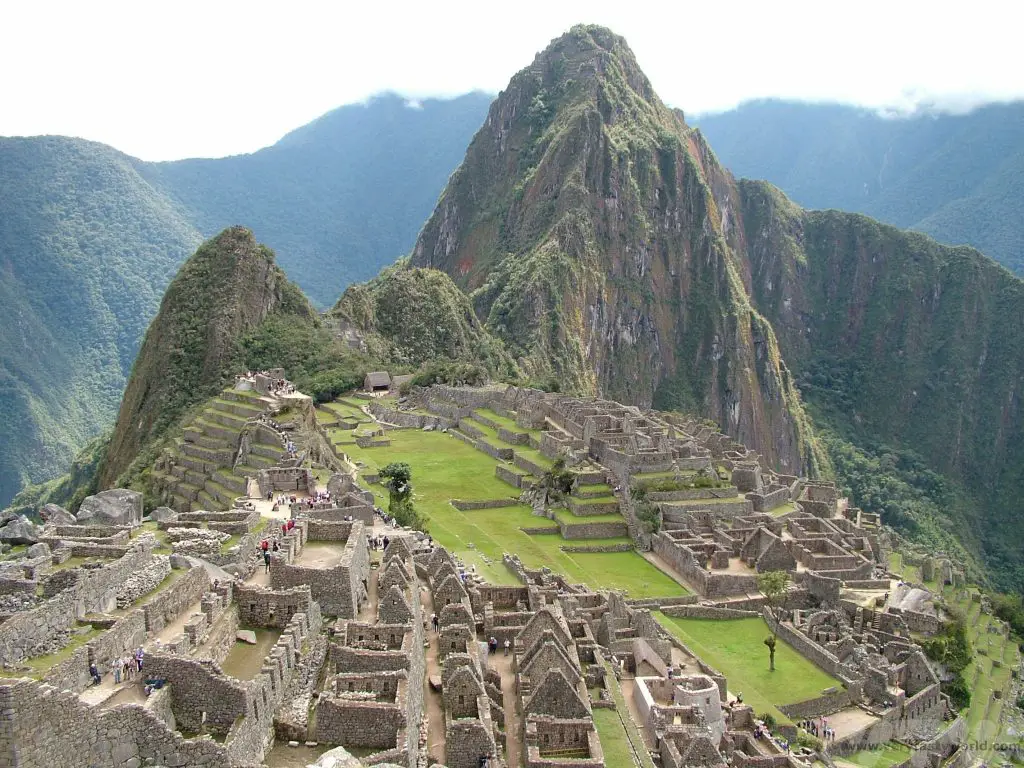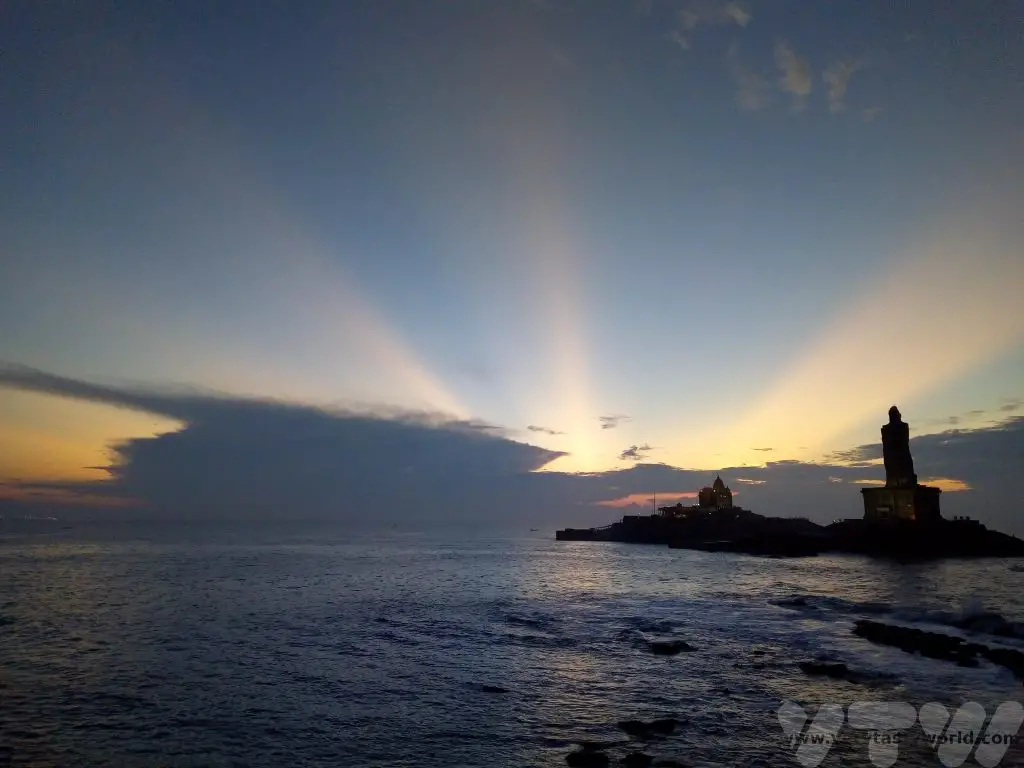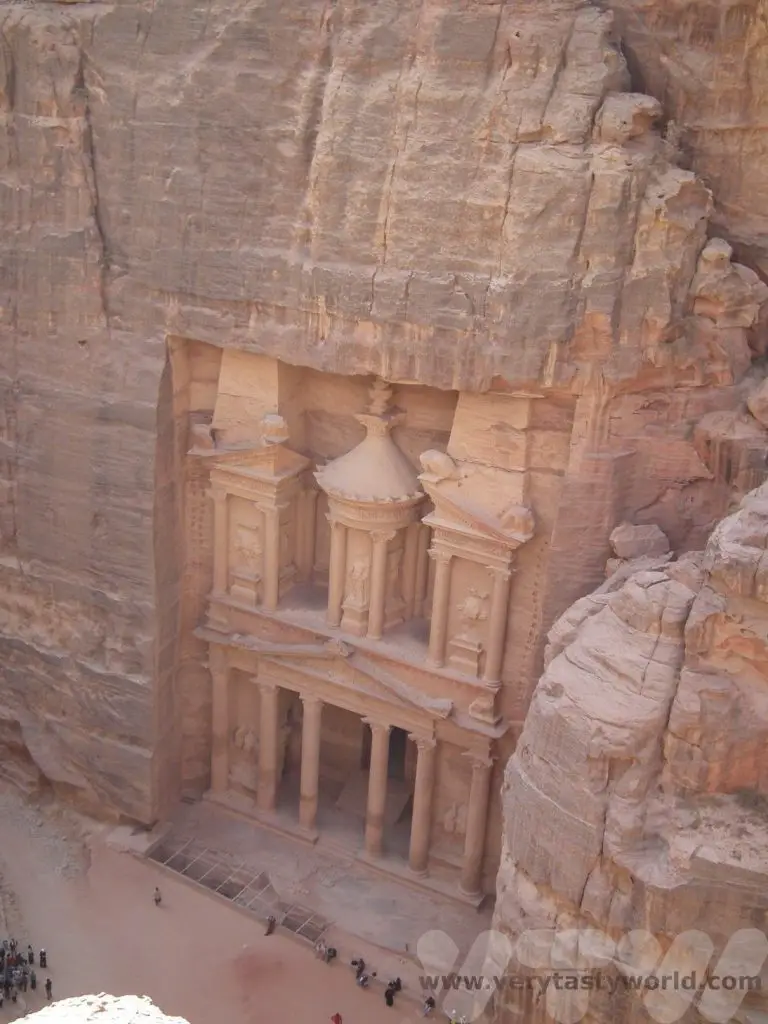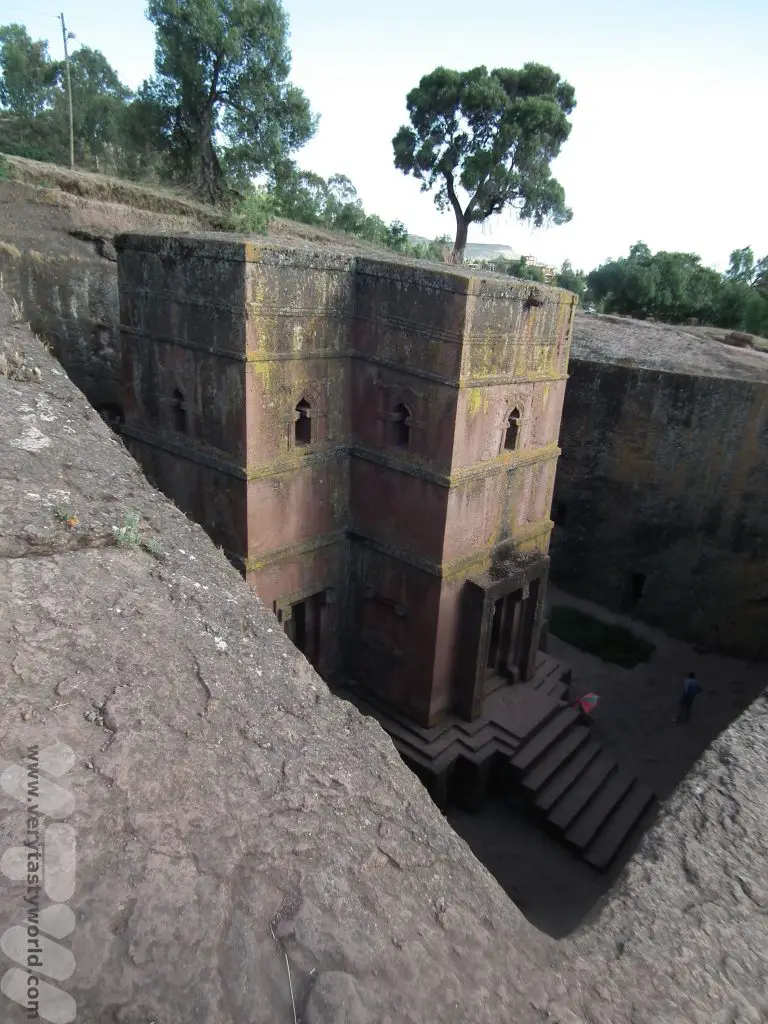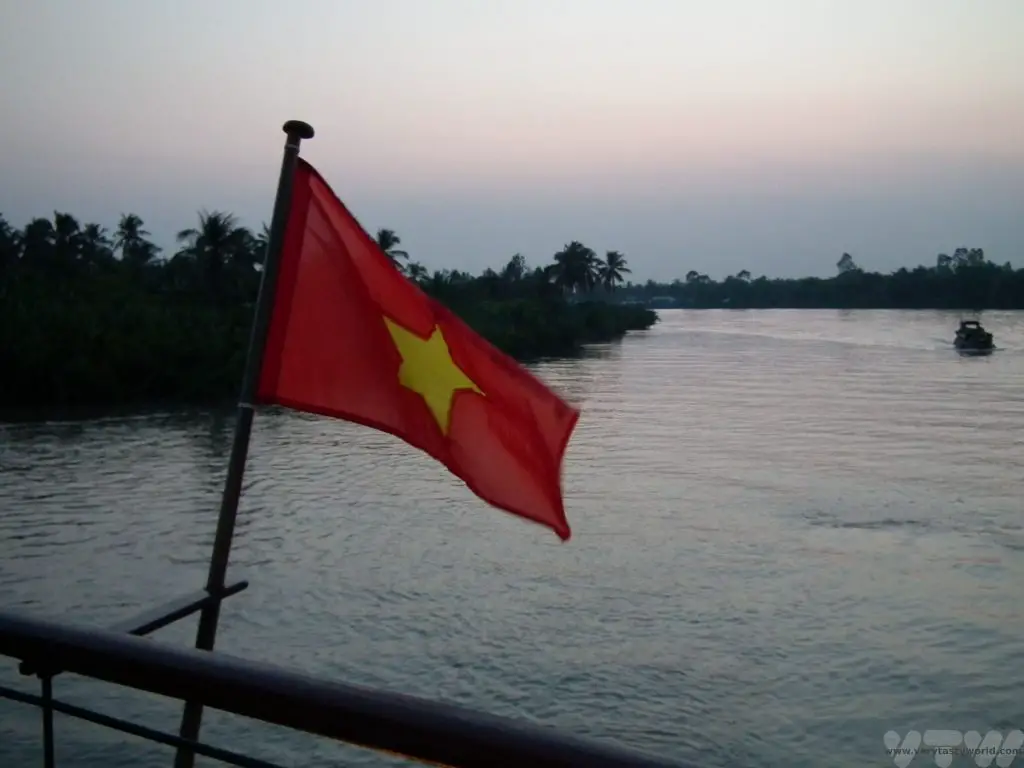Mekong Meanderings
The mighty Mekong river is the 12th longest river in the world. We have been lucky enough to have encountered it many times over the years as it has meandered through our journeys across South East Asia over the course of two trips in Lao PDR, Cambodia and Vietnam. And we learned some interesting facts about the Mekong river along with way.
The Mekong rises in Tibet and flows for nearly 5000km through China, Myanmar, Lao, Thailand, Cambodia and Vietnam, where it runs into the South China sea. It’s a river that clearly has an enormous impact on the people who live on and around it. From a geographical perspective it has some amazing features. And, if you’re lucky, you can get to see some really special wildlife, notably the Irrawaddy dolphins that live in the river. Many people’s livelihoods depend on it. It also provides a rich source of food for the local people that live along it whether that is bounty from the river itself or the irrigation it provides for the farmers who work the land alongside it.
Lao – Luang Prabang
Our northernmost encounter with the river was when we started our journey through Lao PDR. Luang Prabang is a lovely laid-back town at the confluence of the Mekong and the Nam Khan rivers. Each year, when the rivers flood, the bridge across the Nam Khan is washed away and it is reconstructed when the waters subside.
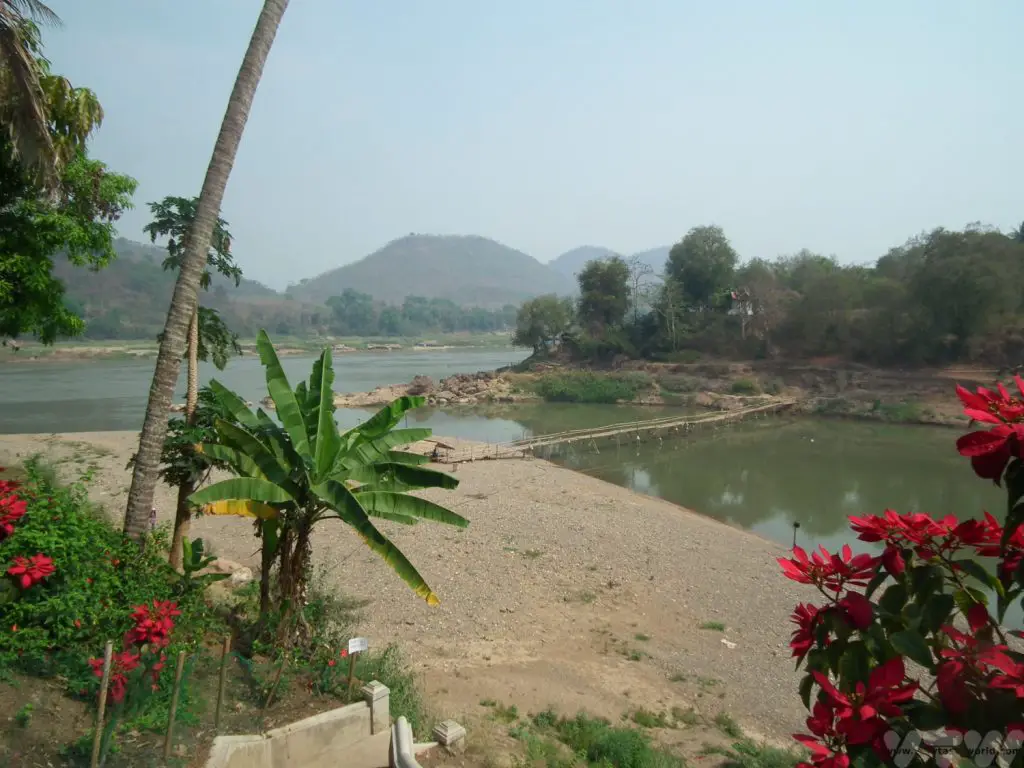
Luang Prabang is the former capital of Lao and has plenty of places to see. There are lots of temples to visit as well as the royal palace which was built in 1904. When the monarchy was overthrown by the communists in 1975, the building converted into a museum and Lao’s capital was transferred to Vientiane.
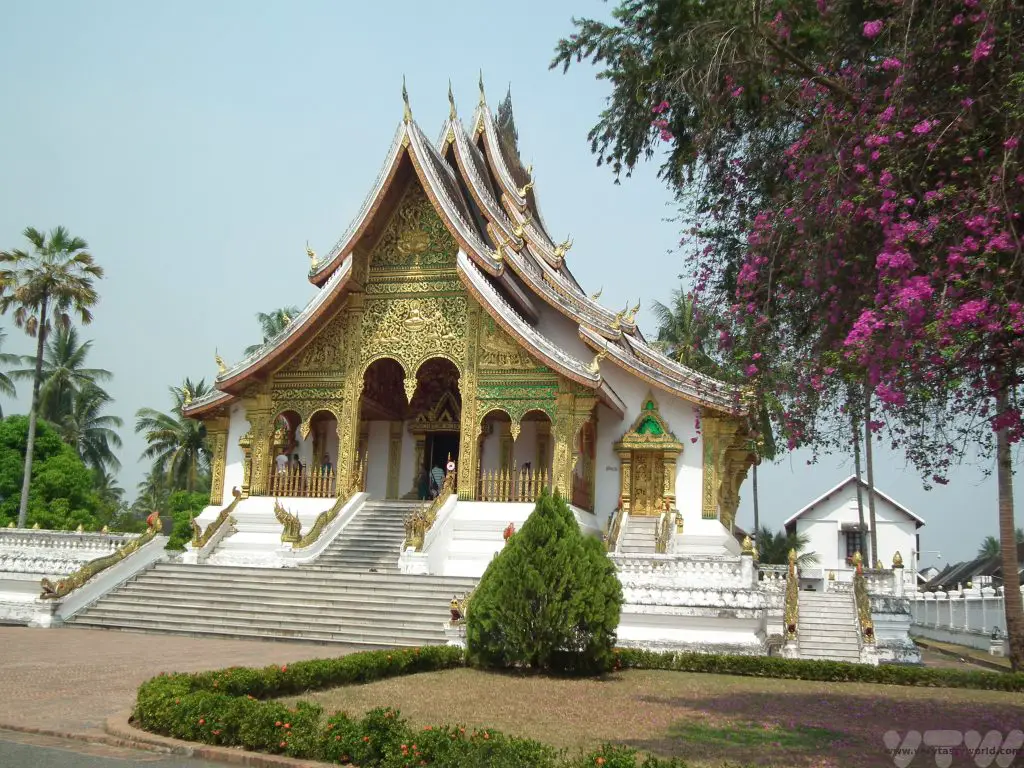
It’s possible to take an evening cruise on a longboat – motor upriver and then float downstream watching the sunset with a cool beer is a lovely and relaxing way to spend an evening.
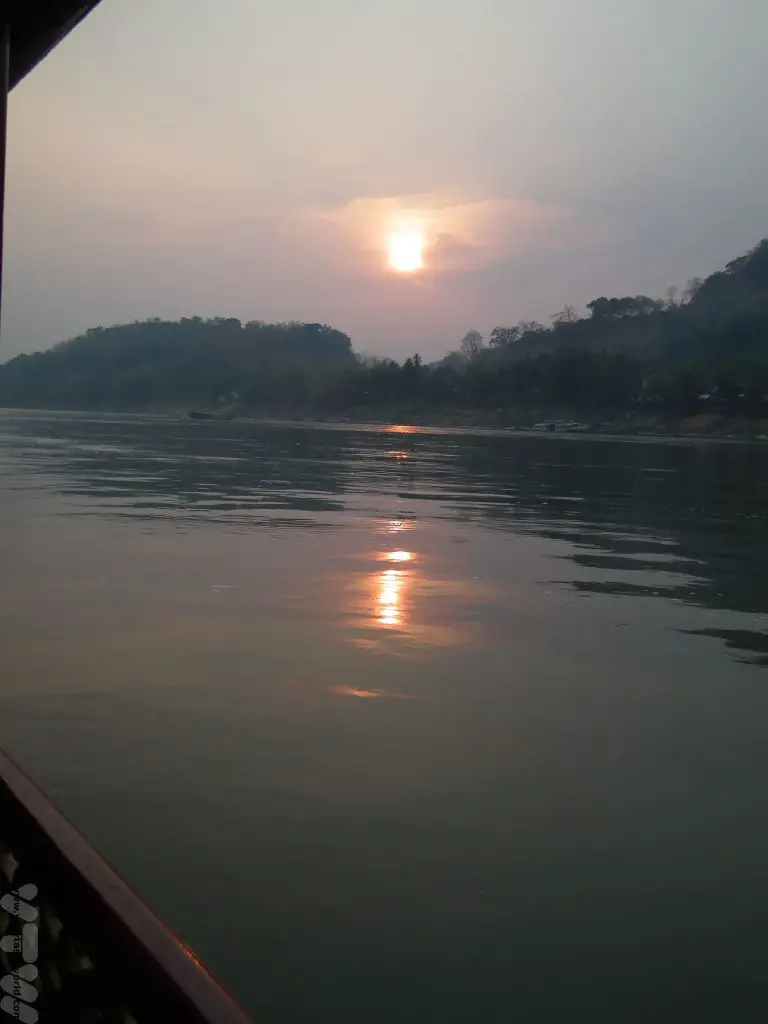
Luang Prabang was also where we first encountered Lao food. A lunch of typical Lao delicacies included local river weed which we had seen for sale in Phosi market.
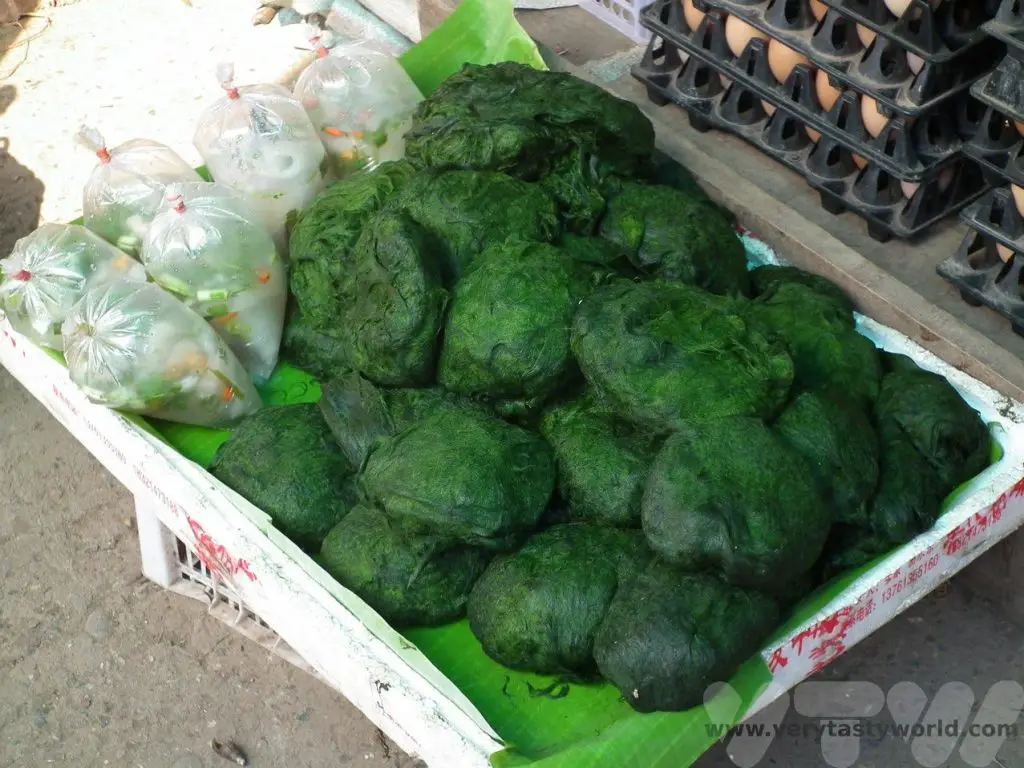
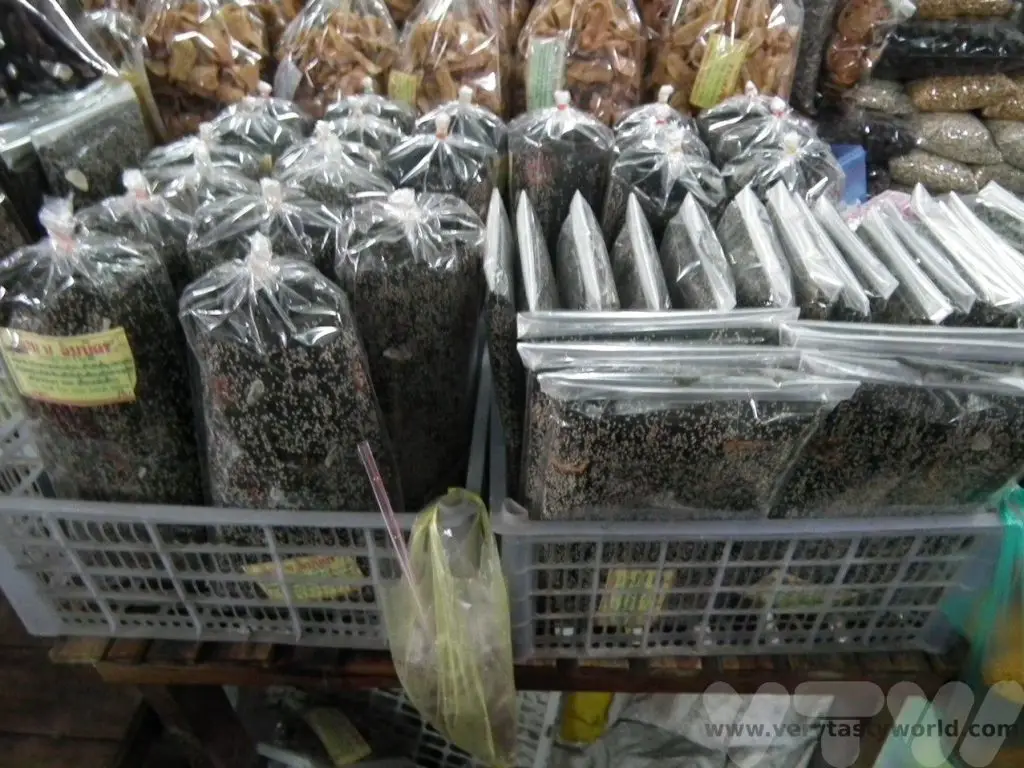
It is flavoured with seasonings and then dried in the sun. It makes for a delicious snack which is incredibly moreish, especially with beers. We enjoyed a lunch of typical Laotian specialties at Tamarind restaurant which included the dried river weed. While the ‘PDR’ of the country’s name means ‘People’s Democratic Republic’ many locals say it stands for ‘Please Don’t Rush’, an invitation to enjoy eating at a leisurely pace.
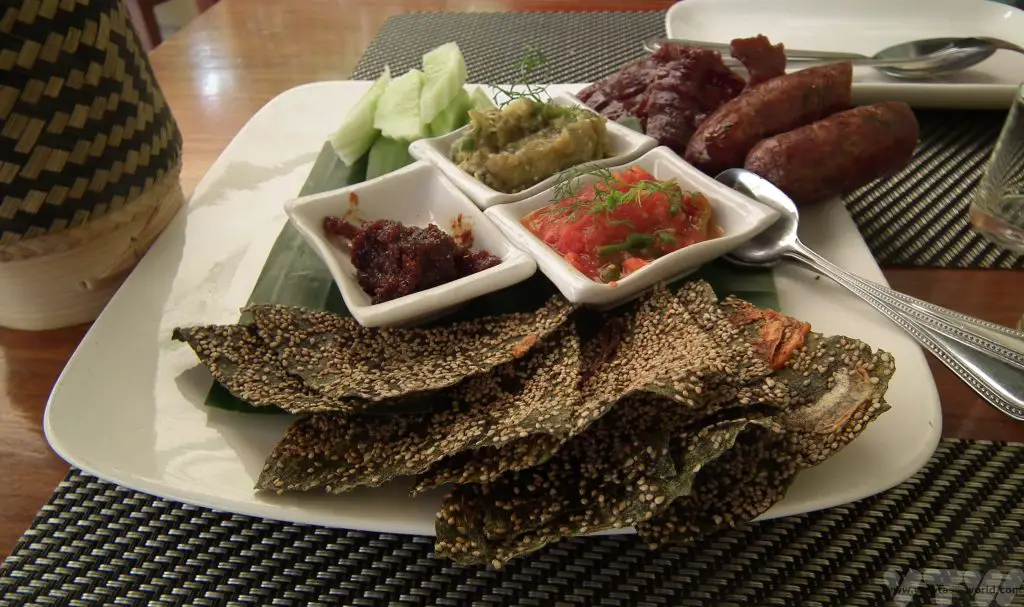
Lao – Vientiane
The Mekong traverses the border between Lao and Thailand before moving inland through Lao. Vientiane is the capital of Lao PDR and its largest city. Although it’s a city that is growing fast, it’s less hectic than the other capital cities in South East Asia.
The Mekong is broad and wide and Vientiane has a long promenade along its banks. You can see Thailand right on the other side of the river.
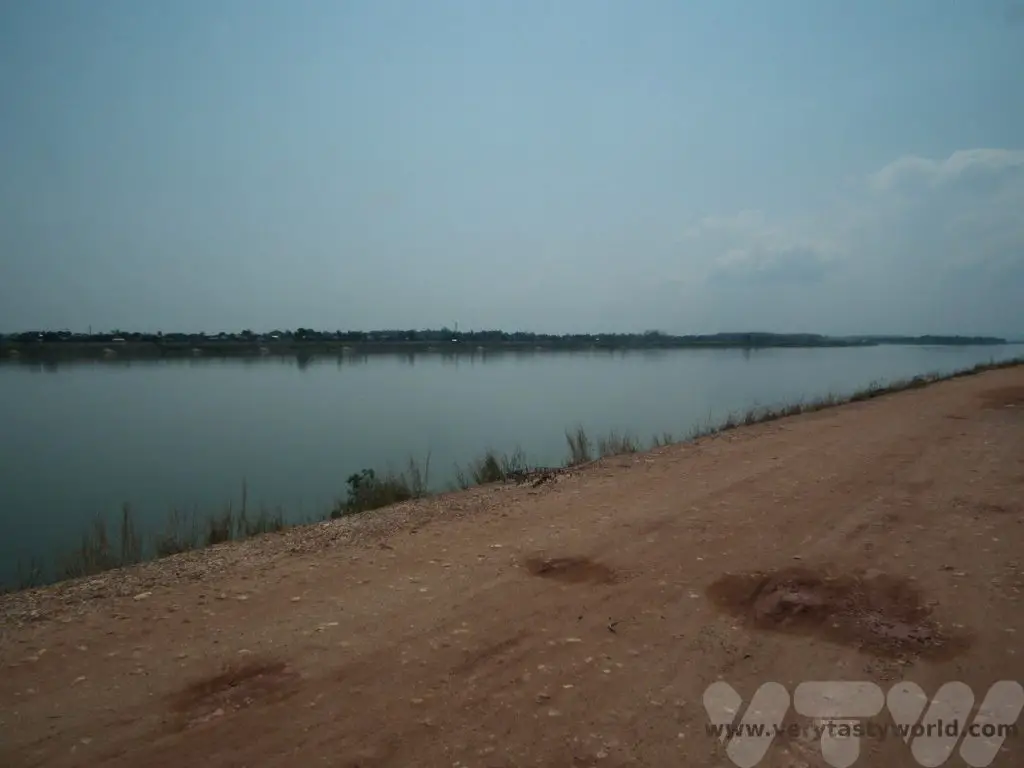
In the evenings a bustling night market opens up on the river’s promenade.
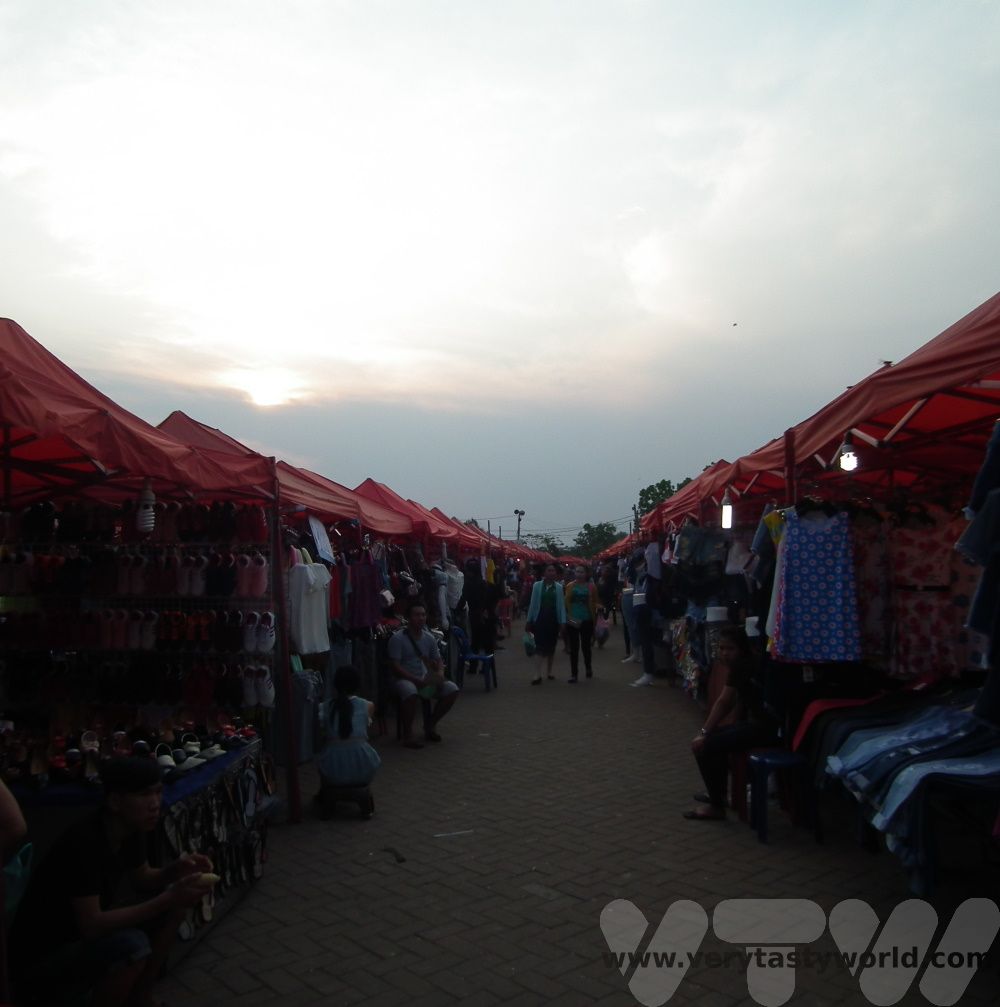
We left Vientiane to travel further south. Our next encounter with the Mekong offered a complete contrast to the serenity of its flow through Lao’s capital.
Lao – Siphandone
Siphandone is a delightful stopping point in the Champasak Province in South Lao, close to the Cambodian border. The river splits into multiple channels, leading to the formation of many islands – the name Siphandone means ‘4000 islands’.
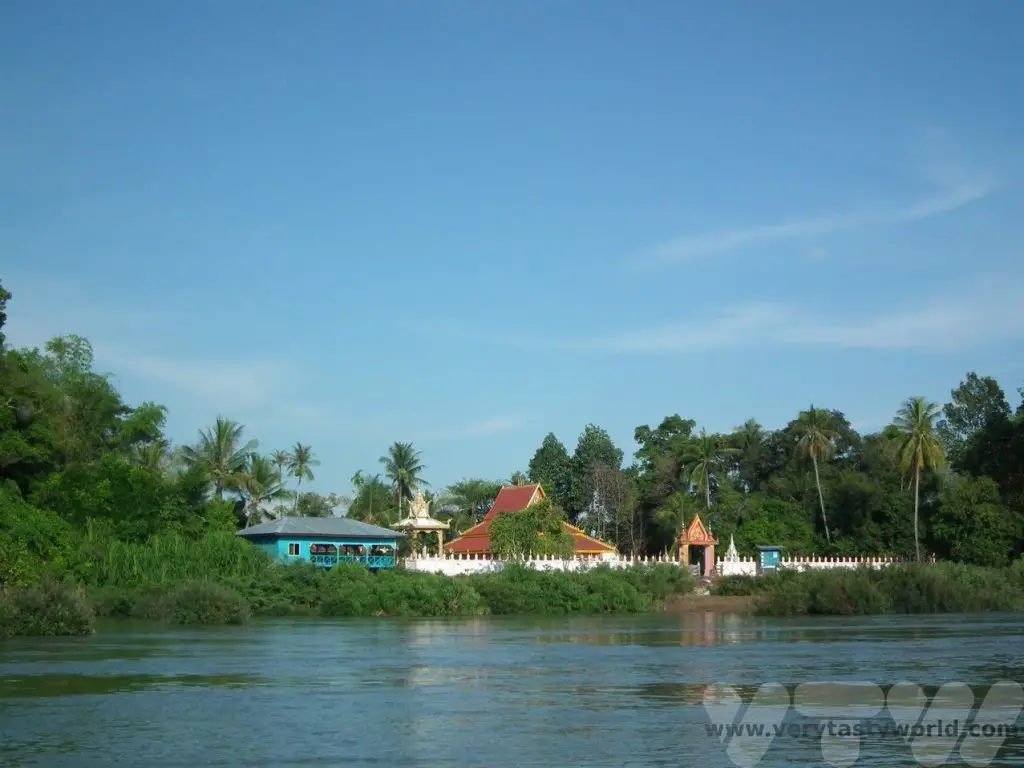
The area is very beautiful but parts of it are also ephemeral as some of the smaller islands disappear under the water when the river is in flood during the rainy season. We spent a couple of lovely, relaxing days exploring Don Khong, the largest island. There are some nice walks and some interesting things to see, including the remnants of a railway, an initiative by the French colonial administration who wanted to make the Mekong navigable to China – Siphandone and the waterfalls just to the south proving to be the geographical blockers.
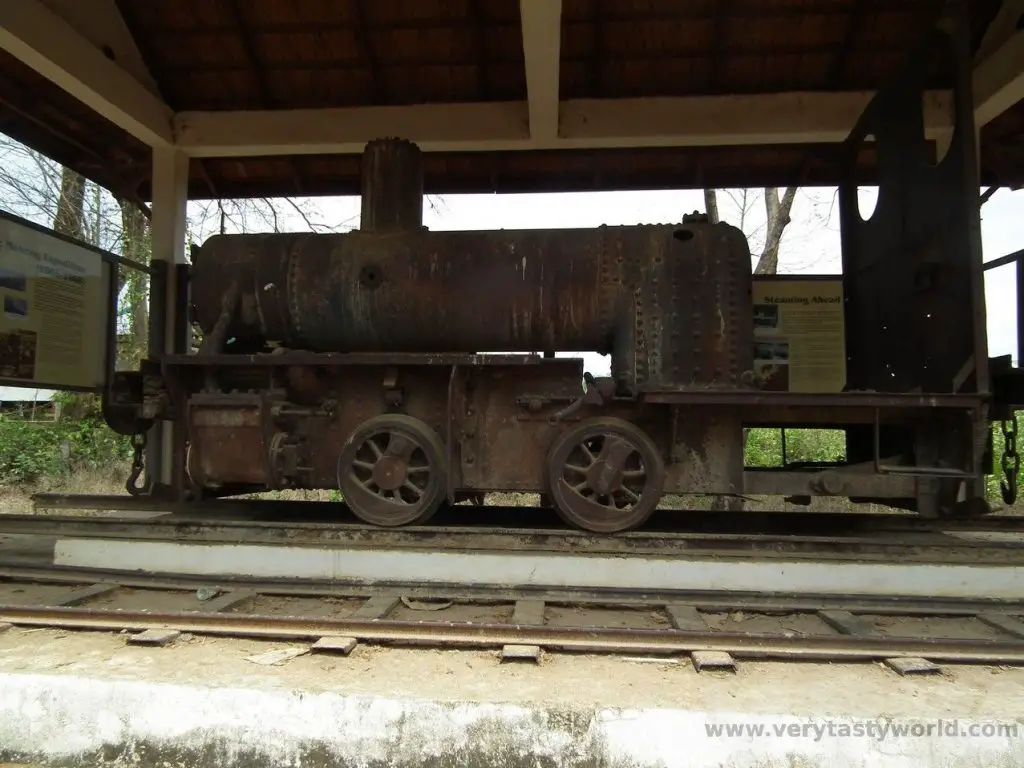
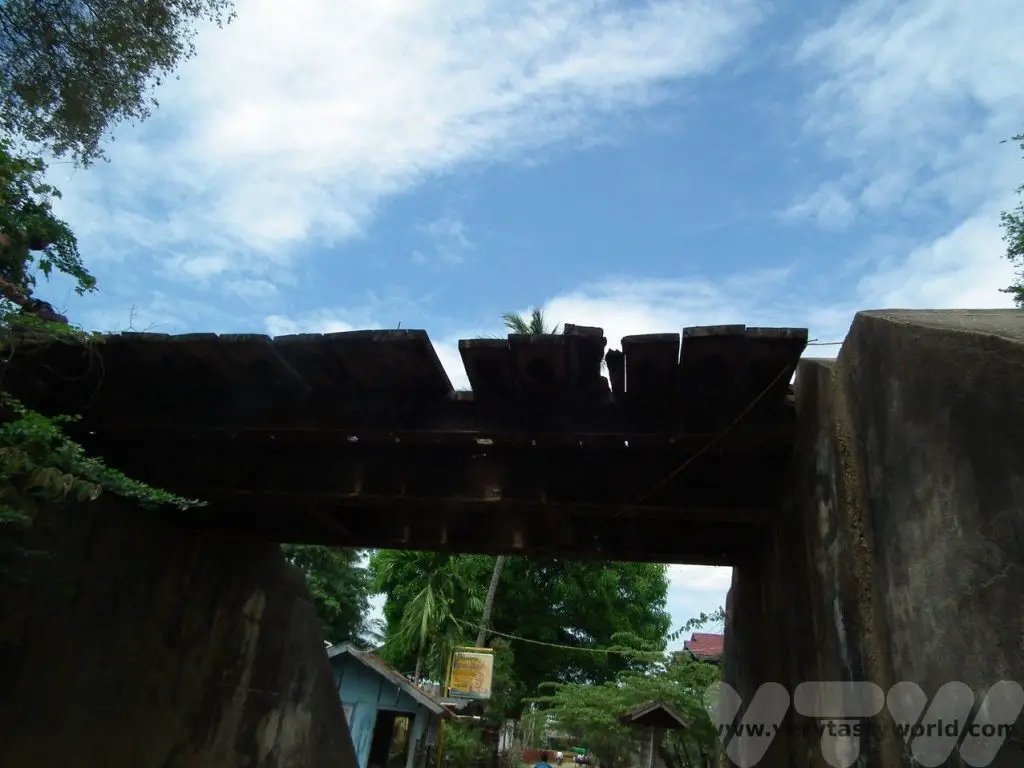
It may be possible to find local people who can take you out for a boat trip on the river in search of the rare and highly endangered Irrawaddy dolphins. These lovely creatures inhabit just a very small length of the river between southern Lao and northern Cambodia. According to the World Wide Fund for nature there are less than 100 dolphins left in this area.
Irrawaddy are an unusual looking dolphin – they have a more pronounced forehead than their seafaring counterparts and a smaller, broader beak. If they are around and you want to see them just head for a beach to find a boat. You can pay for the trip in cash.
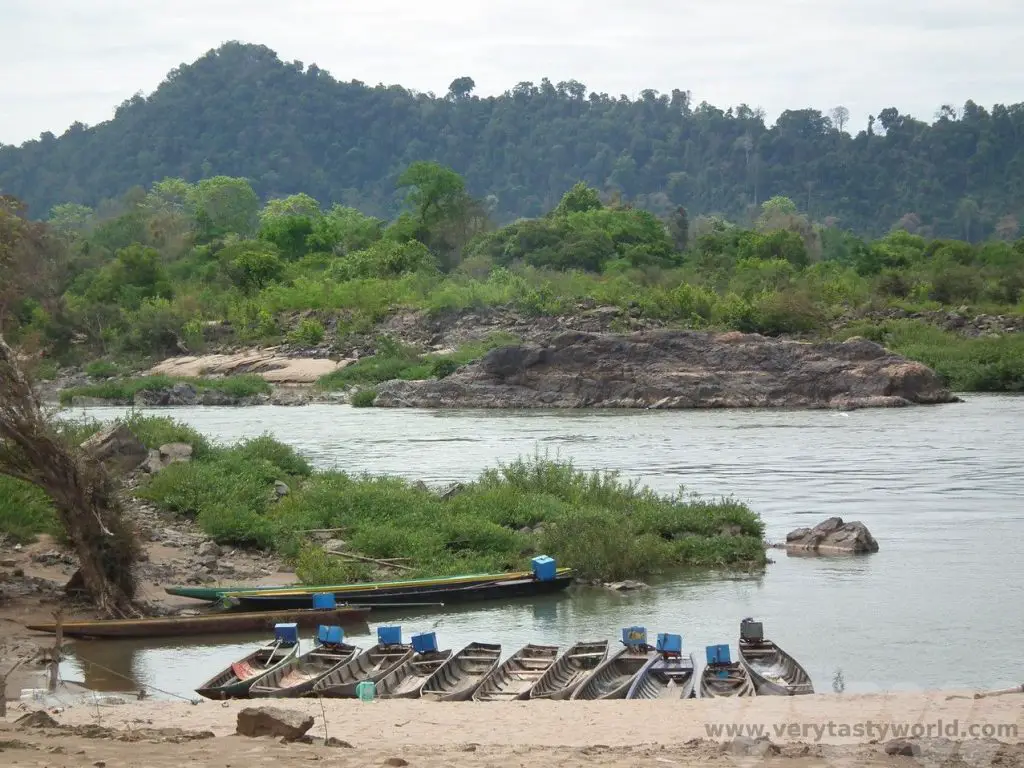
The dolphins are quite tricky to photograph as you only really see them as they pop above the surface for air, but it is magical catching sight of them.
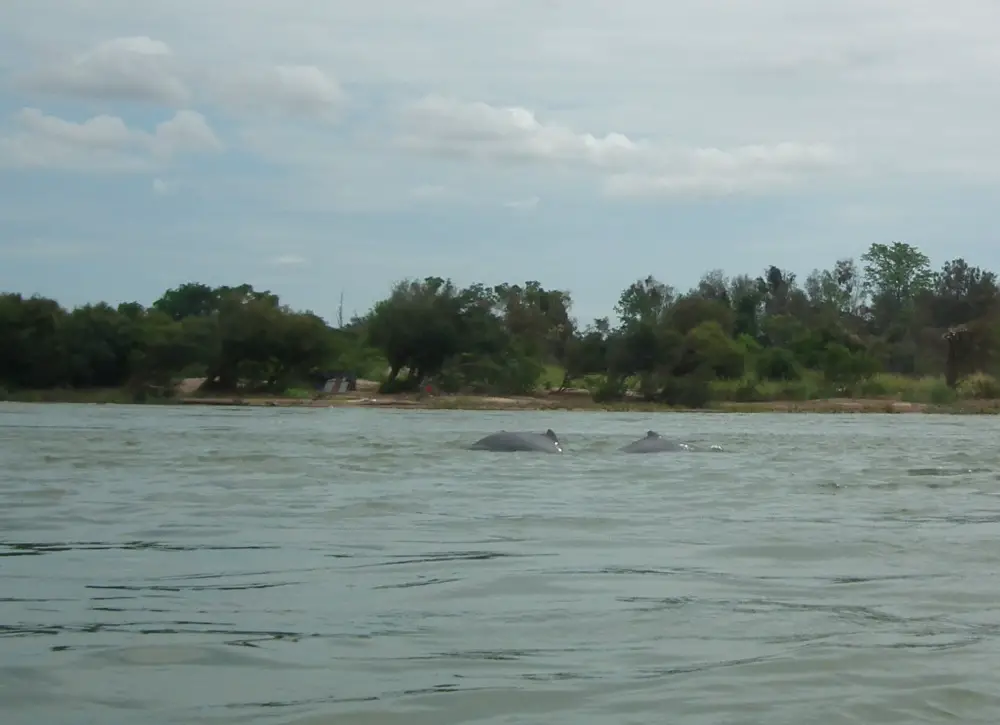
But mainly the area is a place to relax and explore at a sedate pace. It is very peaceful, especially in the evenings.
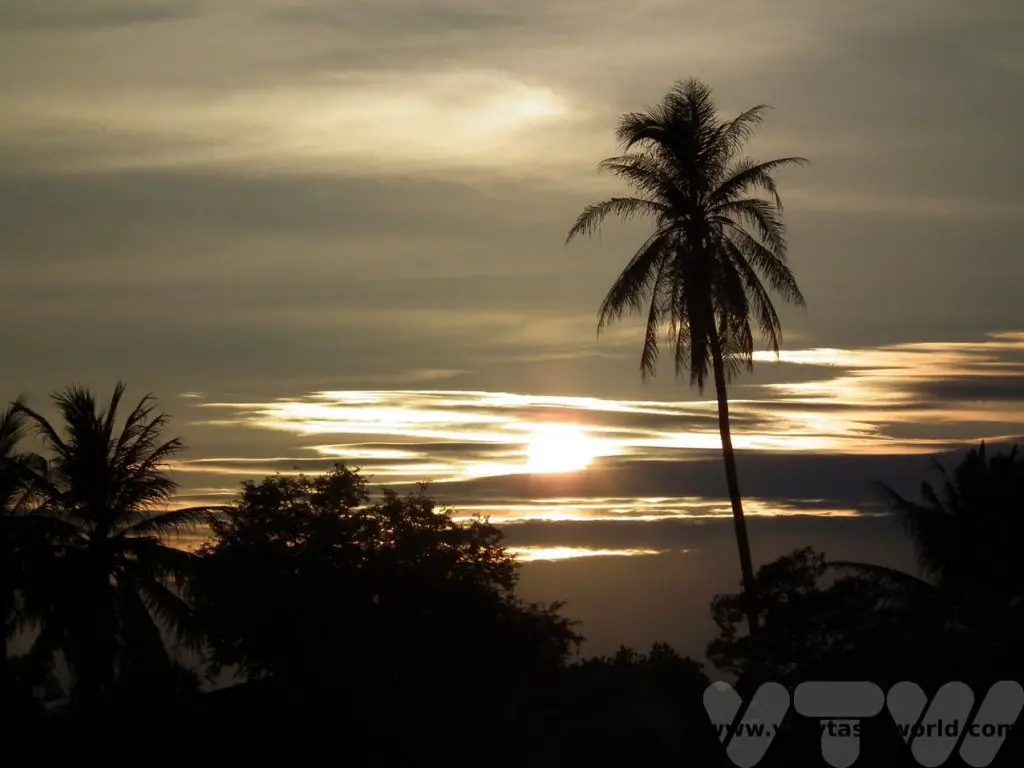
Lao – Khone Phapheng Waterfalls
Located just a few kilometres south of Siphandone are the Khone Phapheng falls. Due to the many, many channels that have formed at this point in the river these are the widest waterfalls in the world.
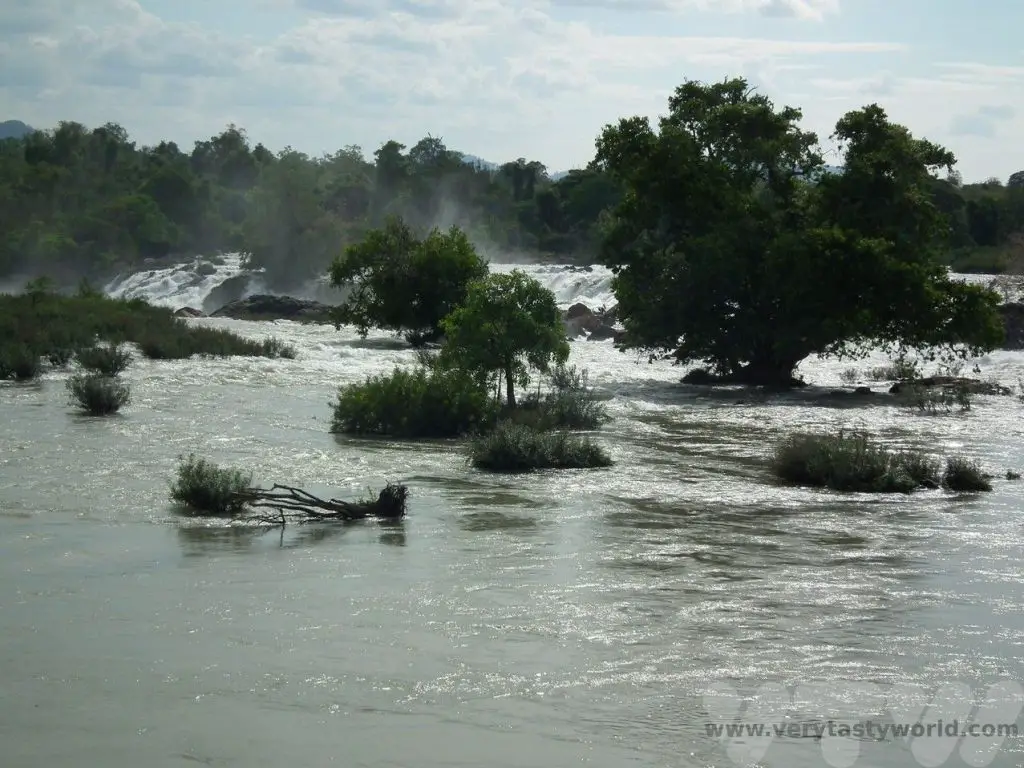
They are also the reason that the Mekong isn’t properly navigable from the South China Sea through to China. The rapids extend for a length of around 10km.
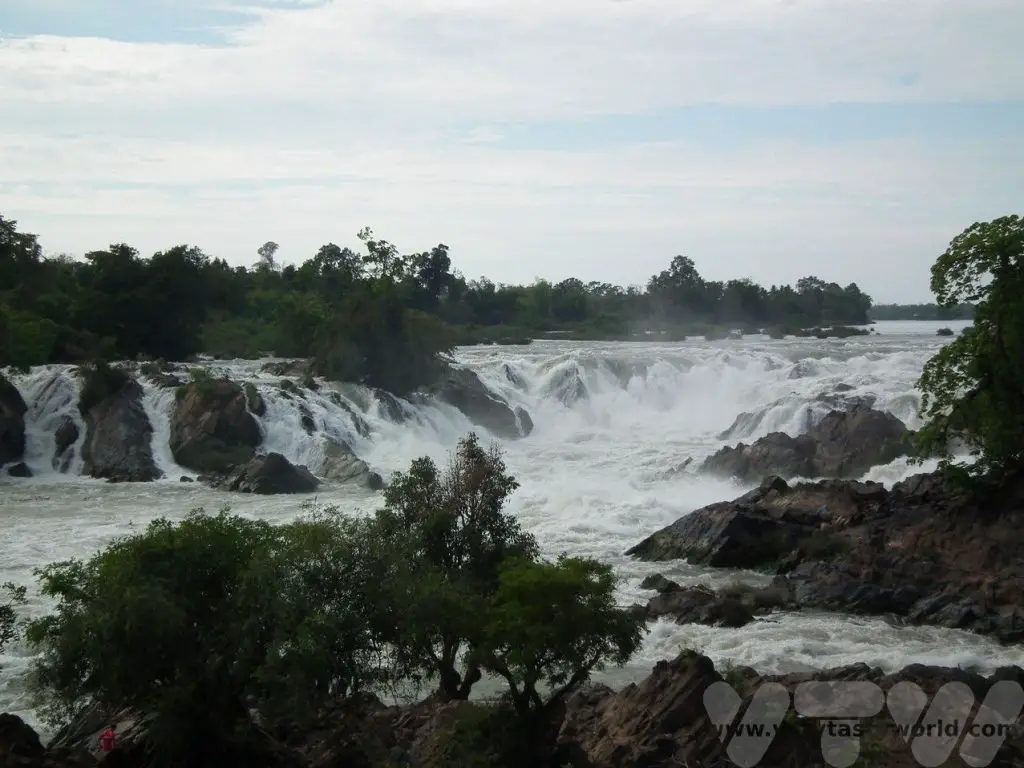
Several attempts were made to construct steamships that could scale the falls – with a lot of manual pulling – in the late 19th century. All of them failed. There were ideas to construct a canal with a series of locks around the falls but the expense was prohibitive so the railway was built – the idea being to deconstruct the boats, carry them on the trains via Siphandone and reassemble further upstream. Which sounds like a right faff, not an elegant engineering solution.
It is possible to walk along the banks of the falls and view the sheer might of the river at this section. There are restaurants and cafes in the area to enjoy a snack and a coffee while watching the falls.
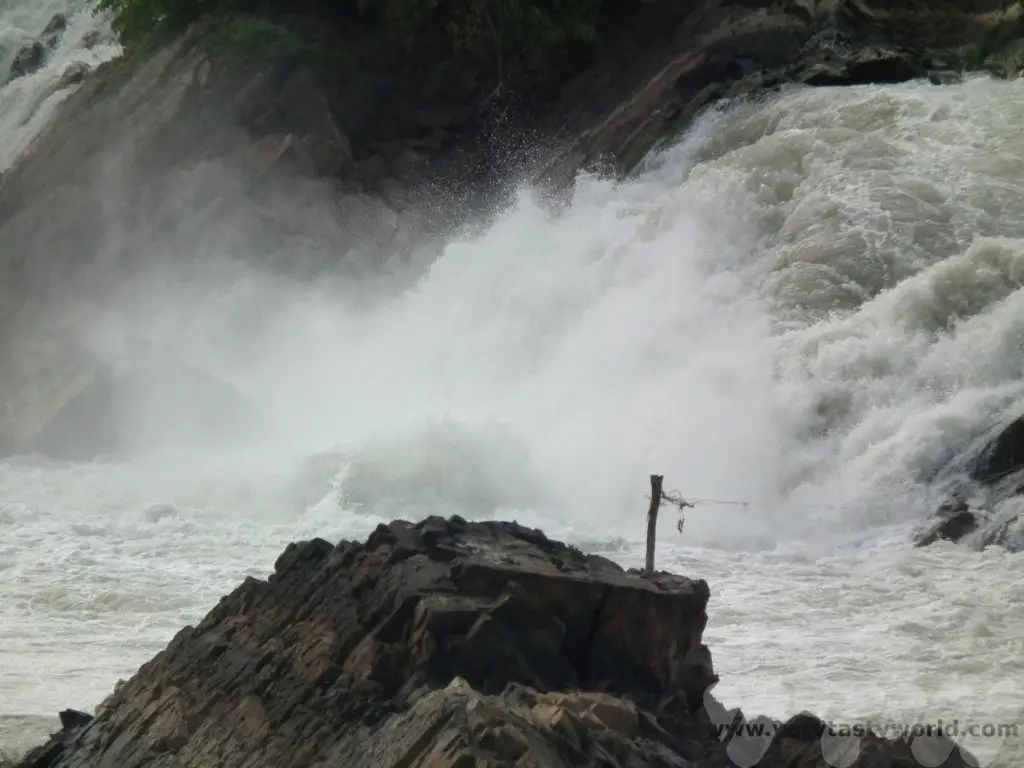
There is a tree – the Manikhoth – which is highly revered by local people. It stood for centuries in the middle of the river, apparently defying the flow and gravity – with roots facing the sky.
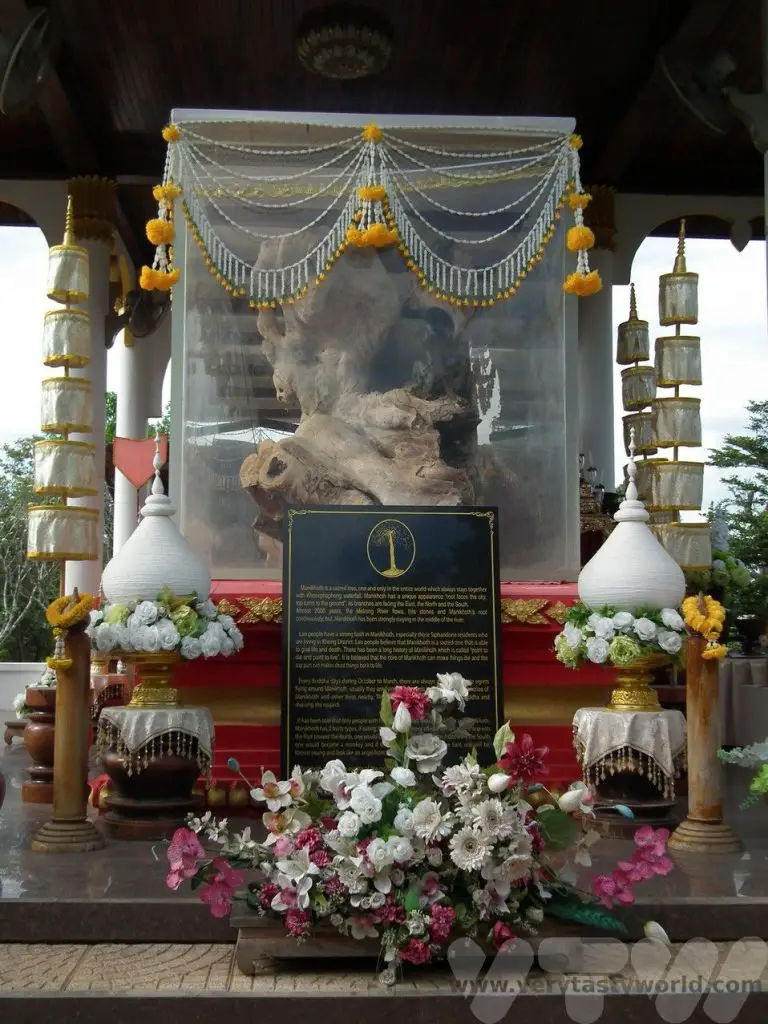
Sadly, it was washed away in 2012 but was later recovered and it now exhibited by the riverbank.
Crossing into Cambodia
Siphandone is very close to the Lao/Cambodian border so we got a lift to the border and walked across into Cambodia. It looks like a thin line on a map but leaving one country and entering another by crossing ‘no man’s land’ is actually a walk of several hundred metres.
A word of warning: We got stung for extra cash by the border guards who issued our visas at the crossing. At the time a Cambodian visa cost $30US but, after the border guard had taken our passports, he demanded $35. We queried this but he was insistent. We didn’t have a signal on our phones to be able to confirm the cost. What were we going to do? He had our passports and we wanted to get into Cambodia. So we paid. Humph.
Chatting with ordinary Cambodian people later in our trip we learned that civil servants were not respected at all… and also understood the reason why they drive around in flashy cars. The guy pocketed $10 in 5 minutes. In Cambodia that’s a lot of money. In future we will check the costs beforehand and produce evidence from the official website. We will be polite but insistent.
Cambodia – Longboat to Stung Treng
Still, all those irritations melted away when we headed to the river again, picked up a long boat just a couple of kilometres from the border and embarked on a delightful journey along the Mekong.
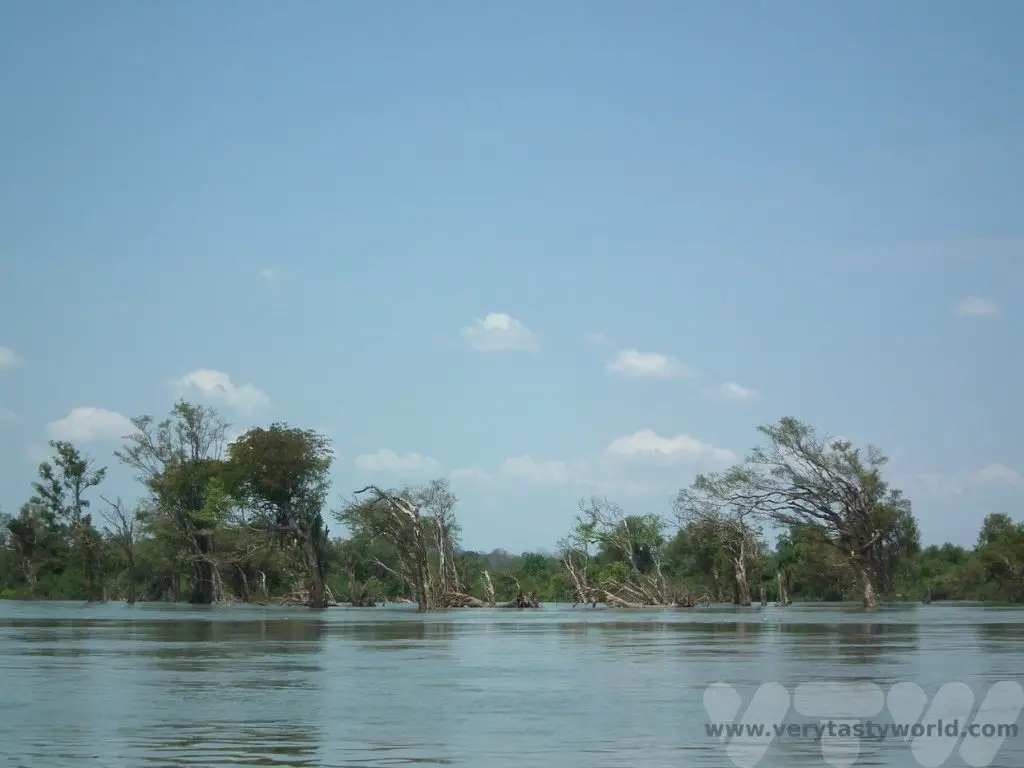
It was a glorious three hours travelling along the most beautiful stretch of pristine river.
You can really understand how the flow of the river Mekong has shaped its environment and the flora that grows alongside it.
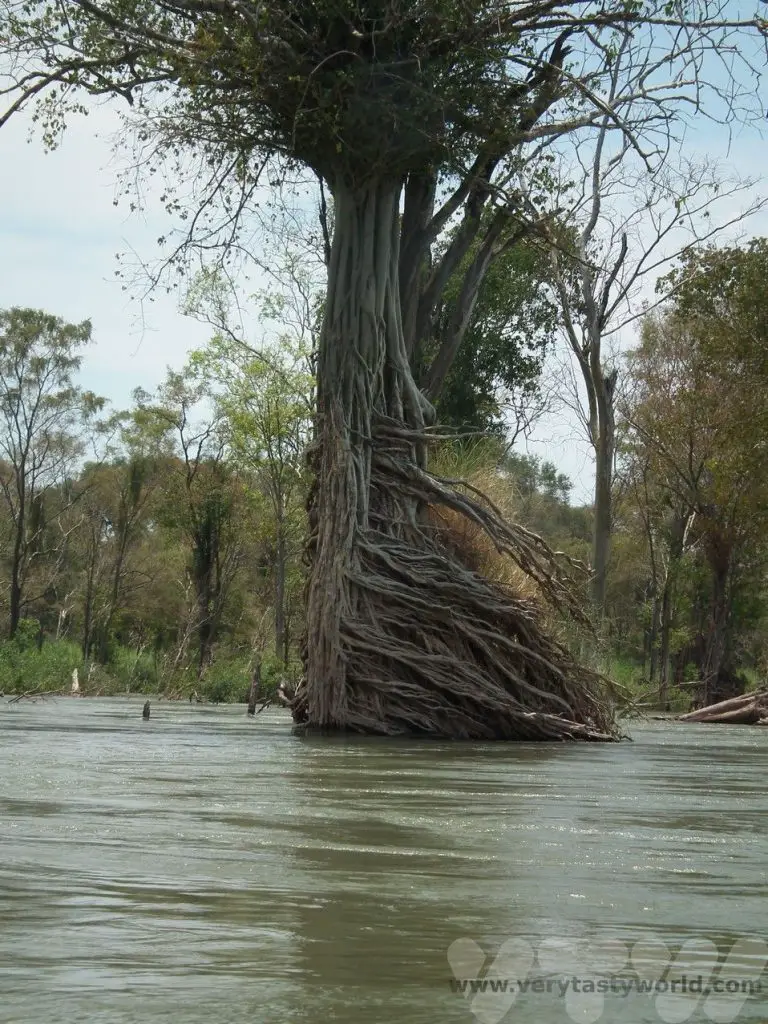
The roots of the trees cannot help but comply with the relentless force of the water’s flow.
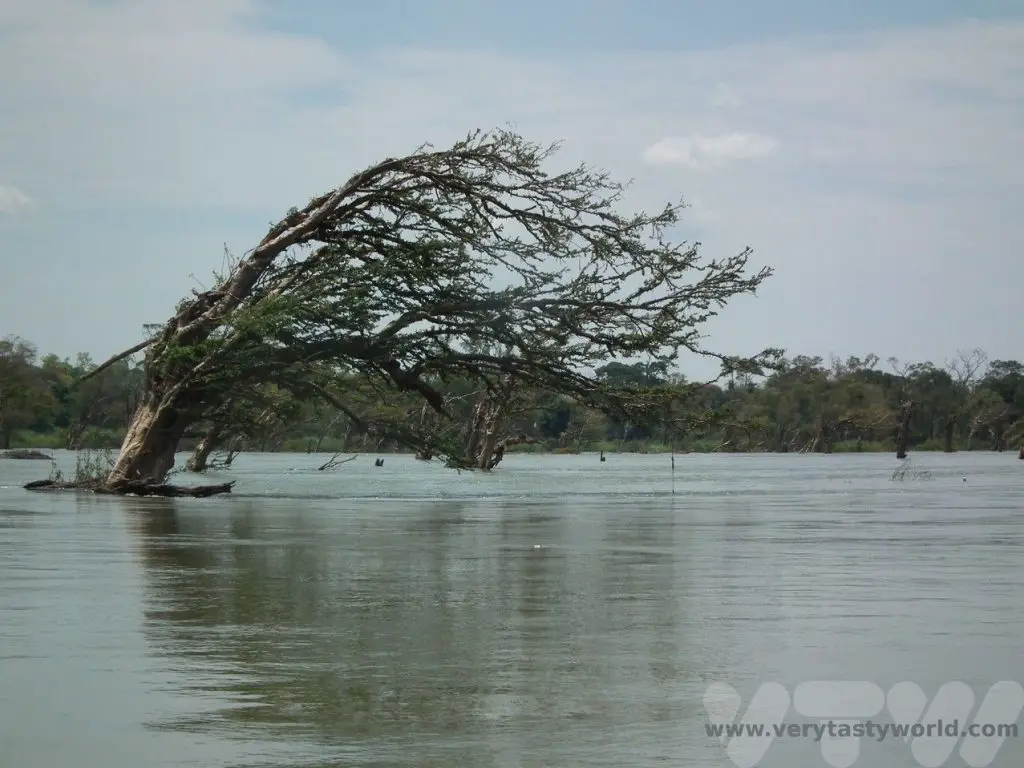
We arrived in the northern Cambodian town of Steung Treng. There’s not a huge amount to see when you get there but the journey was simply sublime. Just out of town we visited a local women’s development centre, an initiative where women and offered the chance to learn how to weave silk. Accommodation is available and there is a primary school where the children can receive an education while their mums are learning new skills. Their beautiful products are available to buy and are both good quality and incredible value. It’s a great opportunity to contribute to the local community.
Cambodia – Kratie
We then made our way by road to Kratie, a much larger town with a very laid-back vibe. It lies right on the Mekong and the river is calm and broad. It has a pod of Irrawaddy dolphins that live nearby and it’s easy to pick up a tuk-tuk to reach their location a few kilometres outside of town and upriver. There are plenty of boats that offer trips to see them.
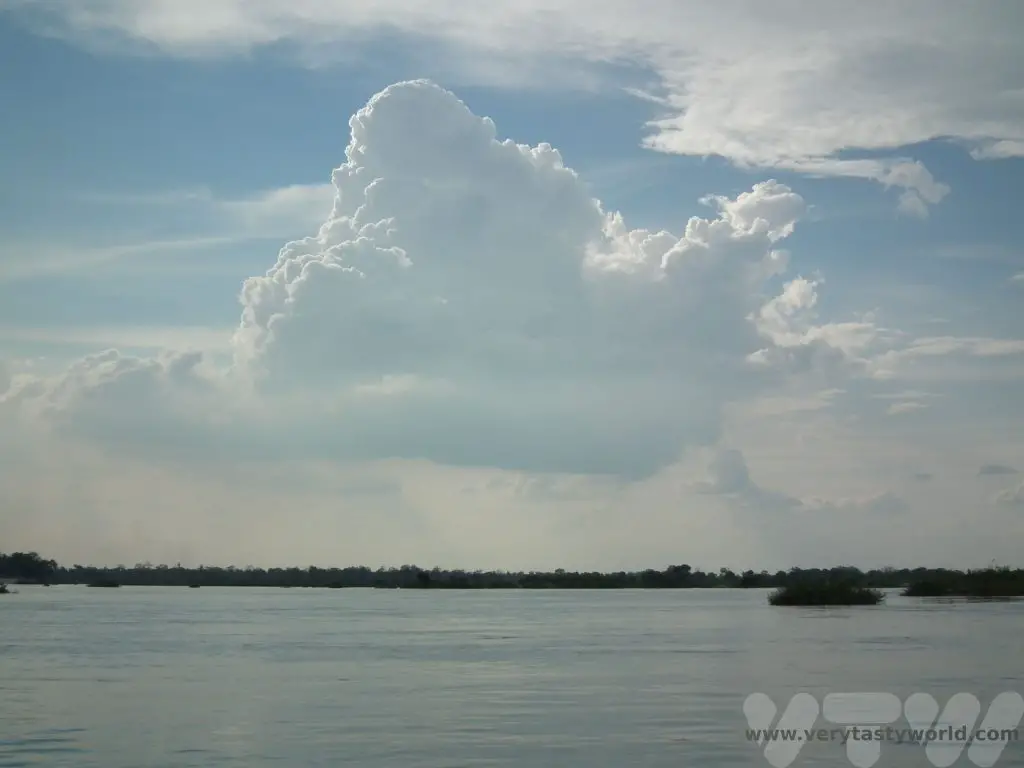
The water is somewhat murky and the dolphins here were also a touch elusive so getting a photo of them as they come up for air was quite tricky. So it was fun to sit back in the boat and enjoy watching them.
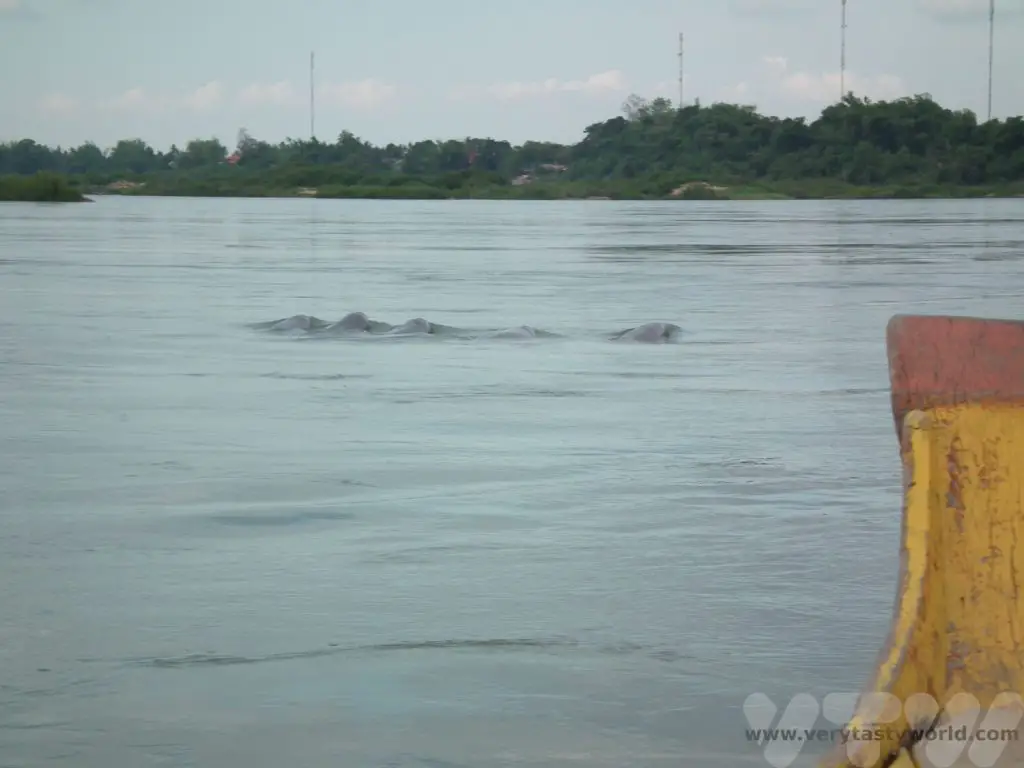
Back in town, Koh Trong island is one of the larger islands on the Mekong. You can pick up a ferry across to the island from the centre of Kratie and it takes a few minutes to make the crossing.
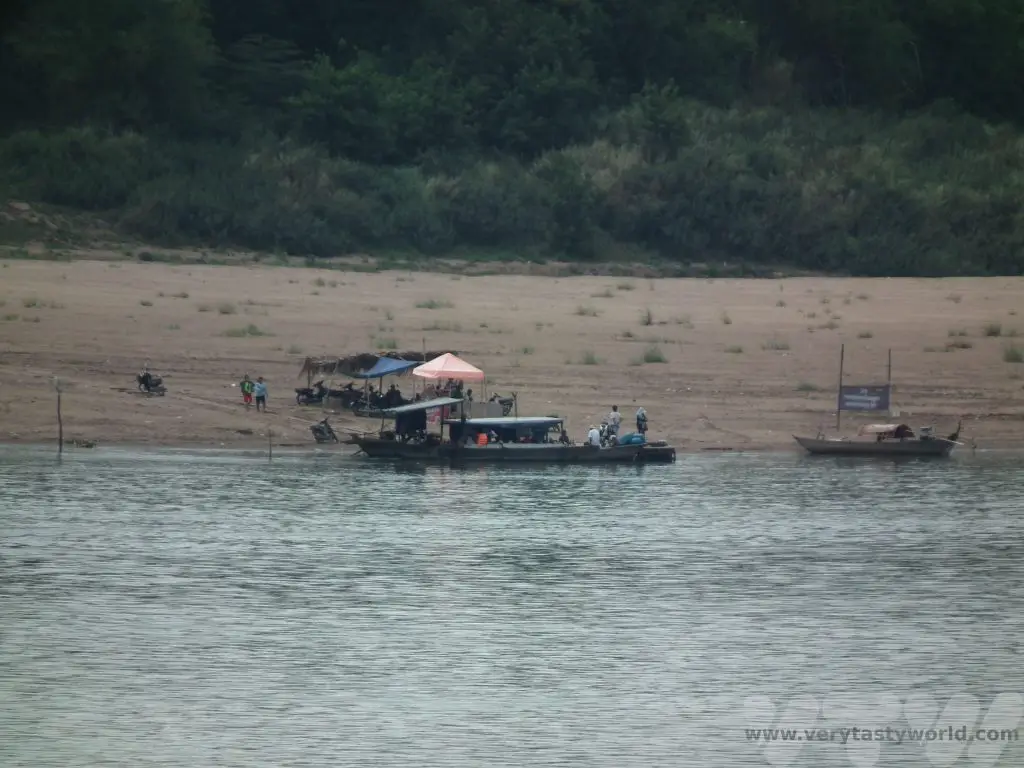
It’s possible to hire a scooter or a bicycle for just a few dollars and circumnavigate the island. It’s a really pleasant way to spend a morning or afternoon. Everyone was very friendly and waved to us as we cycled on the roads.
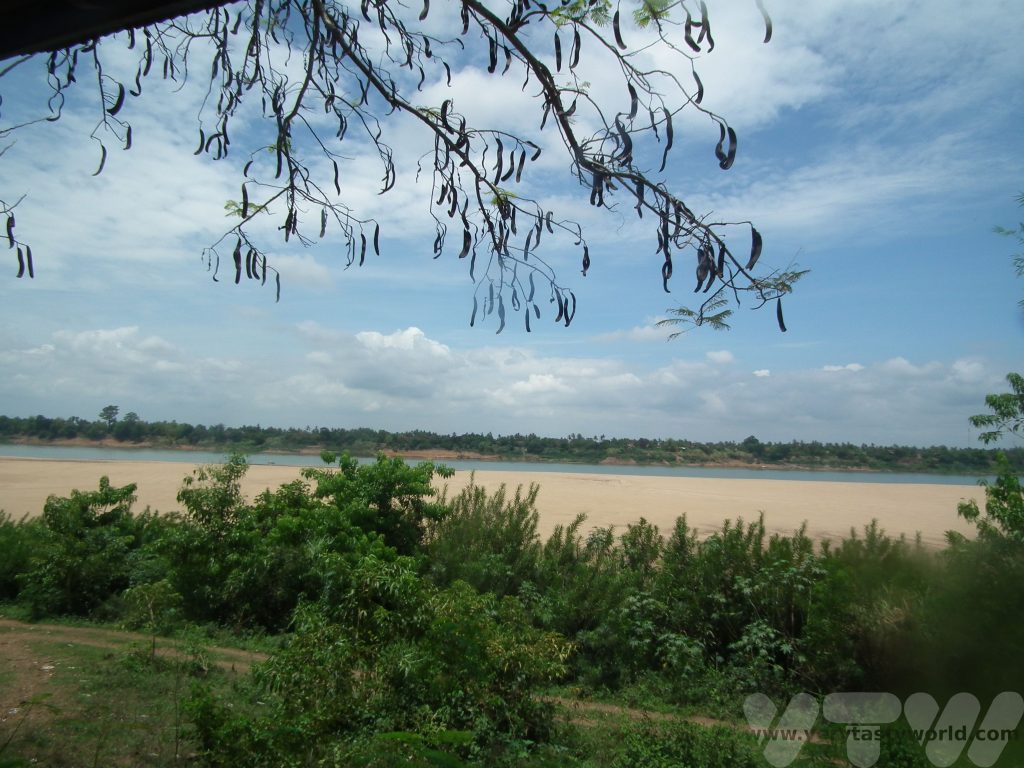
Cambodia – Lake Tonle Sap
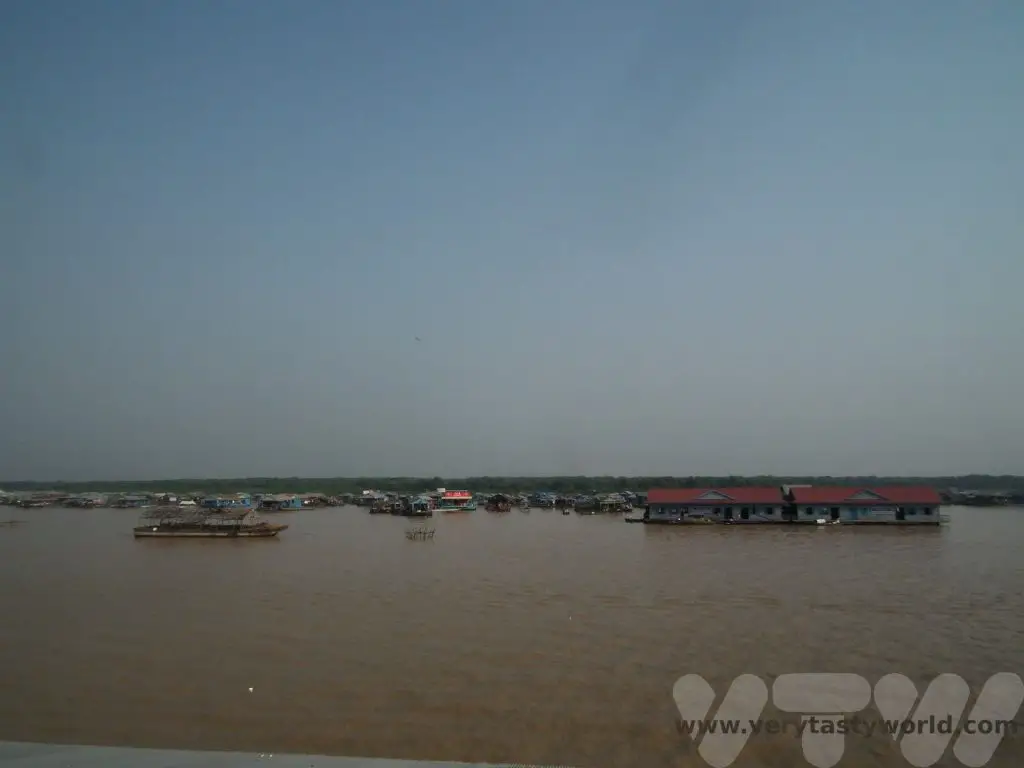
Tonle Sap has fascinating geographical features. It is located within a depression and as such its water levels are highly influenced by the flow of the Mekong; at certain times of the year the lake is fed by the river, at other times the flow reverses and flows into the Mekong along the Tonle Sap river. The river starts flowing into the lake during spring and the volume of water increases due to the monsoon during the rainy season which takes place between May and October. The rains can bring up to 4000mm of water.
The lake reaches its maximum area around November time and the water level will have risen by up to 10 metres. As the monsoon ends, lake Tonle Sap starts draining back into the Mekong via the Tonle Sap river, a journey of 120km. We visited in February when water levels were low – the lake’s depth can be as shallow as one metre – and you can see how the vegetation has adapted to this amazing natural cycle.
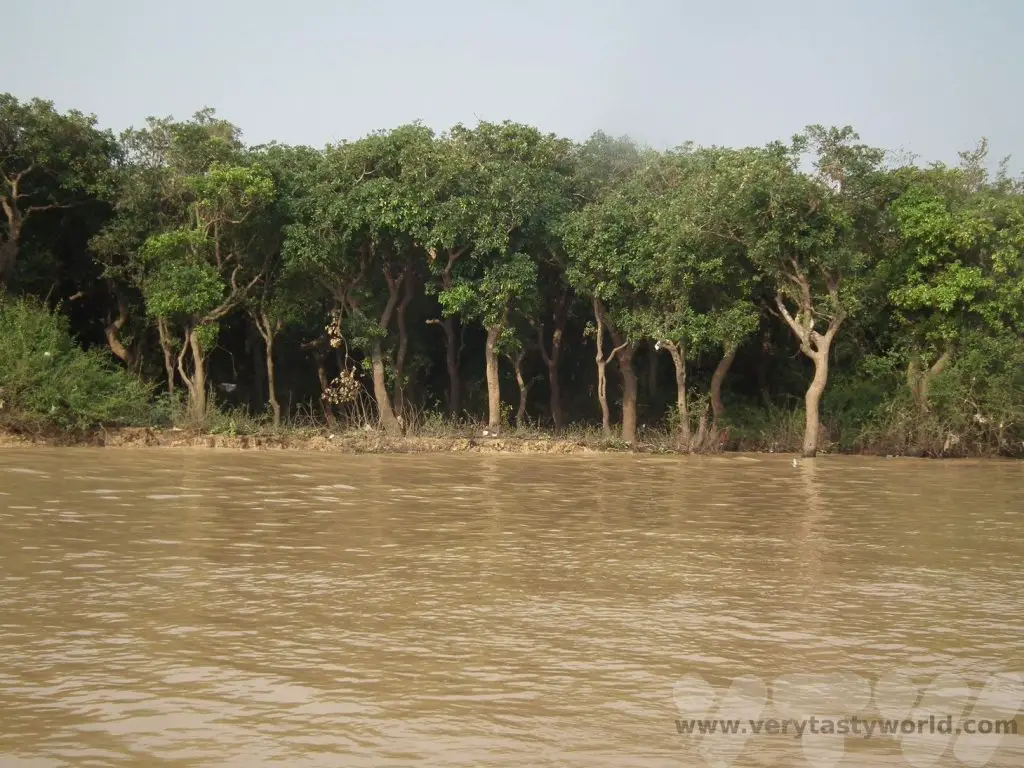
Tonle Sap is around an hour’s drive from Siem Reap and Angkor Wat and it’s possible to enjoy a boat ride to visit some of the floating shops.
Cambodia – Phnom Penh
Cambodia’s capital city is the location of the confluence between the Tonle Sap and Mekong rivers. There is a legend that in the 14th century a widow named Penh discovered a tree which contained four statues of Buddha and one of Vishnu floating down the Tonle Sap river. She asked local villagers to increase the height of a nearby hill and established a temple there. The name Phnom Penh translates as ‘Penh’s hill’.
The centre of the Khmer empire moved to Phnom Penh after Angkor Thom was sacked sometime in the 17th century, although it formally became established as the capital in 1865 by King Norodom. It is a lively city. The river Mekong is broad and serene and there are plenty of walkways along its banks. The royal palace is located by the riverside.
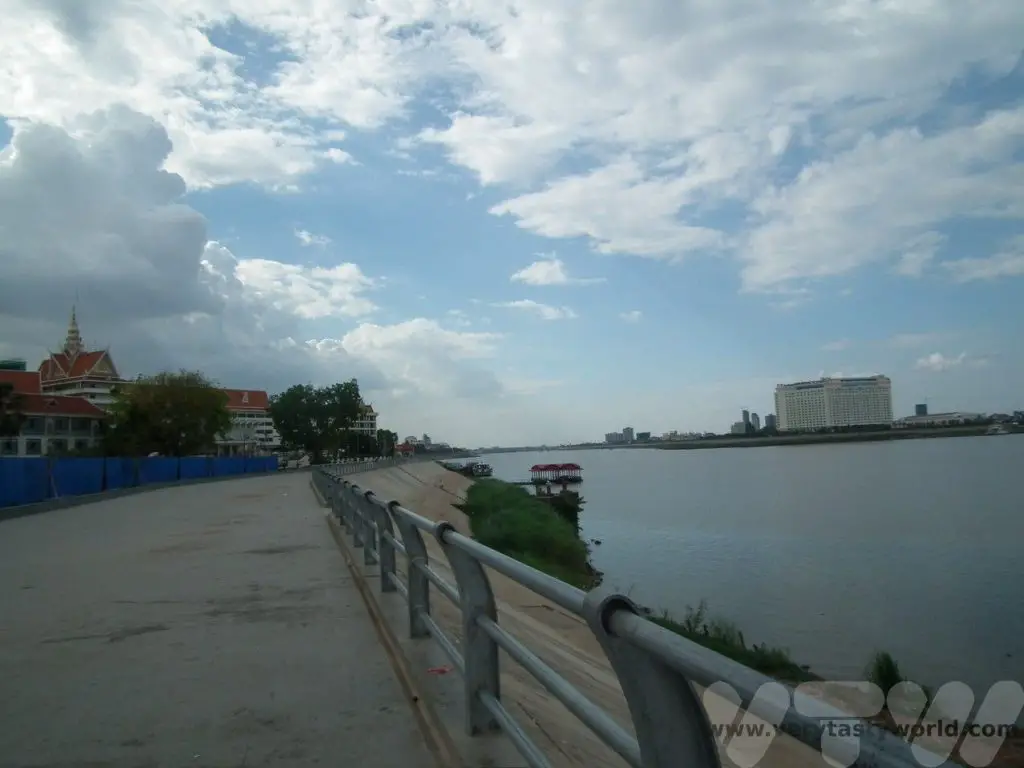
Vietnam – Mekong Delta into the South China Sea
The river then leaves Cambodia and flows into Vietnam. As it approaches the South China Sea it splits into what is known as Cuu Long, which translates as ‘Nine Dragons’, representing each of the channels that the river divides into.
The Mekong delta is vast and covers an area of about 40,5000 square kilometres. It is the rice basket of Vietnam, where two to three yields of rice can be grown each year.
It is possible to enjoy a cruise on the river. There are lots of options from a day trip to overnight stays. The easiest way to reach the Mekong Delta is to get transportation from Ho Chi Minh City – a 3-4 hour drive.
We enjoyed a leisurely two day cruise traditional style Bassac boat along the Sông Hậu branch of the river from Cần Thơ to Cái Bè.
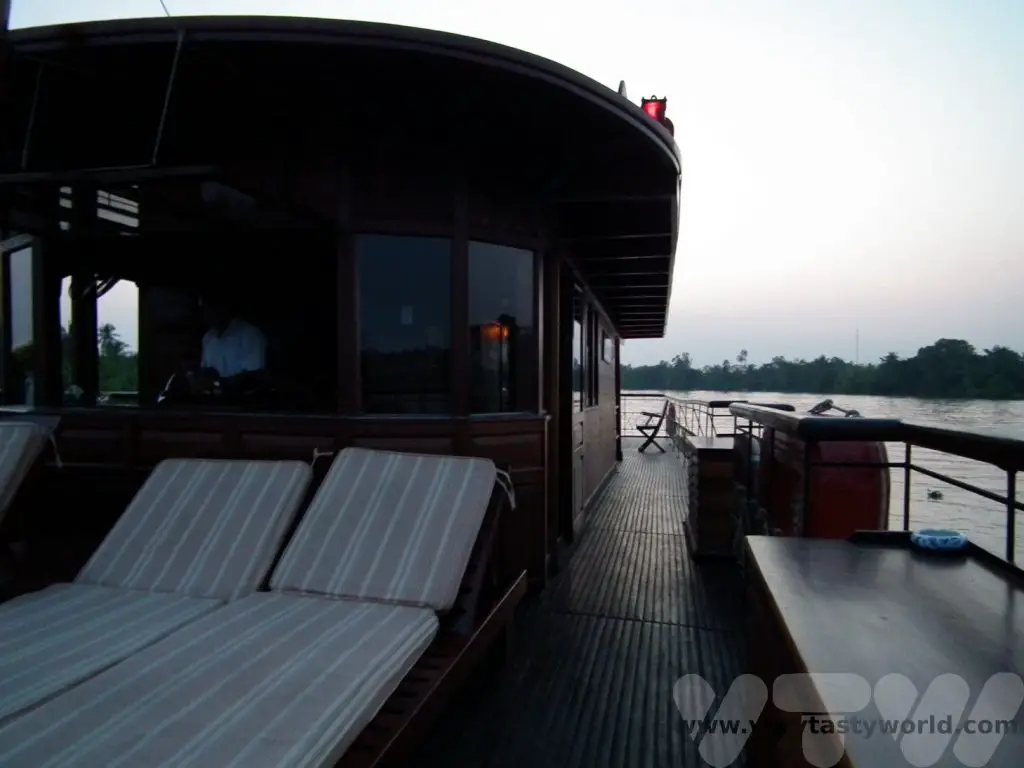
It’s a lovely way of seeing the river and many boat trips offer land excursions where it’s possible to visit local villages which grow rice and fruit.
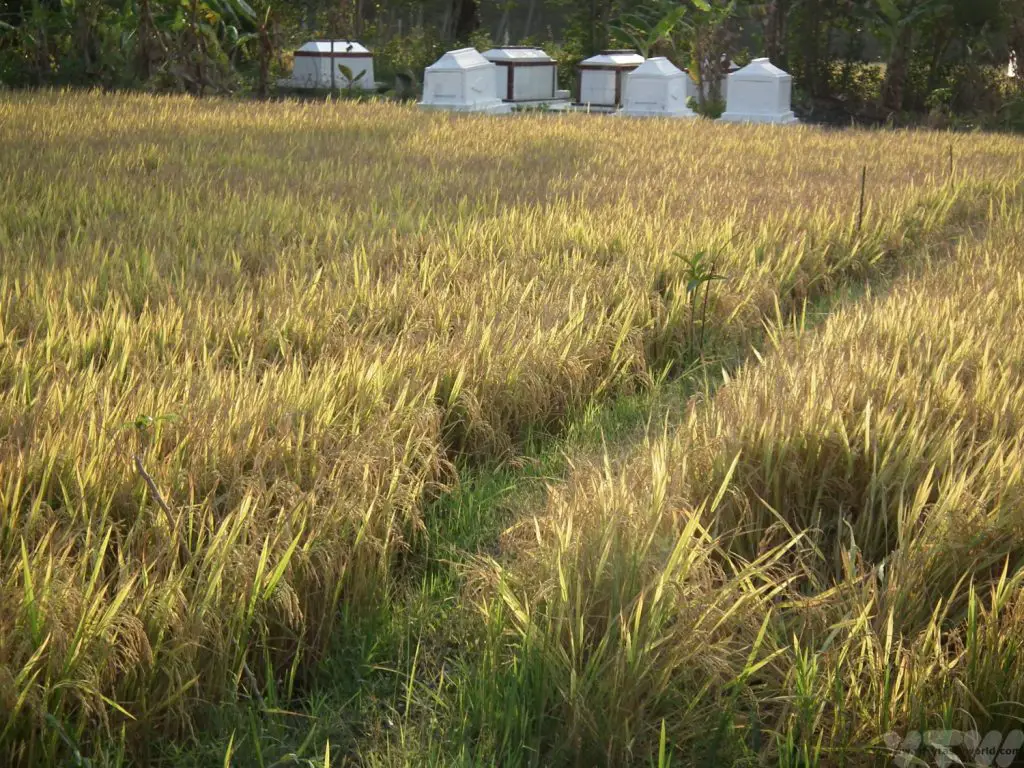
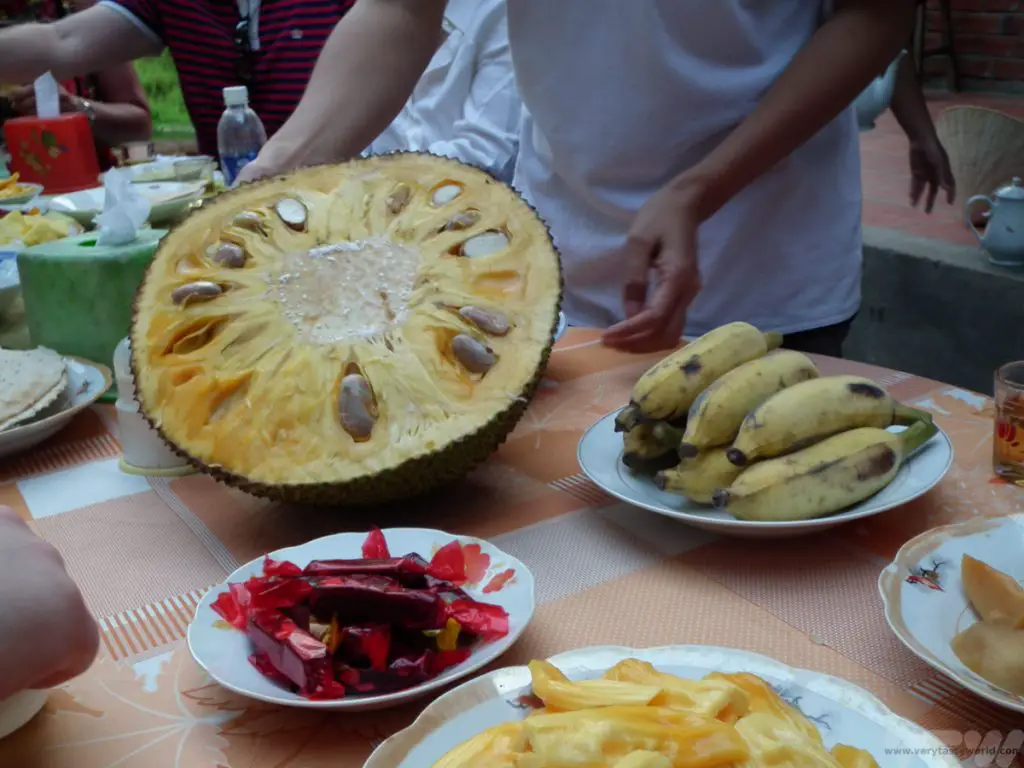
There are also onshore factories which manufacture sweets such as coconut candy, and rice paper.
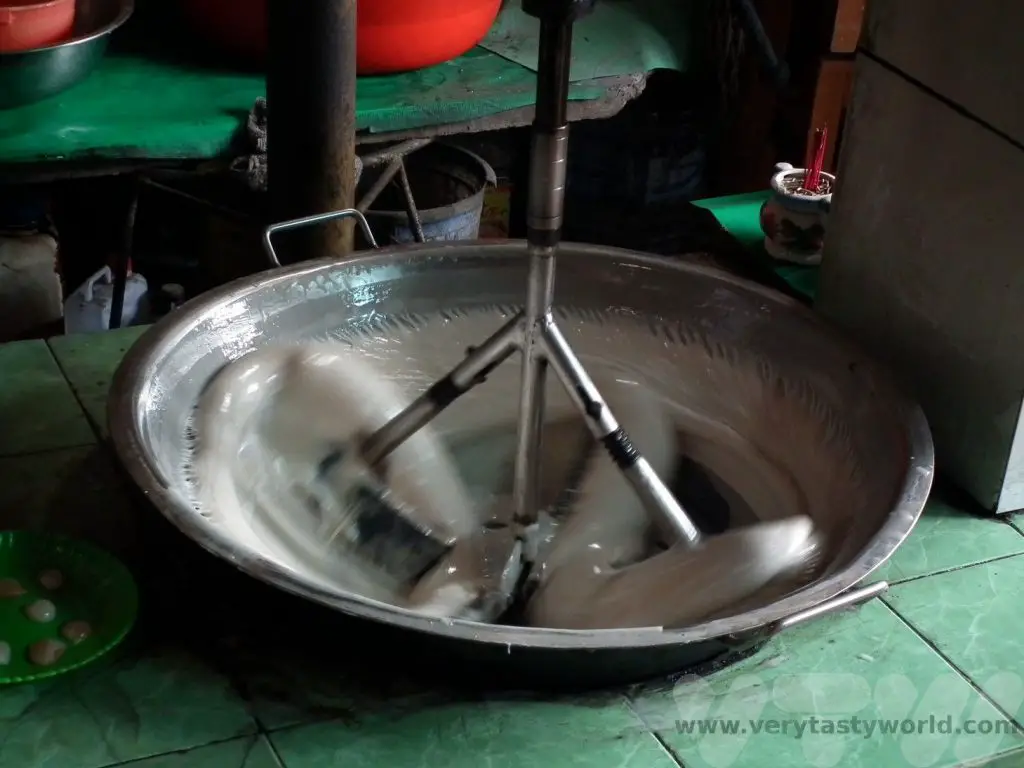
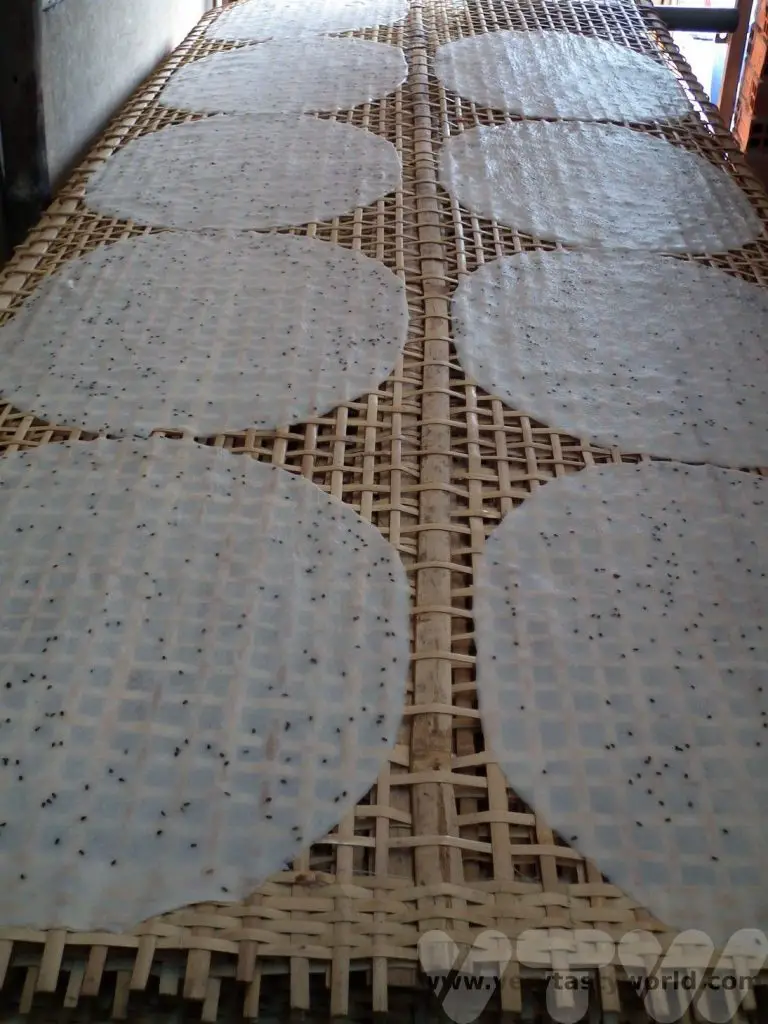
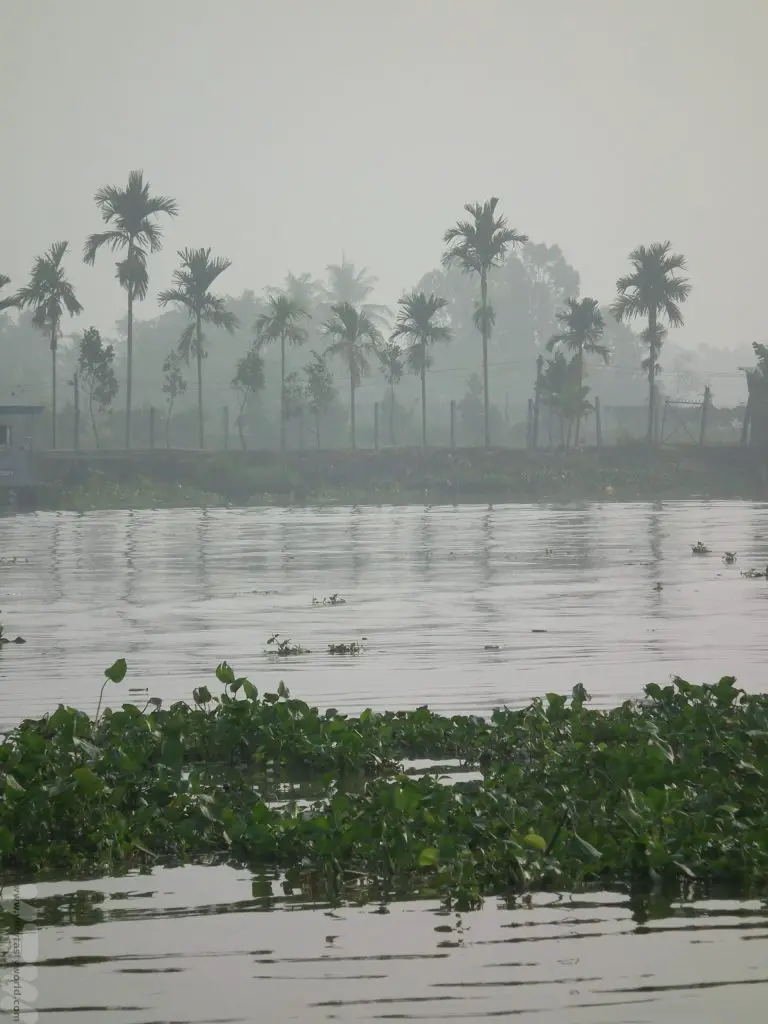
While we didn’t follow the river all the way from Lao to the South China Sea, the Mekong has meandered its way through many of our travels throughout South East Asia. It has provided diverse points of interest from the beautiful landscapes it has shaped, the wildlife that live in and around it, and the bountiful food it supplies. It is clear to see how much it has influenced the lives and livelihoods of the people who live on and around it.
Related Posts You May Enjoy

- A One Day Hanoi Itinerary
- Mekong Meanderings
- A Chiang Rai Temple and A Country Retreat
- A Chiang Mai Tour in Northern Thailand
- Sunrise at Angkor Wat and Other Temples
- Mekong Delta River Cruise in Vietnam

- Recipe: Simmered Shiitake Mushrooms
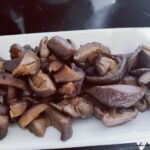
- How to Use Public Transport in Japan
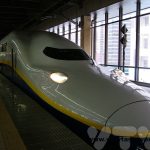
- RECIPE Oyakodon Donburi

- Planning a Trip to Japan
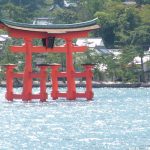
- The Makanai: Cooking for the Maiko House
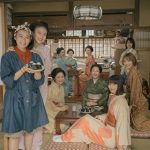
- Setsubun Food – Bean Throwing Day
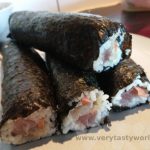
- The Gassho Farmhouses of Rural Japan
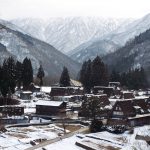
- Recipe: Japanese Simmered Pork Belly – Buta no Kakuni

- RECIPE: How to Make Umeboshi

Sunrise at Angkor Wat and Other Temples
The remarkable temples of Angkor Wat are undoubtedly the main draw for visitors to Cambodia. Although there are many other places to visit in this wonderful country and its neighbours in South East Asia, the temples from the Khmer empire, lost to the jungle for centuries, are astonishing in their scale and construction. If you visit Angkor Wat we recommend spending at least three days in the region. Here’s our guide to visiting, including info on the best way to see the sunrise at Angkor Wat.
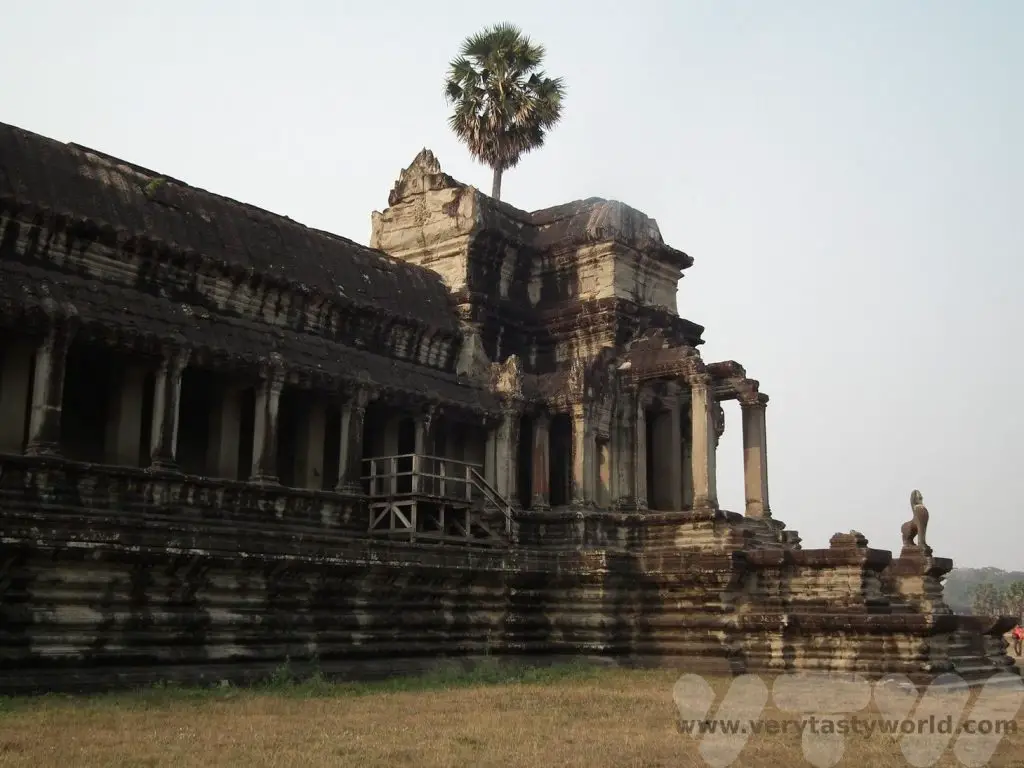
The nearest town to the main temple complex is Siem Reap, which is around 5.5 km from Angkor Wat and caters to the tourists that come to visit. There is a variety of accommodation from budget to luxury and there are loads of shops and restaurants, notably on ‘Pub Street’ where you can sample the local food. Our hotel was about 2km from the centre of Siem Reap and, while we walked back and forth most of the time, there were plentiful tuk-tuk drivers to transport us if we needed.
History of Angkor Wat
Angkor means ‘city’ and Wat means ‘temple’ – so Angkor Wat literally means ‘City Temple’. The temple complex is believed to be the world’s largest religious building.
Angkor was the central city for the Khmer kings between the 9th and 13th centuries. The Khmer Empire was vast and one of the most sophisticated kingdoms in South East Asia. Many buildings and temples were constructed by the Khmers over the centuries. At the height of their civilisation, Angkor Wat was the biggest construction, built in the early 12th century at the behest of Suryavaram II as a dedication to the Hindu God Vishnu. The temple complex is said to represent Mount Meru, the home of the gods, with the surrounding walls and moats symbolising mountains and oceans. The walls are covered with bas-reliefs, stretching for almost one kilometre they tell of tales from Hindu mythology and of the glories of the Khmer empire.
Angkor was sacked in 1177 and Jayavarman VII decided to build a new capital a short distance away, at Angkor Thom. This was, again, a religious complex, but this time a Buddhist temple. Angkor was sacked by the Thai people and then abandoned in the 15th Century, becoming a ‘lost’ city, a city of legends, to be ‘rediscovered’ by French explorer Henri Mouhot in 1860. In 1908 restoration of the complex began. It ground to a halt during the 1970s during the political unrest during the brutal regime of the Khmer Rouge and when work resumed in the 1980s extensive repairs were required. Angkor Wat became a UNESCO site in 1992 and restoration work has continued to this day.
Visiting Angkor Wat – Practicalities
You need to have a ticket in order to visit Angkor Wat and the surrounding temples. While it is possible to visit the main temple and Angkor Thom in a day, as both are located quite close to each other, we chose the 3 day ticket so that we could explore some of the other temples in the region. It is also worth finding a guide and transportation as many of the temples are located several kilometres apart. There are various options for getting a guide. We had one lined up prior to arriving in the nearby town of Siem Reap but you should be able to find a reputable, certified guide via your hotel. There will also be many guides around Siem Reap who will offer their services, which may or may not be reliable. And, of course, you can find online tours, which will usually have reviews, so you can check those out. The best guides will know when to visit the attractions in order to avoid the worst of the crowds, will be able to show you the ideal photo spots and, most importantly, will also have loads of information about the history of the sites.
If you don’t wish to have a guide you will still need transportation especially if you plan to visit some of the temples that are further away. Tuk-tuks are easy to find in Siem Reap and are a great way of getting around. You can negotiate a price with the driver.
You cannot get into Angkor or the surrounding temples without a ticket which you buy at the official ticketing centre. The tickets are non-transferable and will have your photo printed onto them. Click here for the latest info and prices.
You can get 1 day, 3 day or 7 day passes. They don’t have to be used on consecutive days. The 3 day pass can be used over the course of a week and the 7 day pass can be used over a month. We had a 3 day pass which enabled us to visit a number of the temples.
There is also a code of conduct for visitors, which are basically a matter of common courtesy:
Wear appropriate clothing (i.e. be respectful, very short shorts and sleeveless shirts are not suitable).
Do not touch the monuments.
Refrain from talking loudly.
Do not enter prohibited areas. These are clearly marked and are usually there for safety reasons.
No smoking.
Do not buy souvenirs from children – they should be in school.
Do not take photos of monks, unless you ask their permission. Also, do not touch monks. (But, honestly, why would you?)
Sunrise at Angkor Wat – The Main Attraction
Seeing the sunrise at Angkor Wat is an essential activity. Unfortunately this is an essential activity for all visitors so it does get really crowded. There are two tips to make the sunrise visit easier.
The night before your visit, ask your hotel or hostel to prepare a packed breakfast for you or stock up on some food from any of the many stores in Siem Reap. Then set your alarm and get an early night. Try to get to the site as early as possible. The site will be open from 5am. (N.B. Most other sites are open from 7:30am so Angkor Wat is an exception.) If you are with a guide, they will often know the best spots from which to view the sunrise. It’s worth the wait as the darkness fades and anticipation mounts as the sun begins to appear.
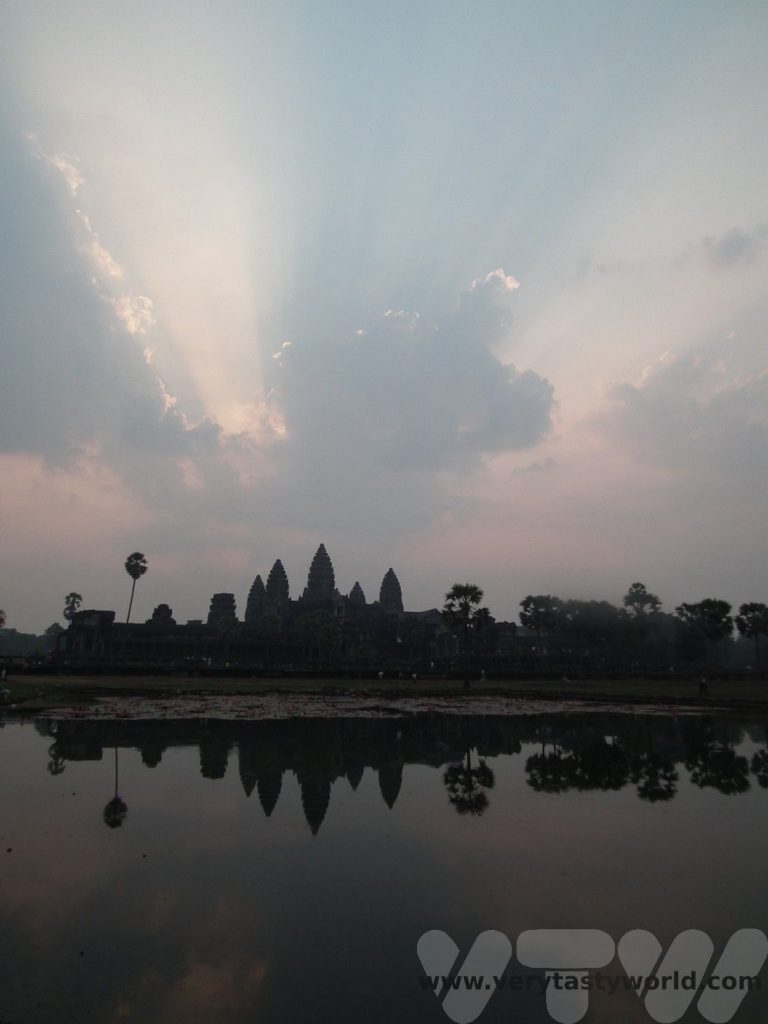
Once the sun has risen and the assembled throng have sighed their admiration, most people will go back to their hotels for breakfast. If you have your breakfast with you, you can enjoy it whilst admiring the view before the temple itself opens and then be first – or at least amongst the first – in the queue to explore the complex properly. It made a huge difference to us – exploring the temple with only a few other people around.
As time goes by, it’s a possibility that increasing numbers of visitors will cotton on to this tactic so it’s always worth checking with the guides or your hotel to find out when is the best time to visit. And, having enjoyed a peaceful exploration of Angkor Wat, when we went into Angkor Thom the Bayon was swarming with visitors.
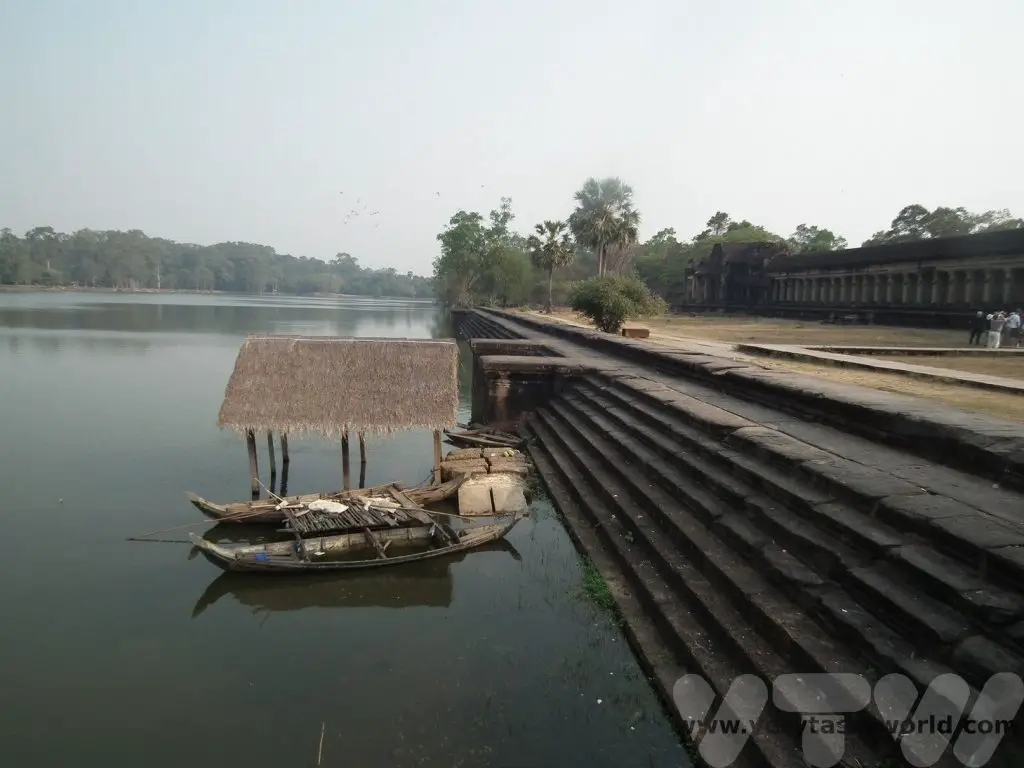
The Angkor Wat complex is surrounded by a large moat.
The temple itself is located on a raised terrace with three galleries, each increasing in height, surrounding a central tower.
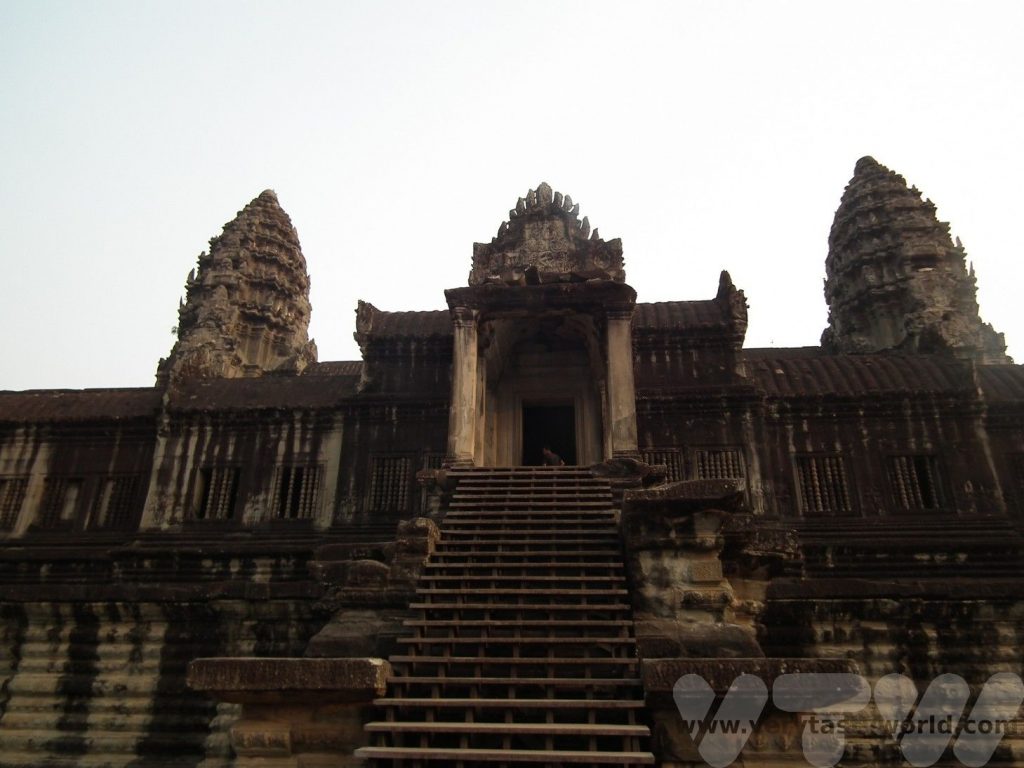
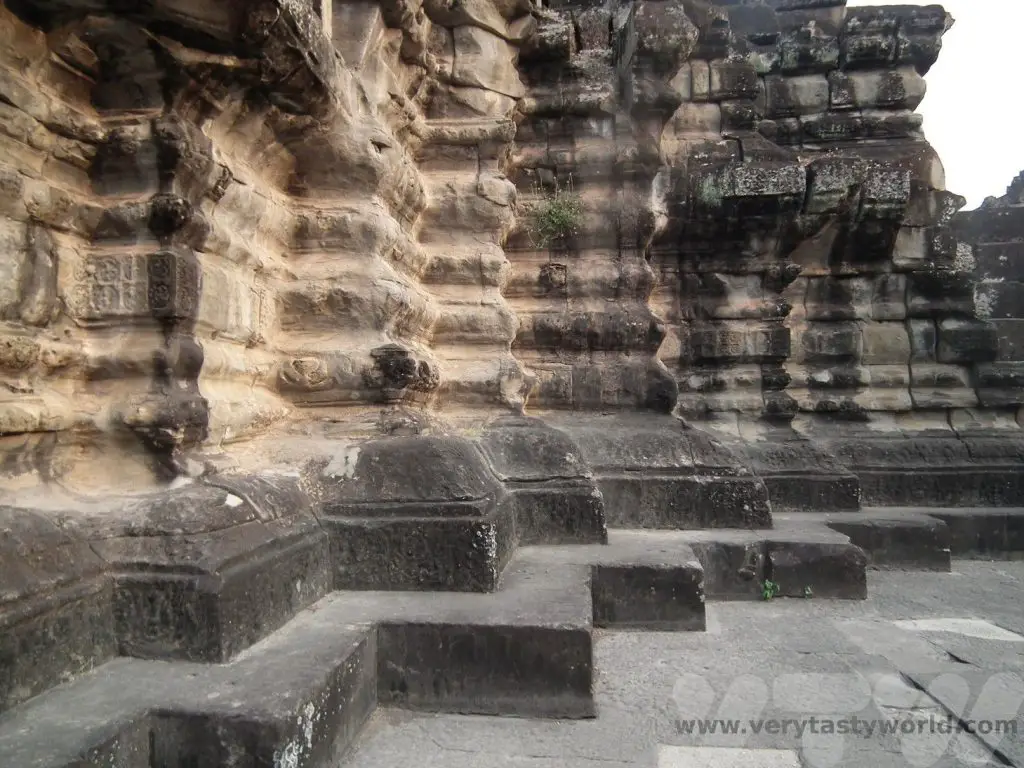
Each corner of the temple has a tower.
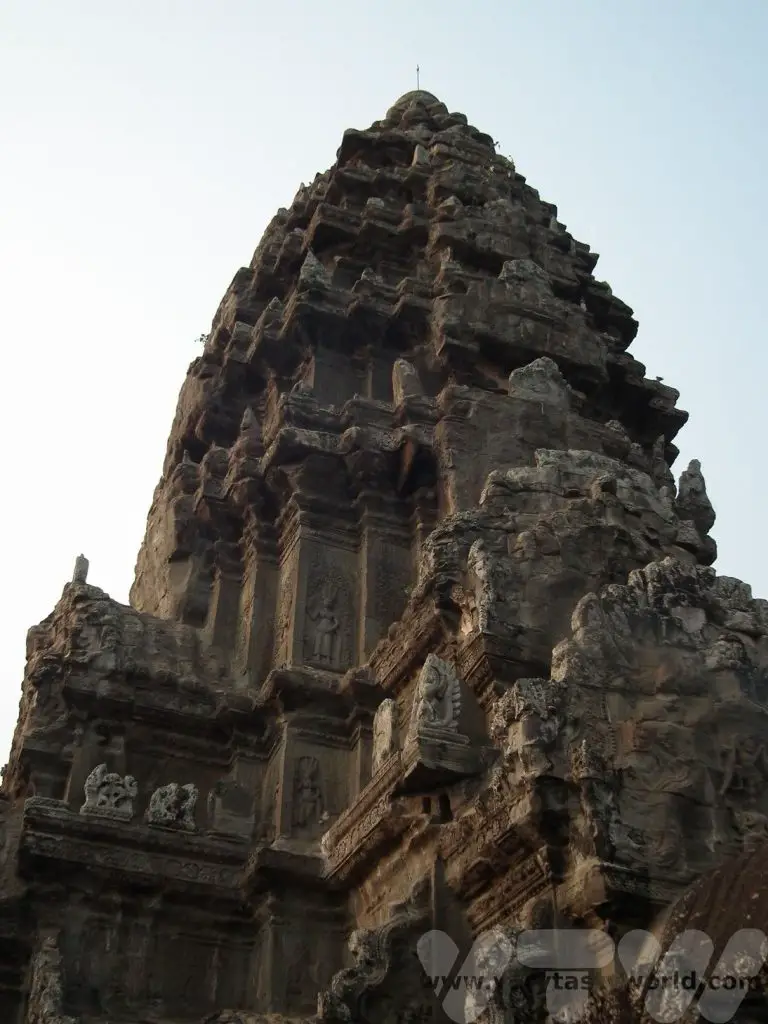
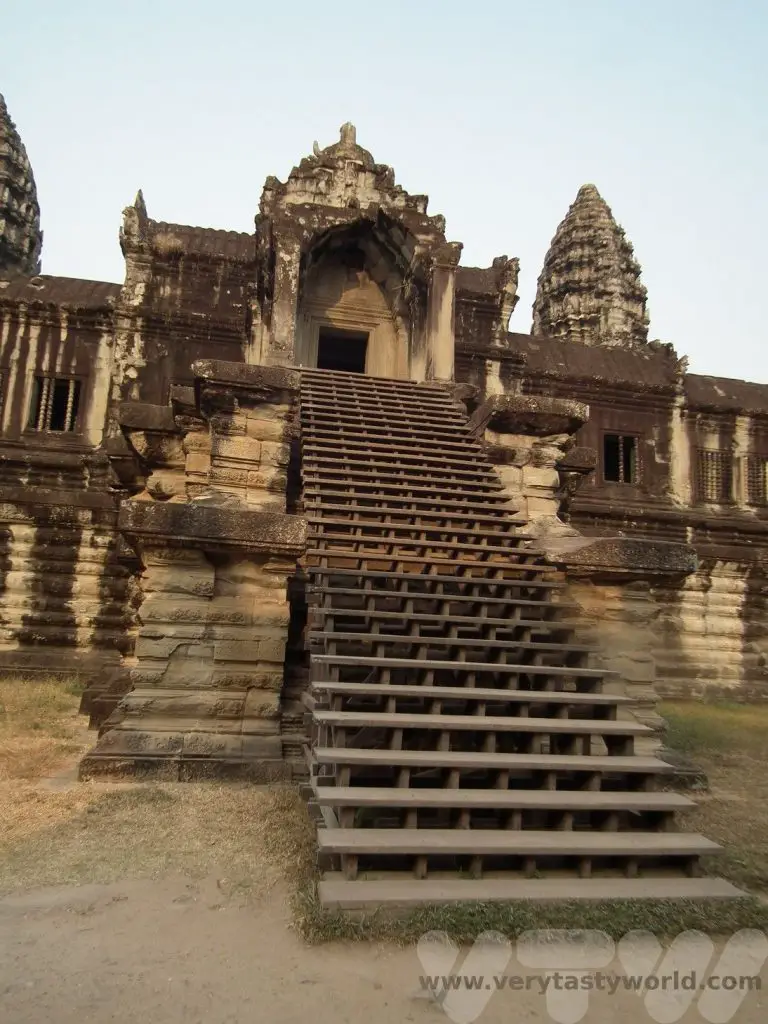
The temple façade is covered with beautiful and intricate bas-relief carvings, showing gods and figures from Buddhist and Hindu scriptures, even depicting scenes from the Hindu texts the Mahabarata and the Ramayana. The carvings were created with the intention of viewing them in an anti-clockwise direction.
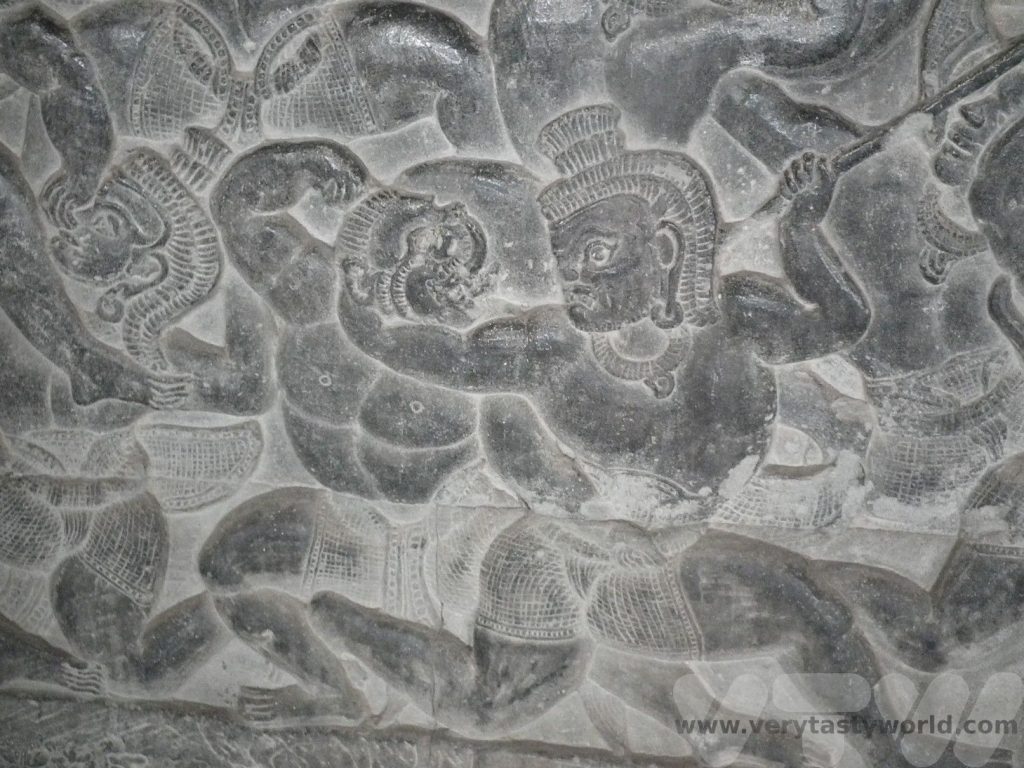
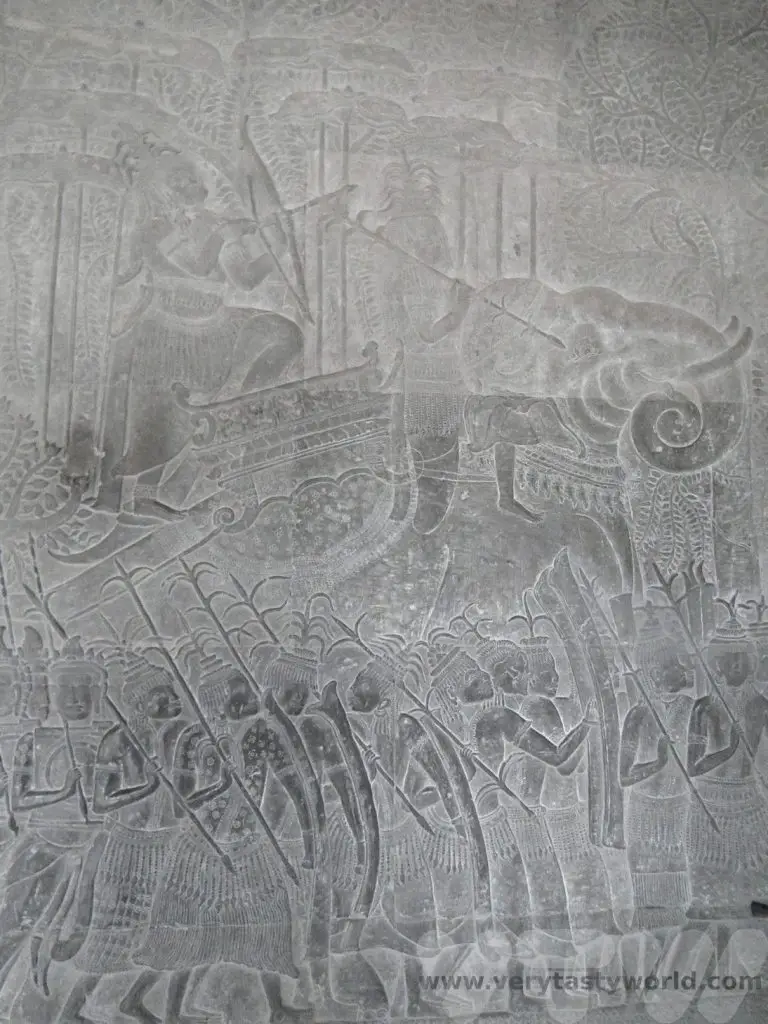
It is possible to enter the central tower. We were quite surprised to find images of Budhha inside, particularly as Angkor Wat was constructed as a Hindu temple.
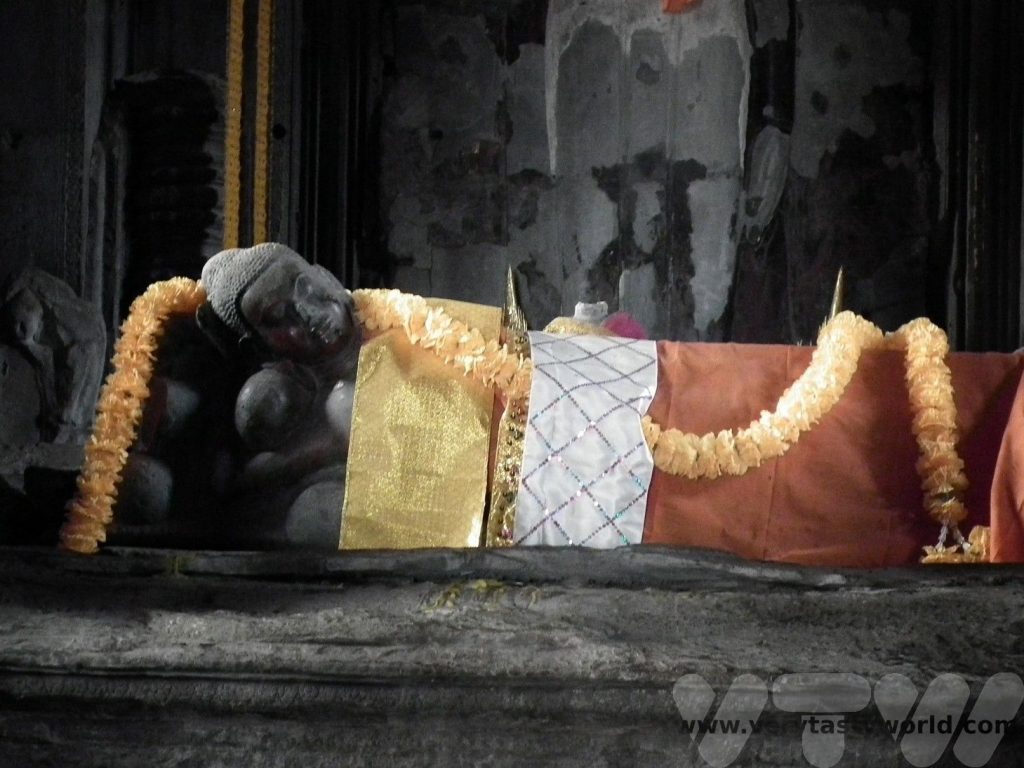
Angkor Thom
Angkor Thom was our next stop. Located a couple of kilometres away from Angkor Wat, it was the final capital city of the Khmer Empire. Established in the late 12th century by King Jayavarman VII, it covers an area of 9km² and was the most enduring of all the sites. Jayavarman was a Buddhist so the temples at Angkor Thom were dedicated to Buddhism. Indeed, during the king’s reign the Khmer people converted from Hinduism to Buddhism.
Angkor Thom includes sights such as the South Gate, a wonderful way to enter the complex, with its grand – and quite grotesque – guardians of the bridge as you cross the moat.
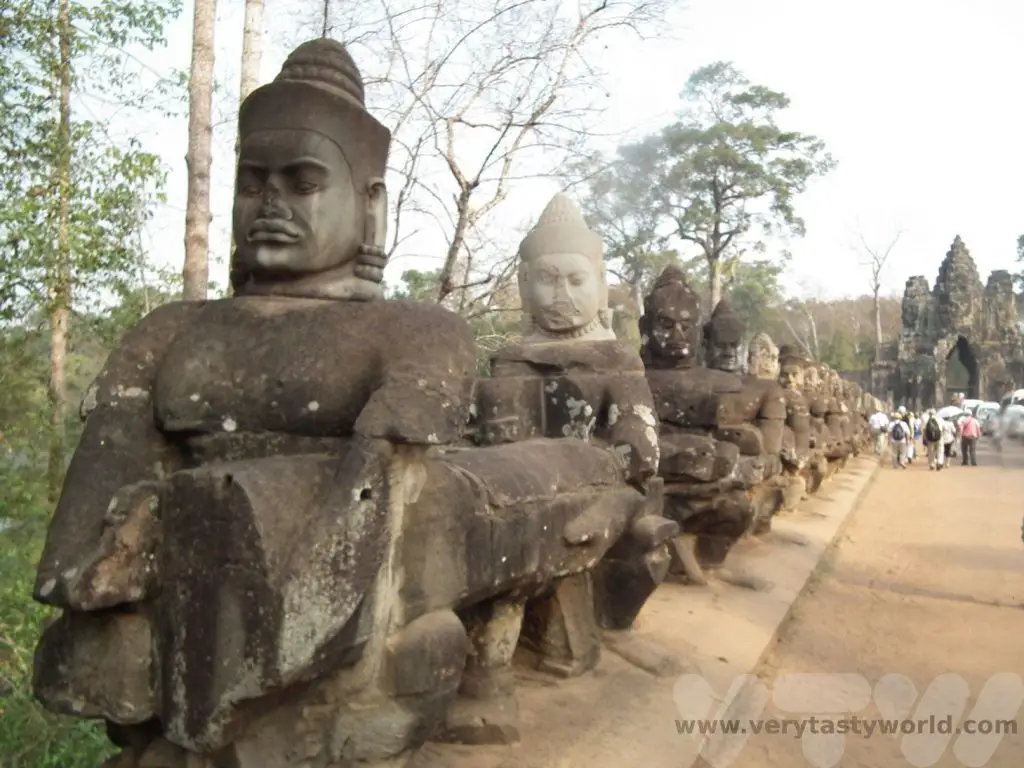
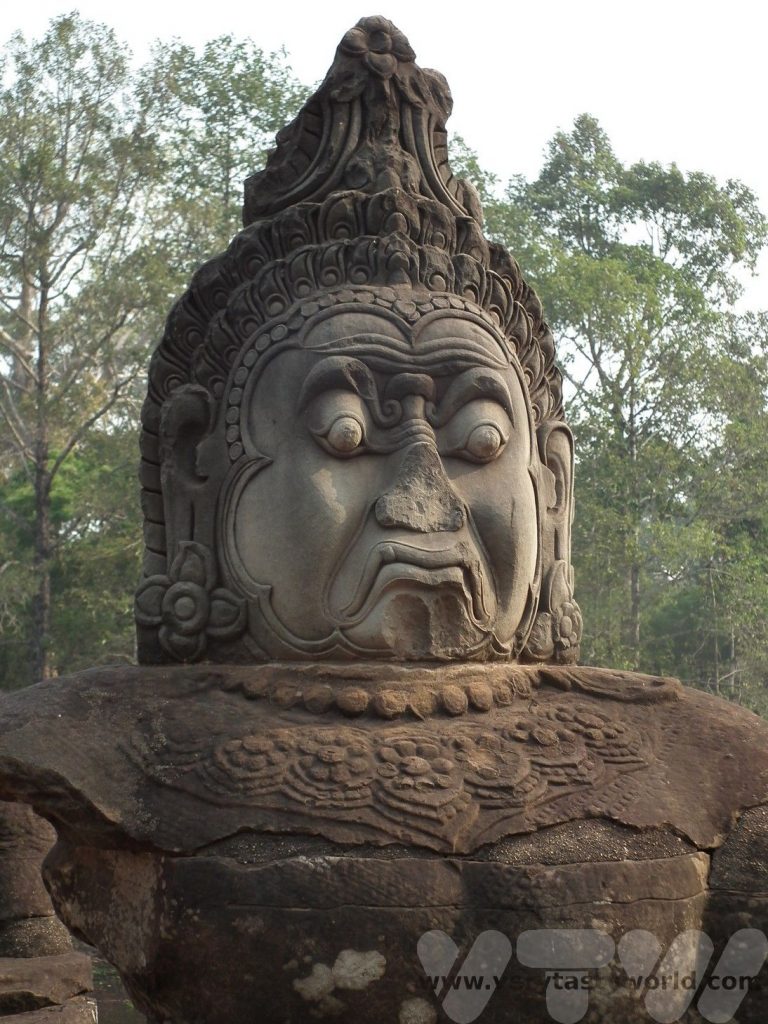
The Bayon is a remarkable structure. It is covered with the stone heads of Bodhisattva Avilokiteshvara, smiling serenely and was the last great temple built at Angkor.
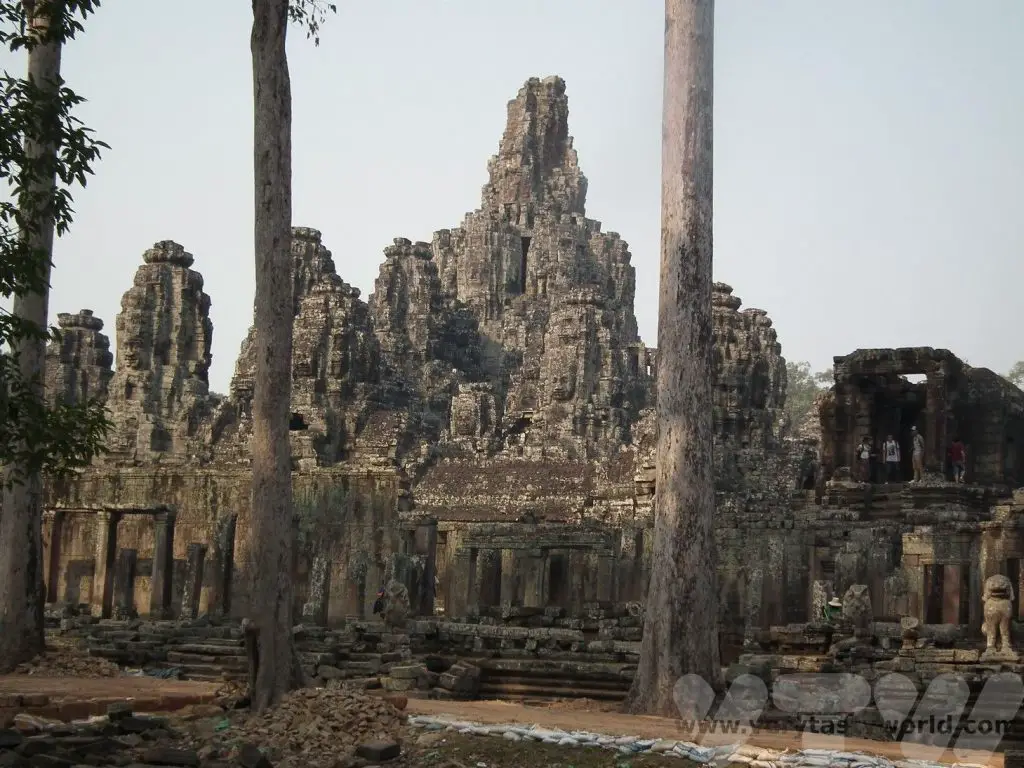
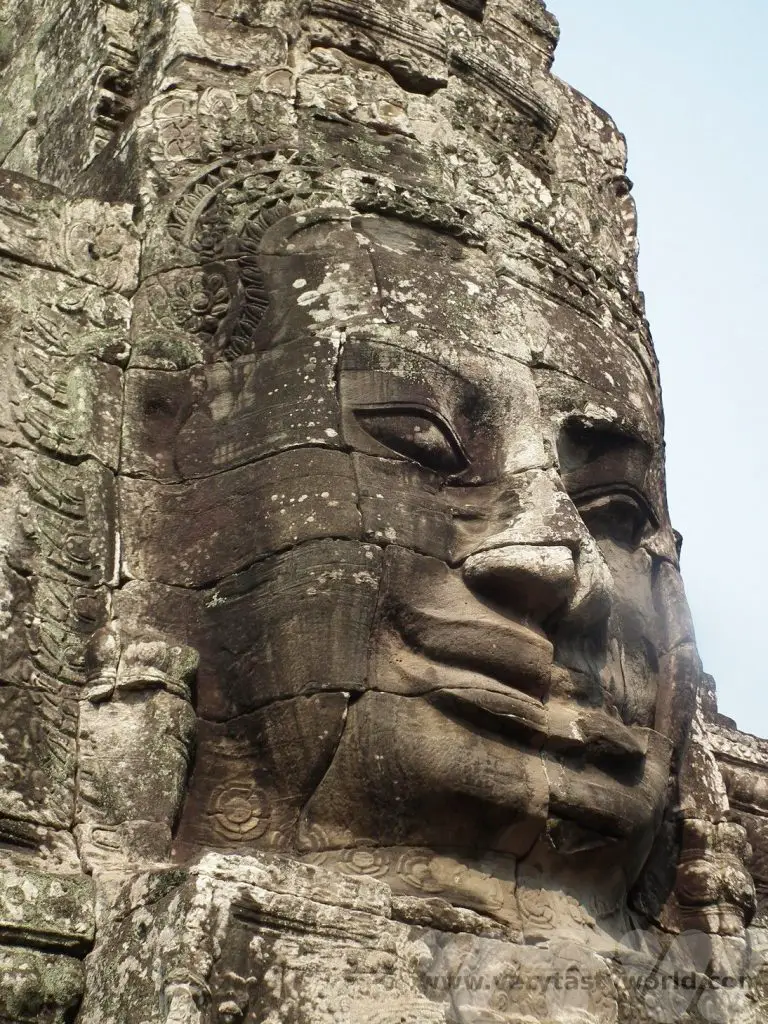
Moving into the Royal Enclosure, …the Terrace of Elephants was originally an extension of the palace of Phimeanakas and was the place from which Jayavarman VII could view his armies as they returned victorious.
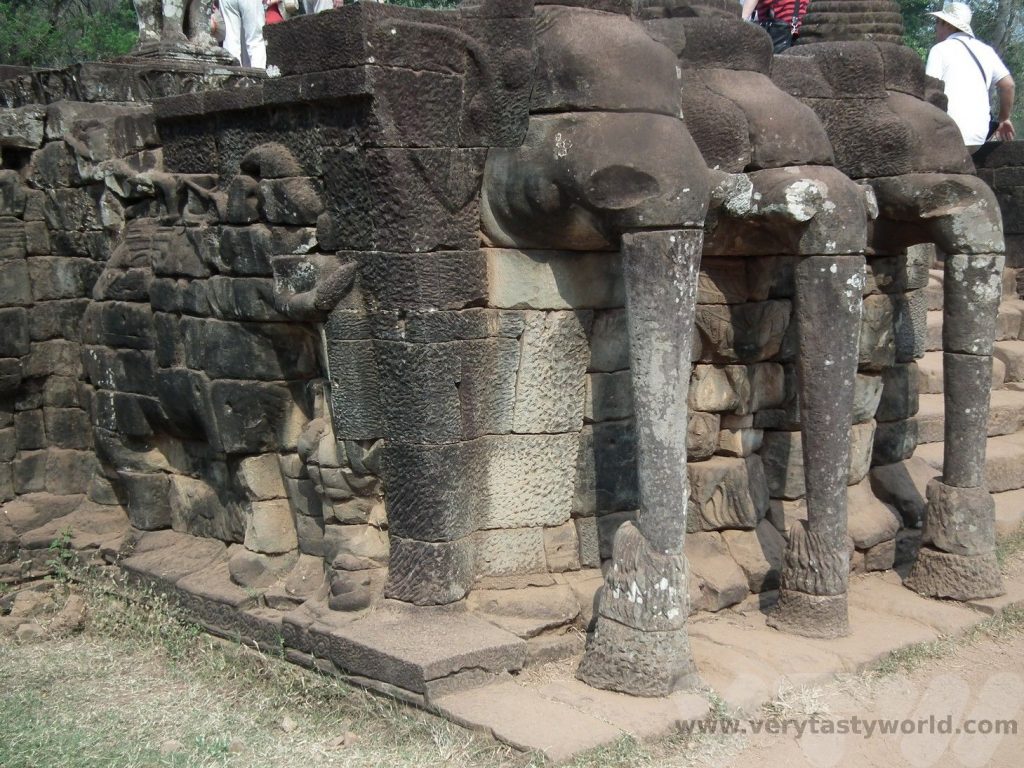
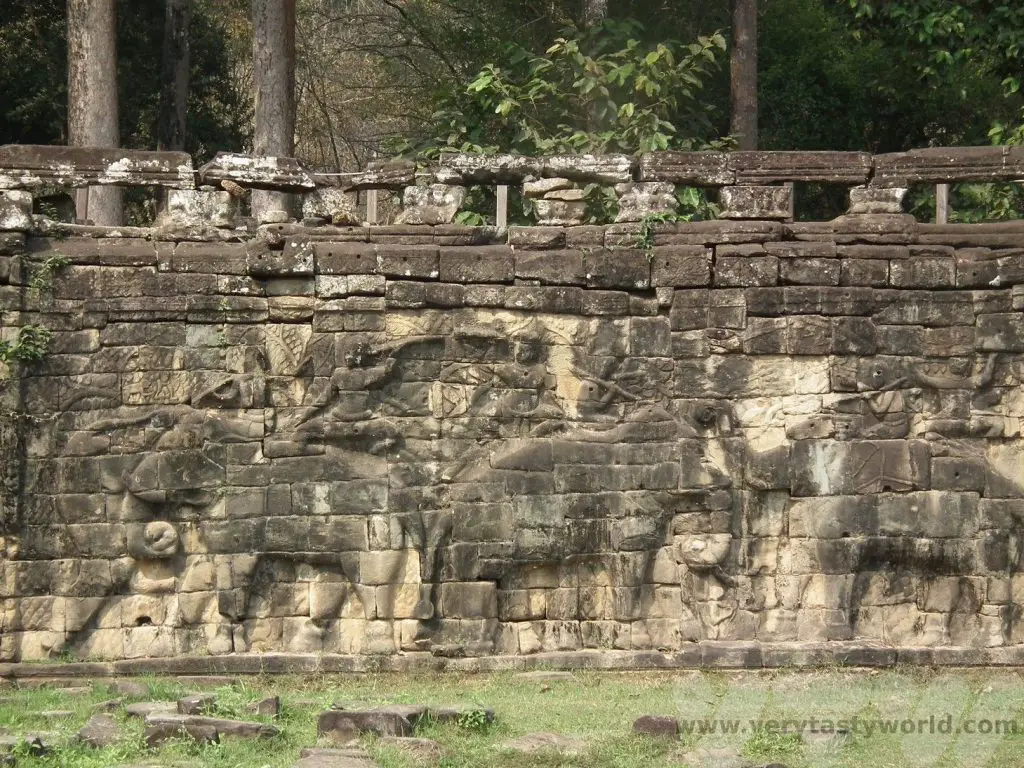
The Terrace of the Leper King was built by Jayavarman VII but the name has an unusual derivation.
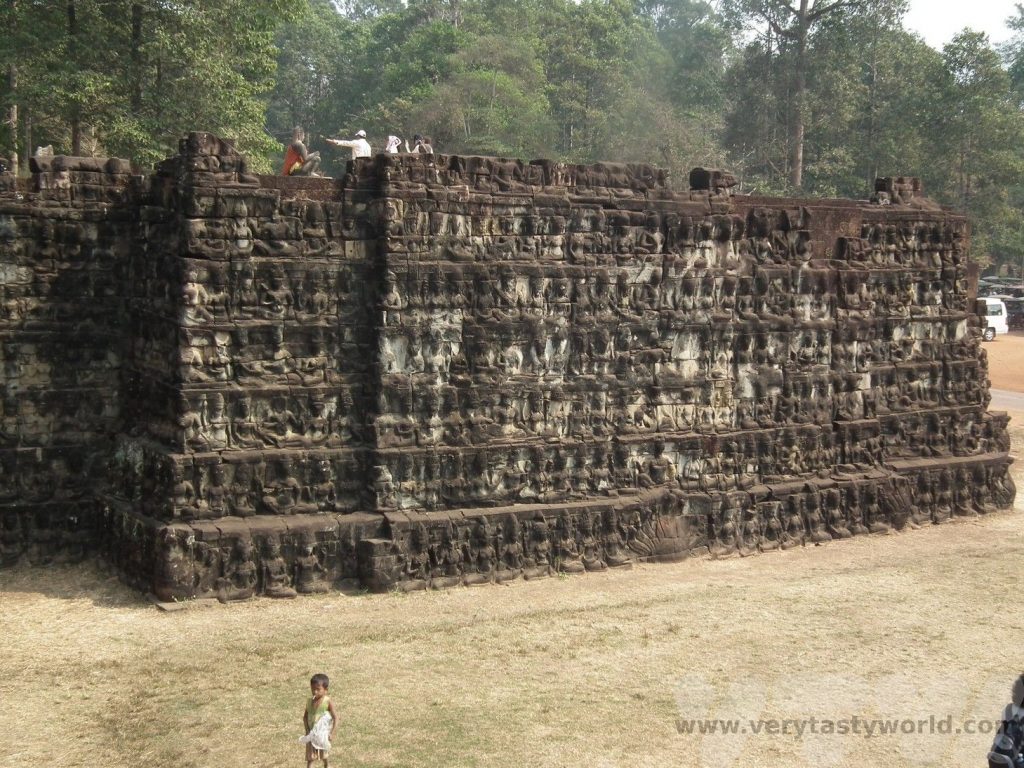
A sculpture found at the site was believed to have been created in the 15th century, had deteriorated and was covered in moss which gave the appearance of leprosy. There is also a link to the legend of King Yasovarman I who was believed to have suffered from leprosy.
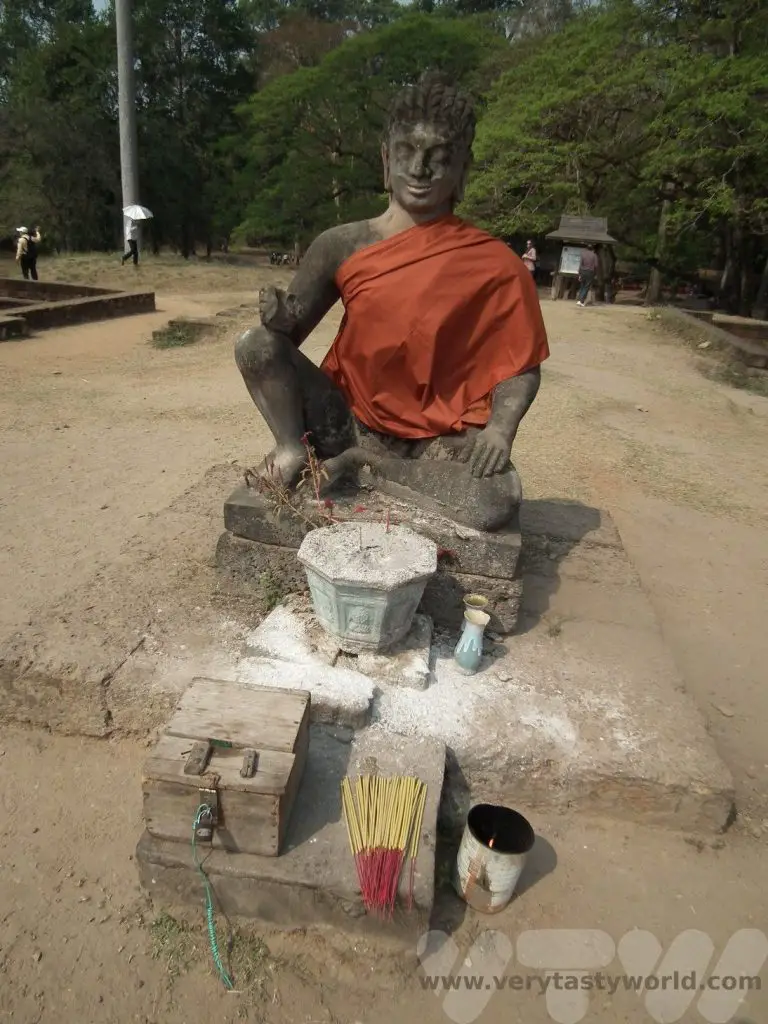
Visiting Angkor Wat – Other Temples to Explore
While Angkor Wat and Angkor Thom are the main attractions in the area there are so many other temples and buildings to visit.
Ta Prohm
A particular favourite of ours was Ta Prohm, just down the road from Angkor Thom.
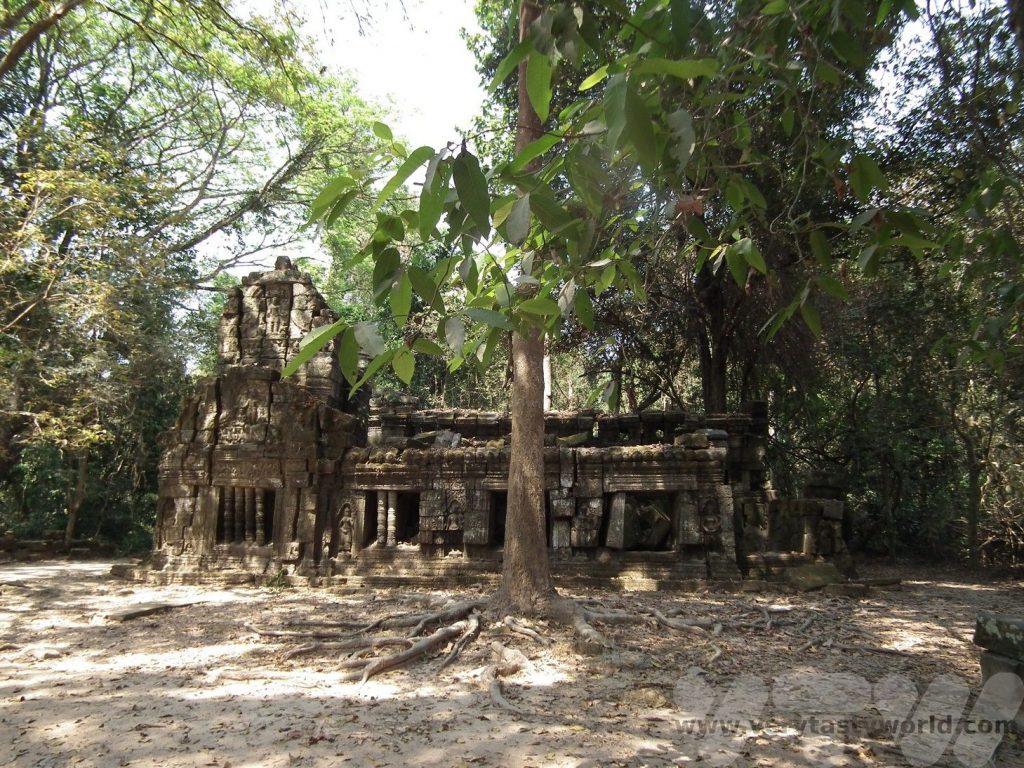
It was another temple constructed at the behest of Jayavarman VII (the creator of Angkor Thom) in the late 12th century and was originally called Rajavcihara. Apparently designed for the king’s mother it was a lavish temple, once covered in pearls, precious stones and gold, and home to over 12,000 people. However it was abandoned after the fall of the Khmer empire and lost to the jungle for centuries.
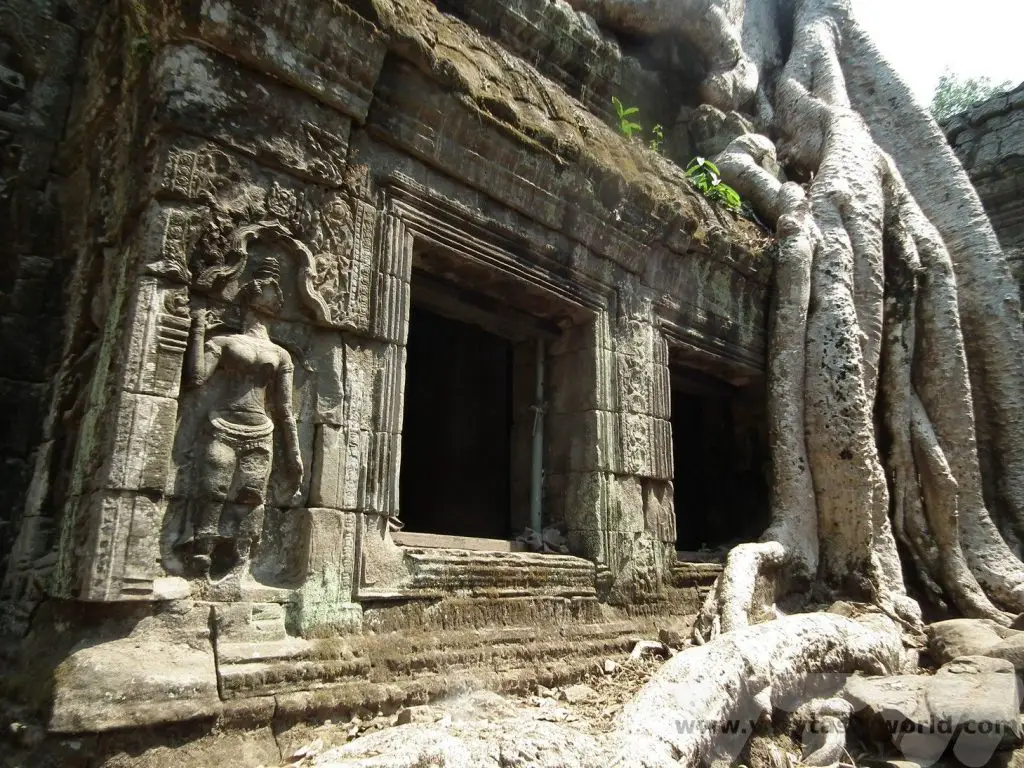
The design of the temple is typically Khmer, with a concentric design of square or rectangular temples – the enclosing walls encasing an inner sanctum. But, unlike many of the other temples in the region, this hasn’t been cleared and restored and the trees of the jungle have remained, forming a beautiful symbiosis with the buildings.
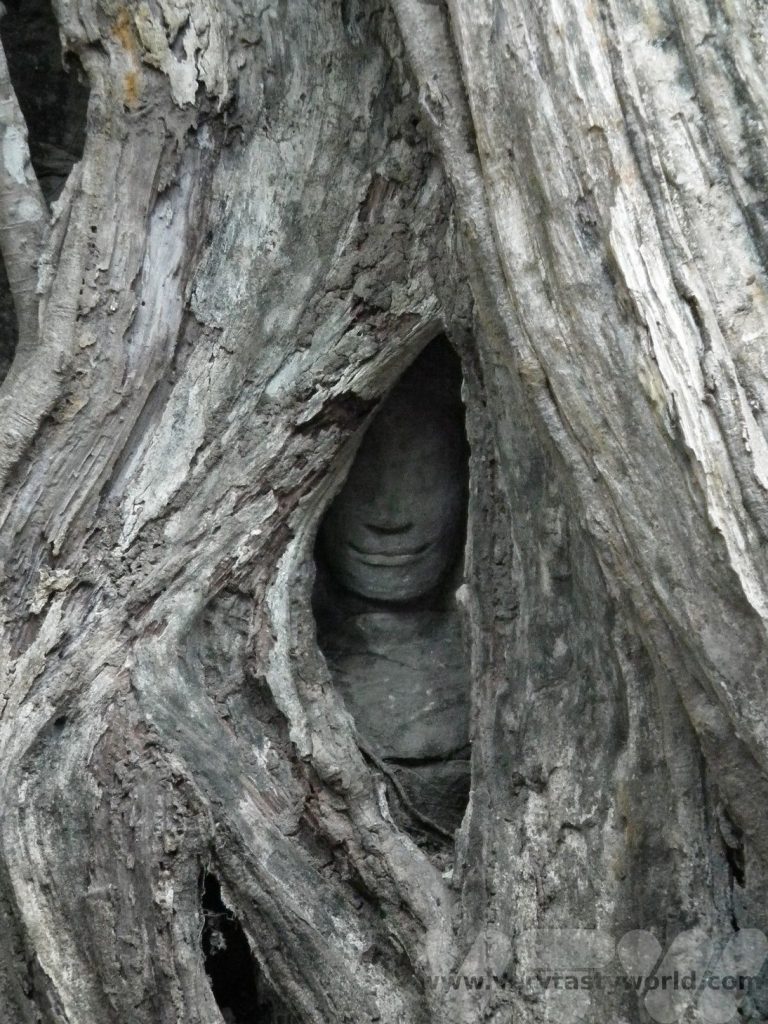
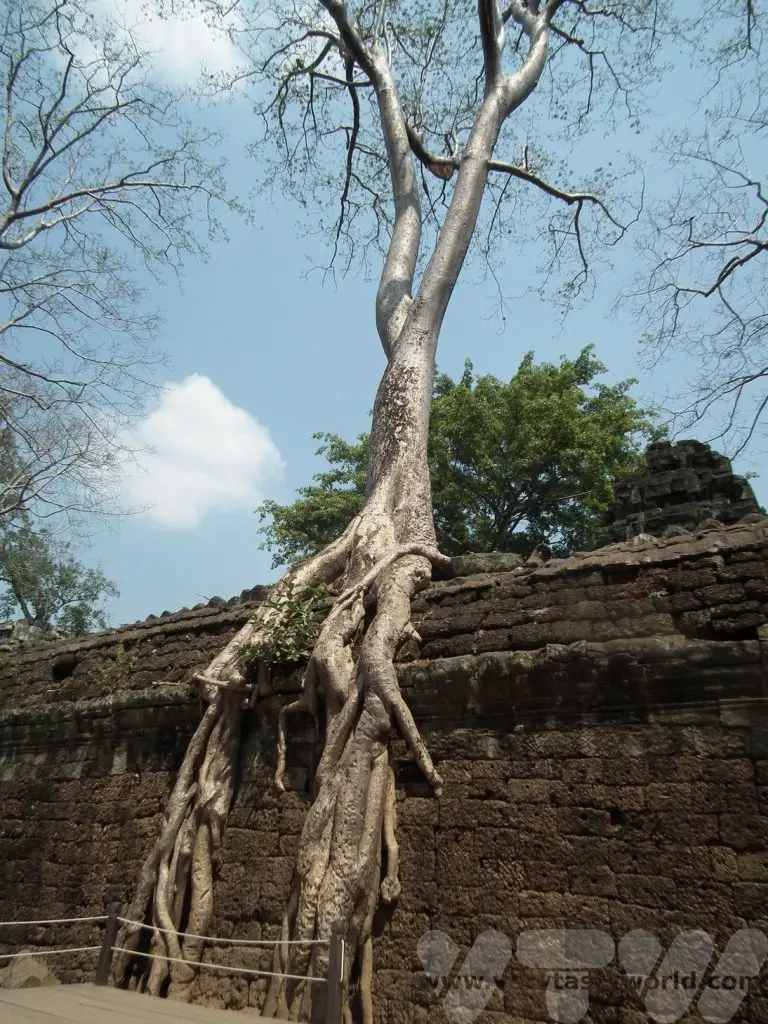
Banteay Srei
The Khmer Temple of Shiva at Banteay Srei, dating back to the 11th century, is the Citadel of Women. It has some remarkable sandstone decorations, friezes and lintels which are some of the best preserved in the region.
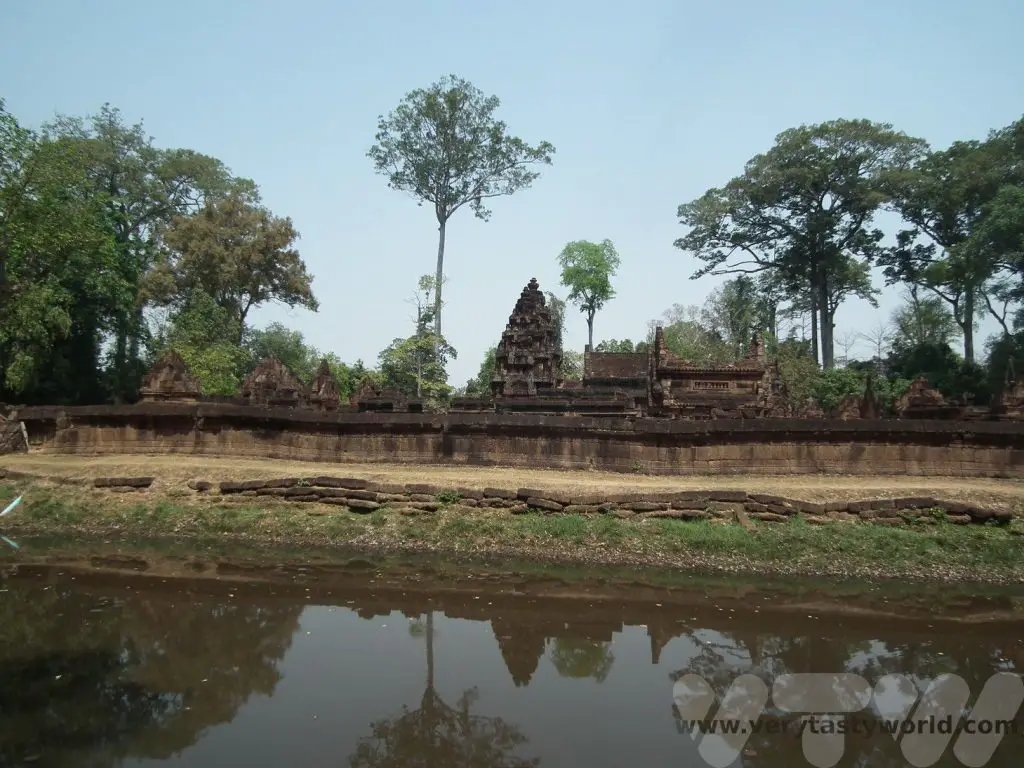
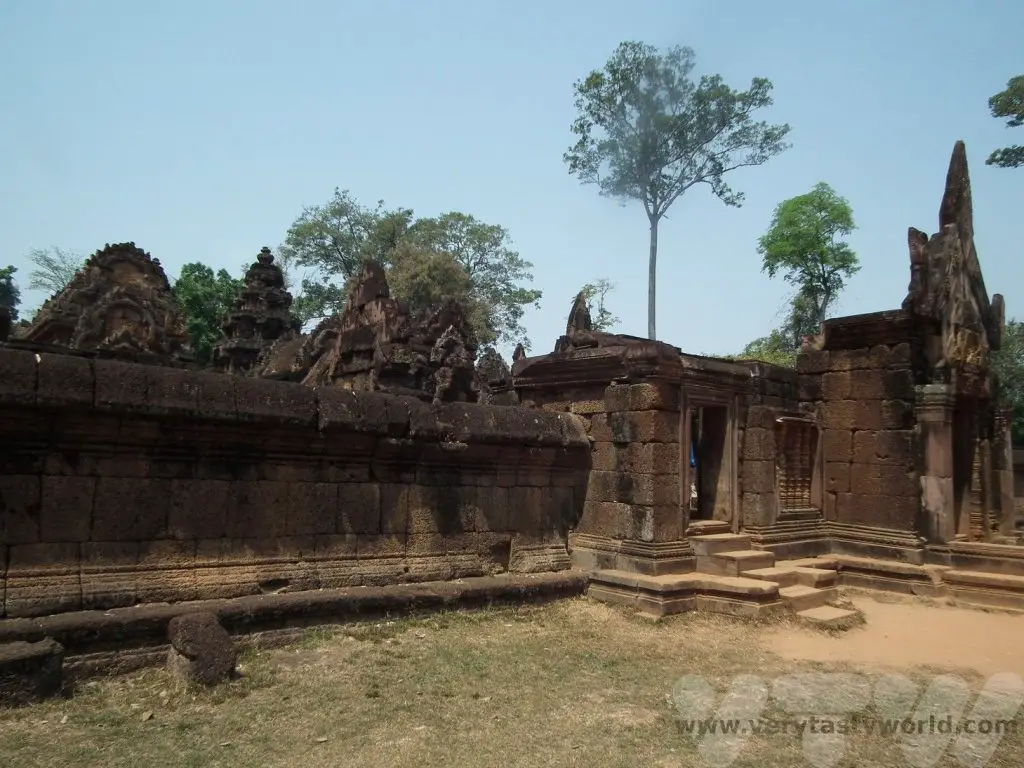
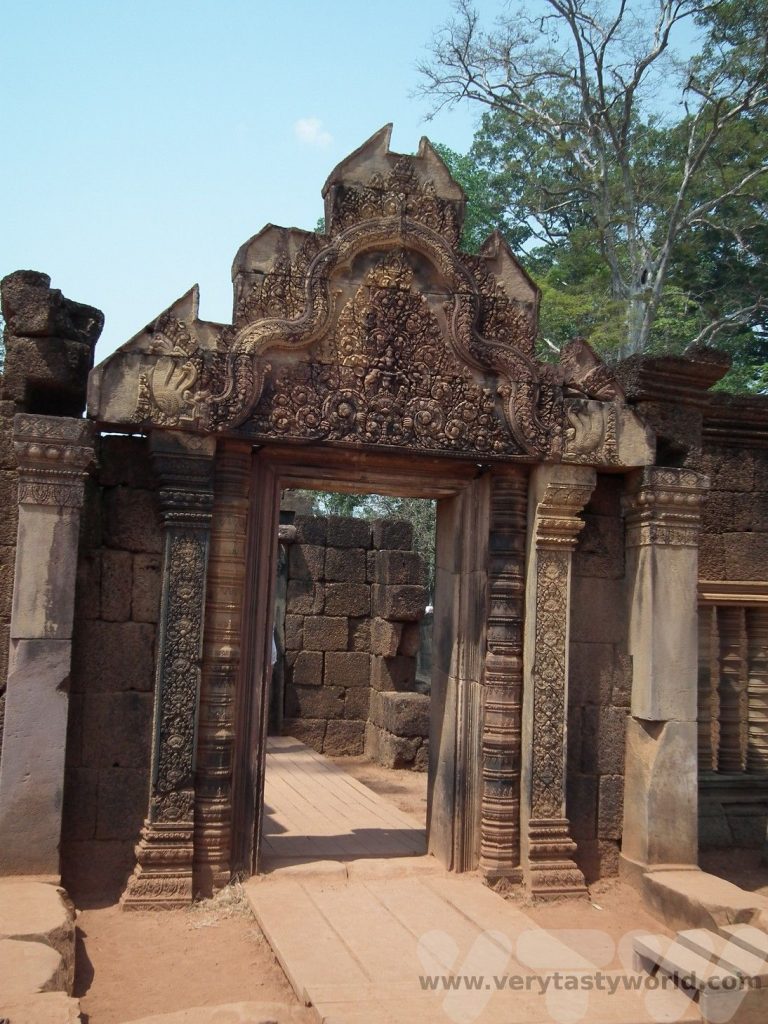
Kbal Spean
Kbal Spean is a Hindu Pilgrimage site set deep in the jungle to the North East of Angkor. It actually pre-dates the Angkor Temples by around 200 years and is the oldest site in the region.
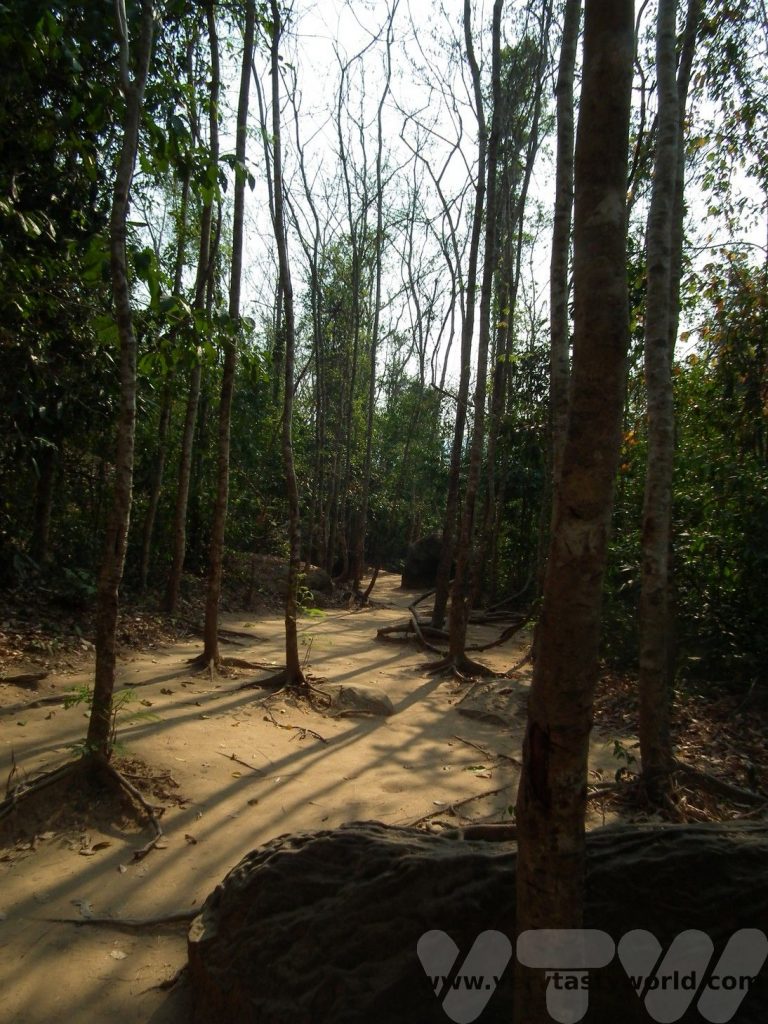
After hiking for around a kilometre through the jungle you reach the River of a Thousand Lingas, amazing sculptures that are actually located in the river bed.
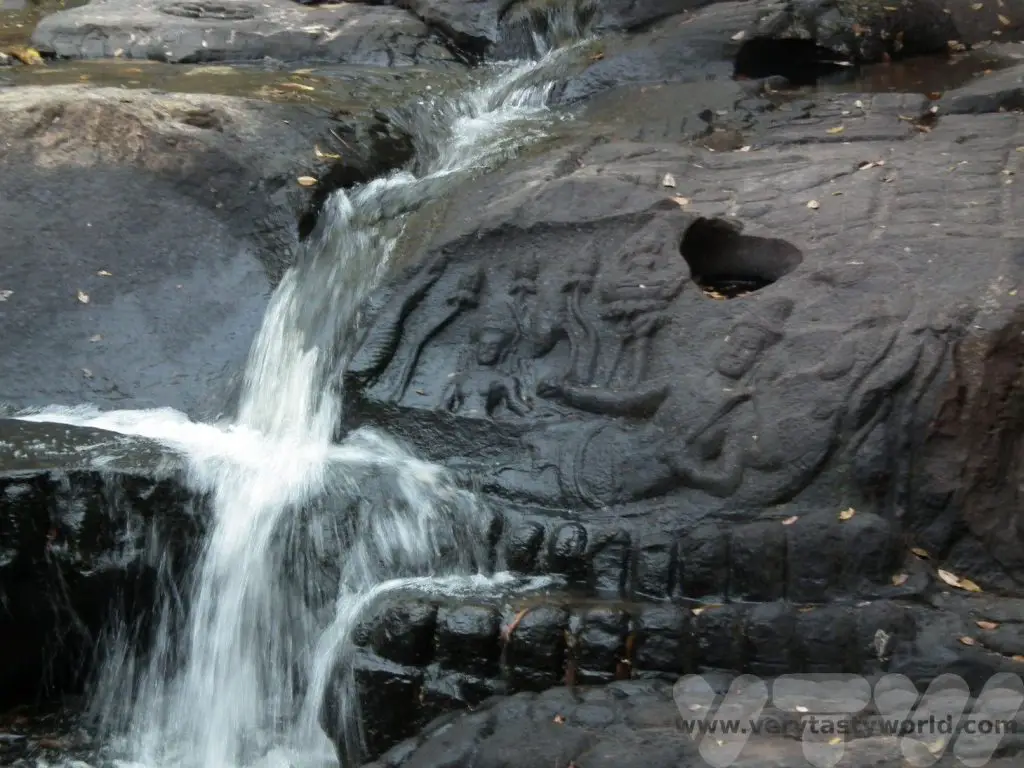
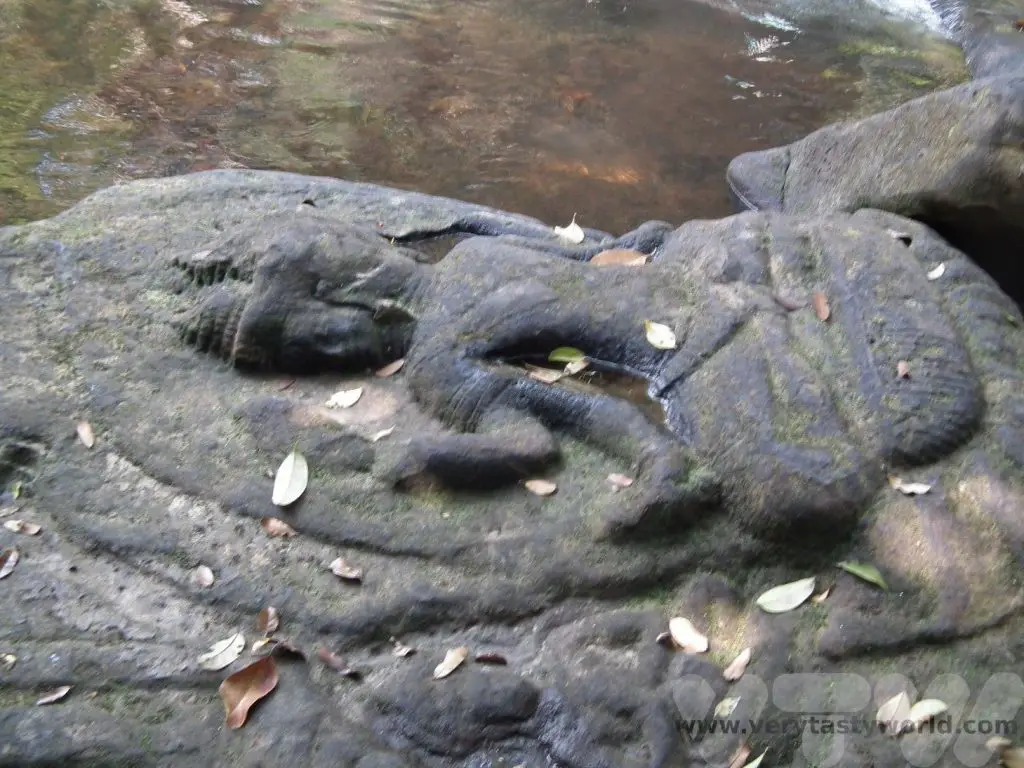
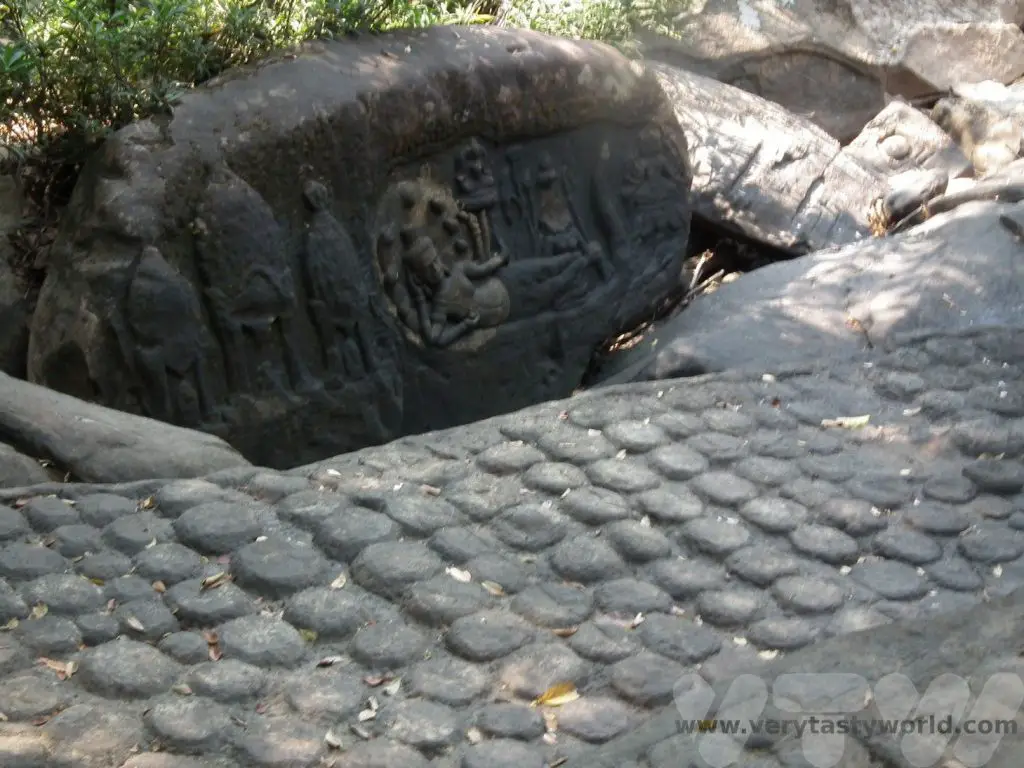
The Roulos Group
And finally, the other temples we visited were the Roulos group which are older and date from the 9th and 10th centuries. They are located around 15km south-east of Siem Reap in the former city of Hariharalaya. King Jayavarman II founded the Khmer empire in 802 CE. His successor was his nephew, Indravarman I, who initiated the construction of the temples here.
Preah Ko was the first. The name means ‘sacred bull.’
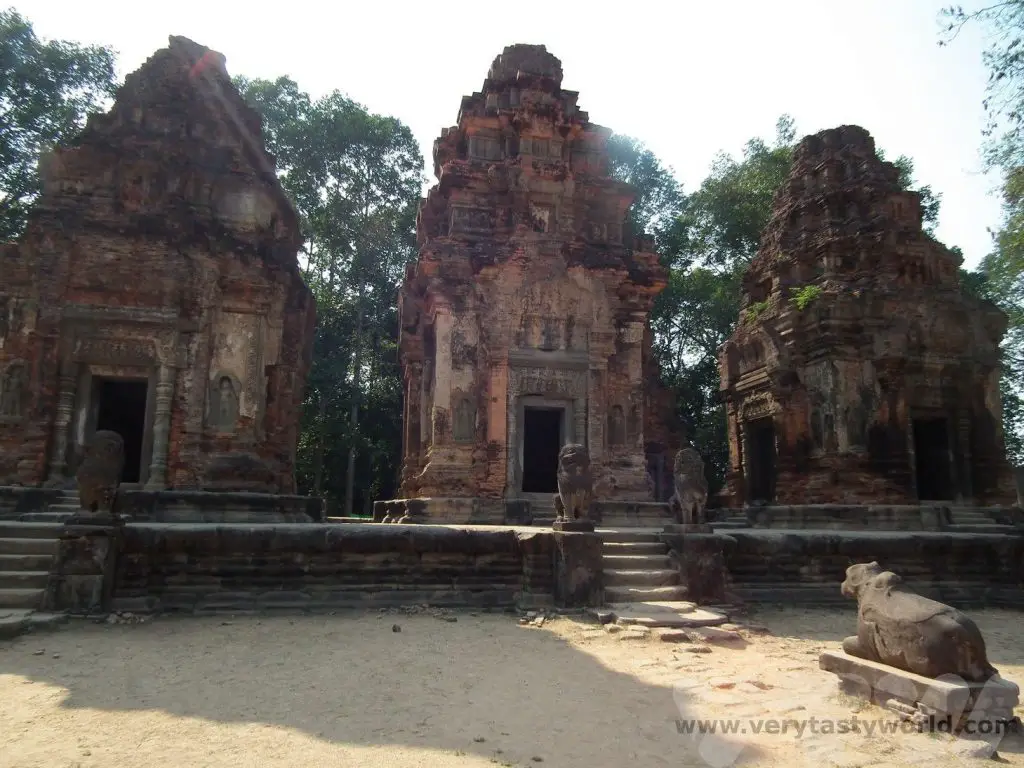
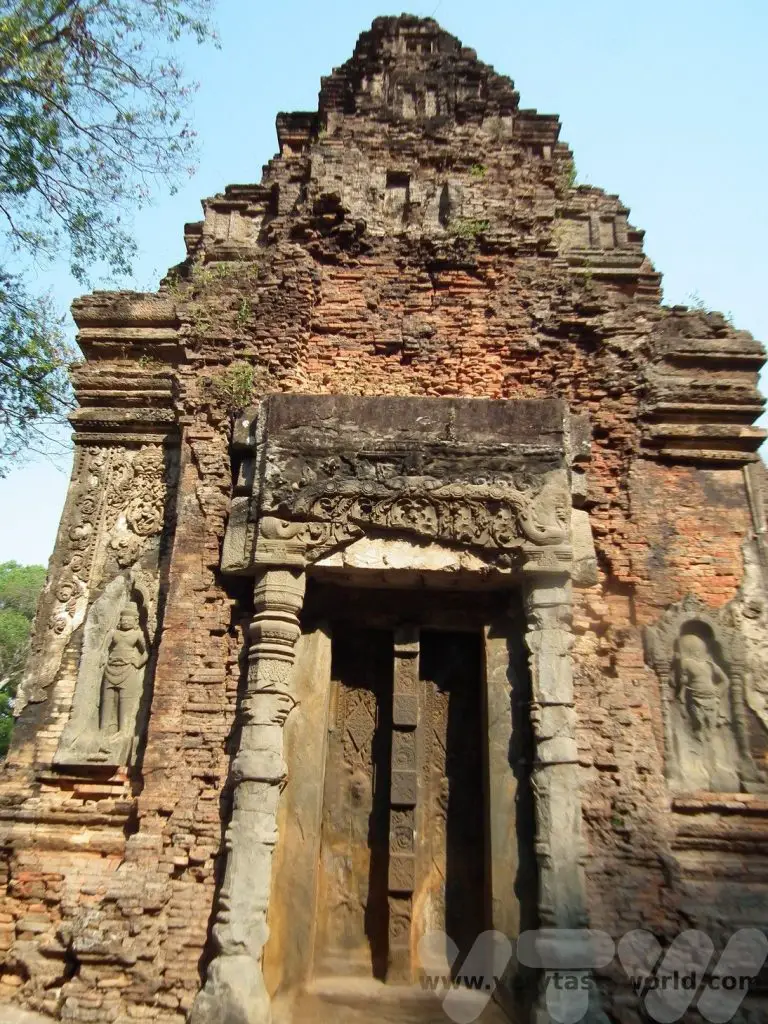
Bakong was next and is considered to be the first Khmer temple mountain. It is the most impressive of the structures in this group. This was King Indravarman’s official temple. The pyramid has five levels and is surrounded by two towers on each of its sides.
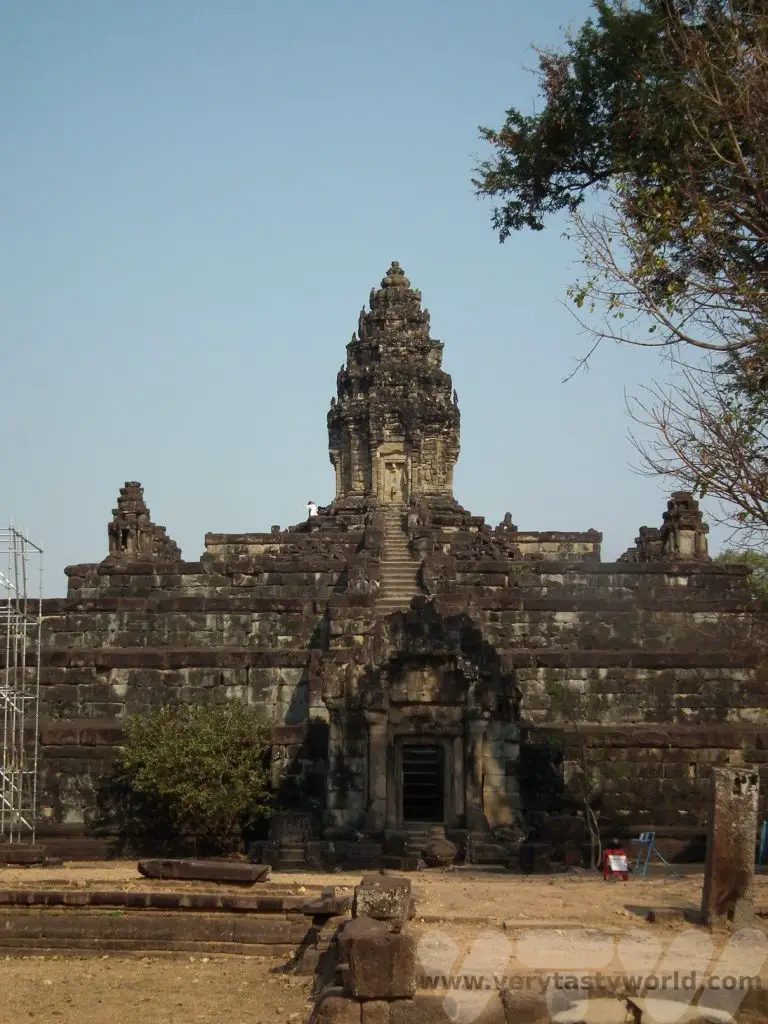
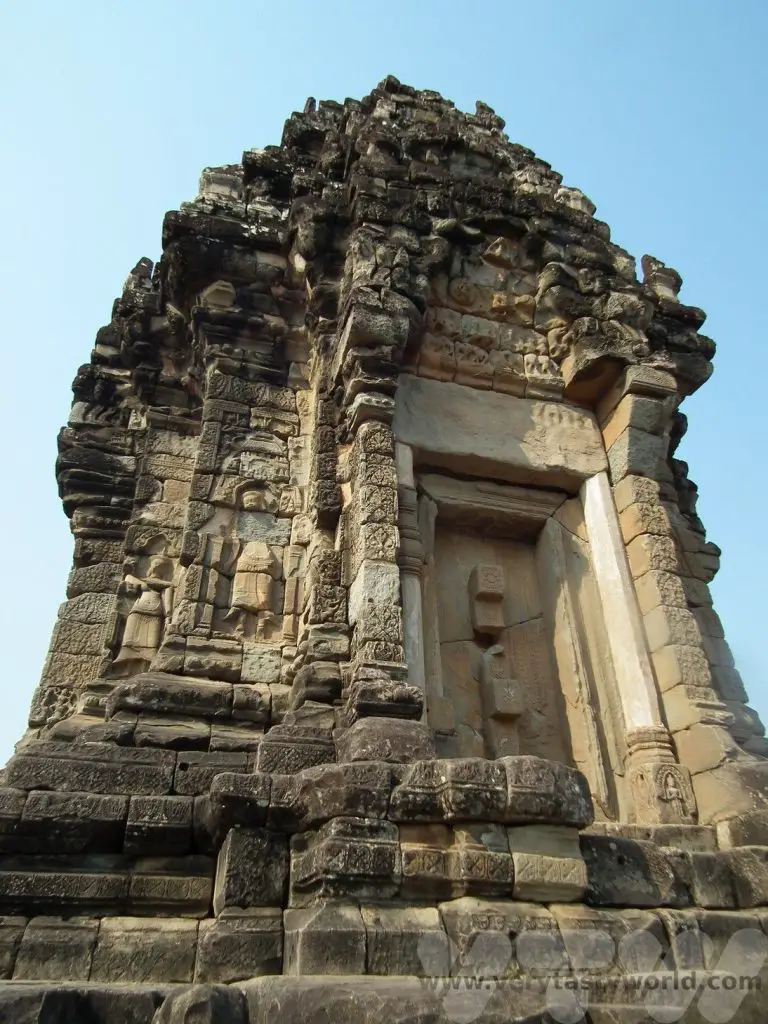
The Lolei temples are grouped together. These are of a brick construction and represented King Yasovarman’s parents and grandparents. The taller towers are for his grandparents and the front towers are for the males in the family.
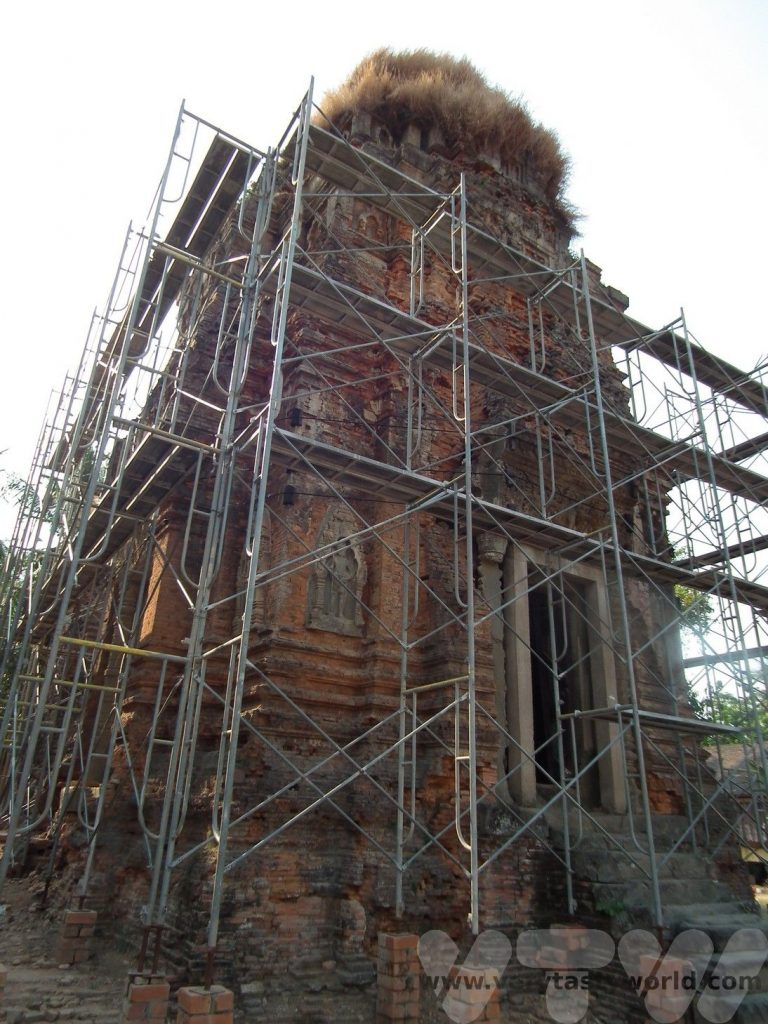
Après Sightseeing – Siem Reap
After all the sightseeing we would wander into Siem Reap. Pub Street is the place to find restaurants and bars in the evening – perfect for relaxing after a long day’s sightseeing. It is possible to visit markets, enjoy cookery courses and, of course, eat traditional Cambodian cuisine. This platter included spring roll, mango salad, fish amok (a fragrant curry), green curry, cha tu kuong (stir-fried water spinach) and steamed rice.
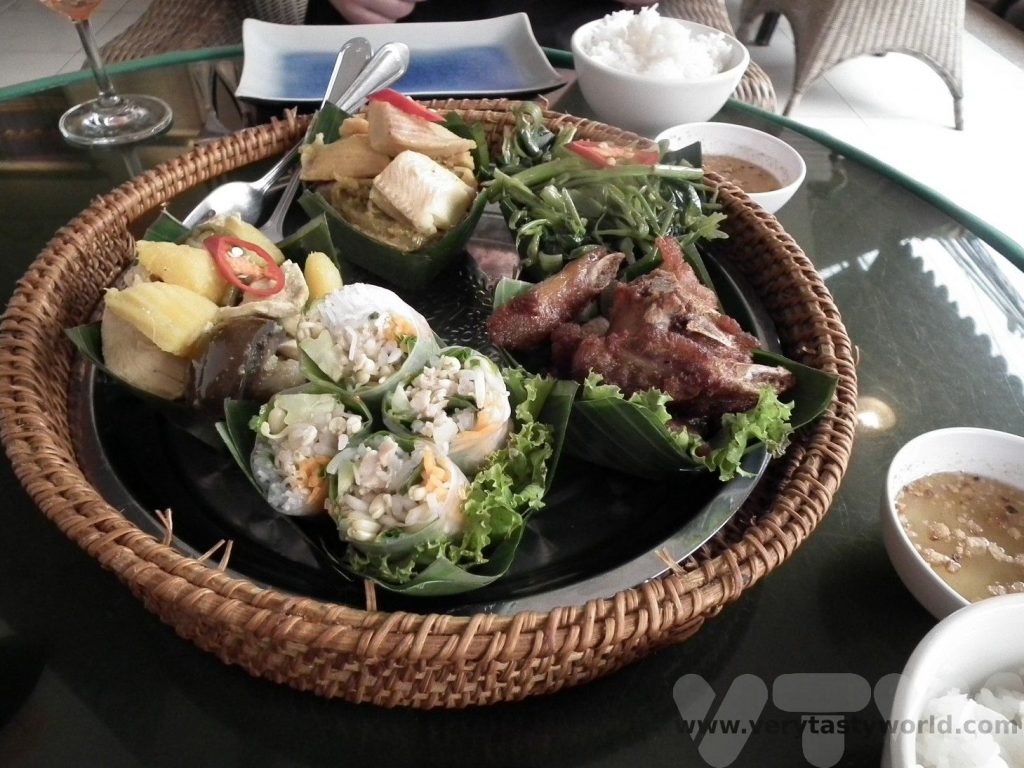
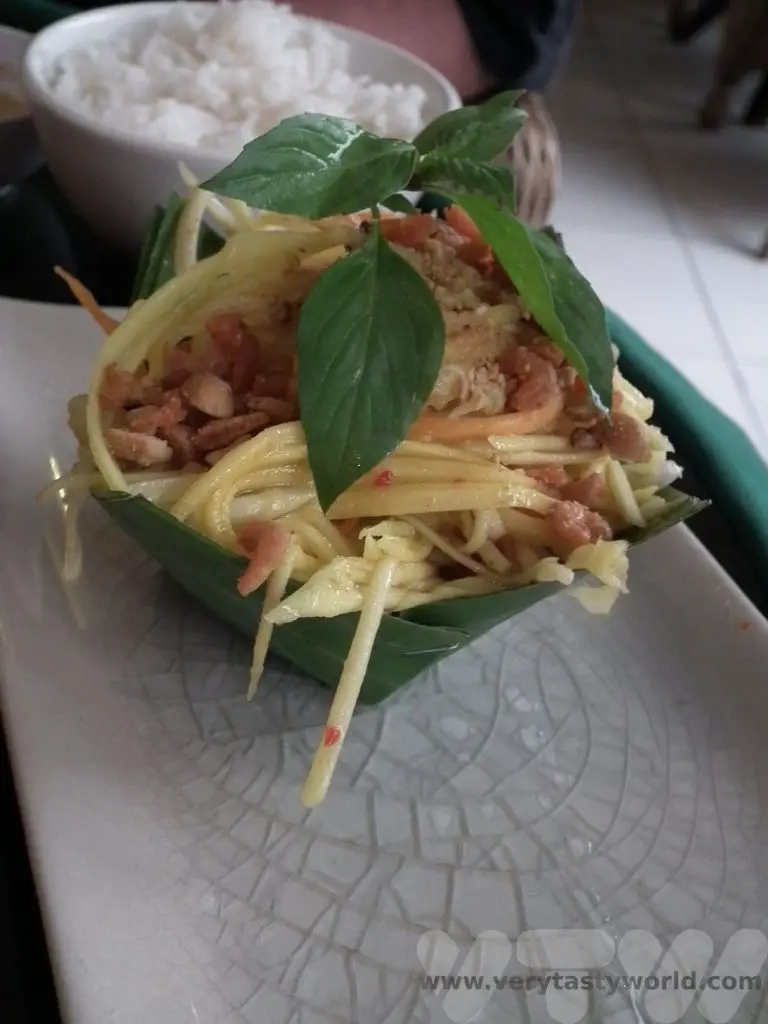
Other Excursions
Although our primary purpose of the trip was to visit Angkor Wat, there are other activities in the area. Siem Reap is located close to Lake Tonle Sap, the largest freshwater lake in South East Asia. It’s a fascinating lake because it is part of the Mekong river system. The Mekong and surrounding catchment feeds it during the wet season and the lake’s water level will rise to around 11m. But during the dry season the lake feeds the Mekong and water levels can get as low as 1m before the rains arrive. It’s a lake where local people live and work and it’s possible to take a boat trip and visit some of the floating villages.


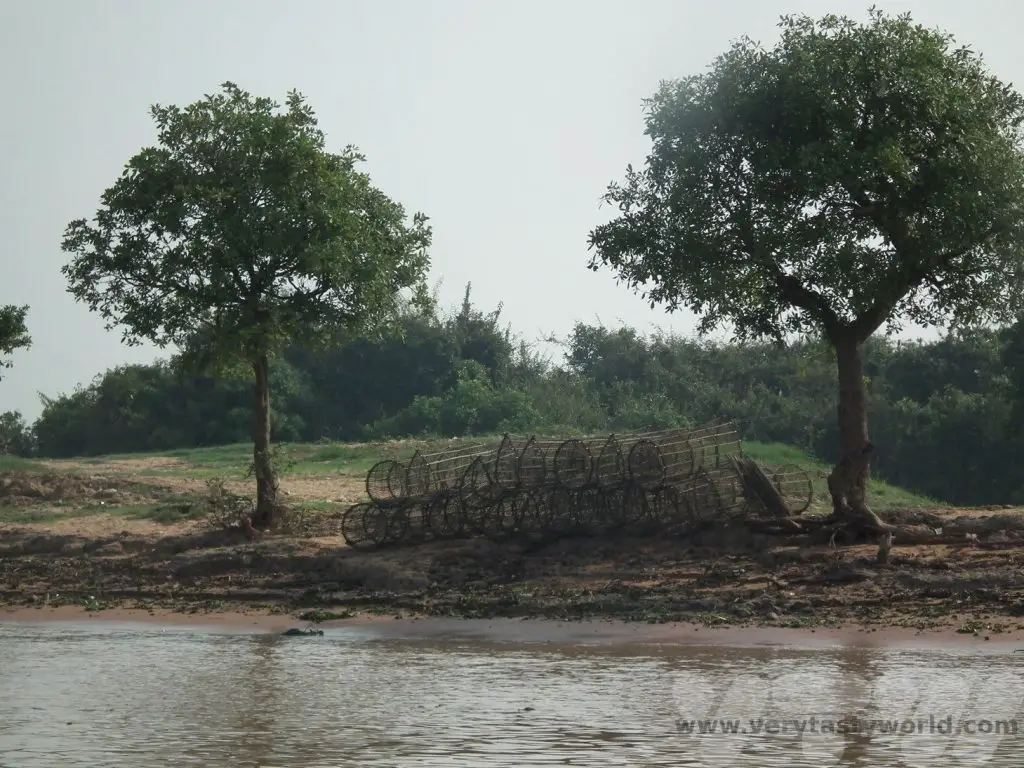
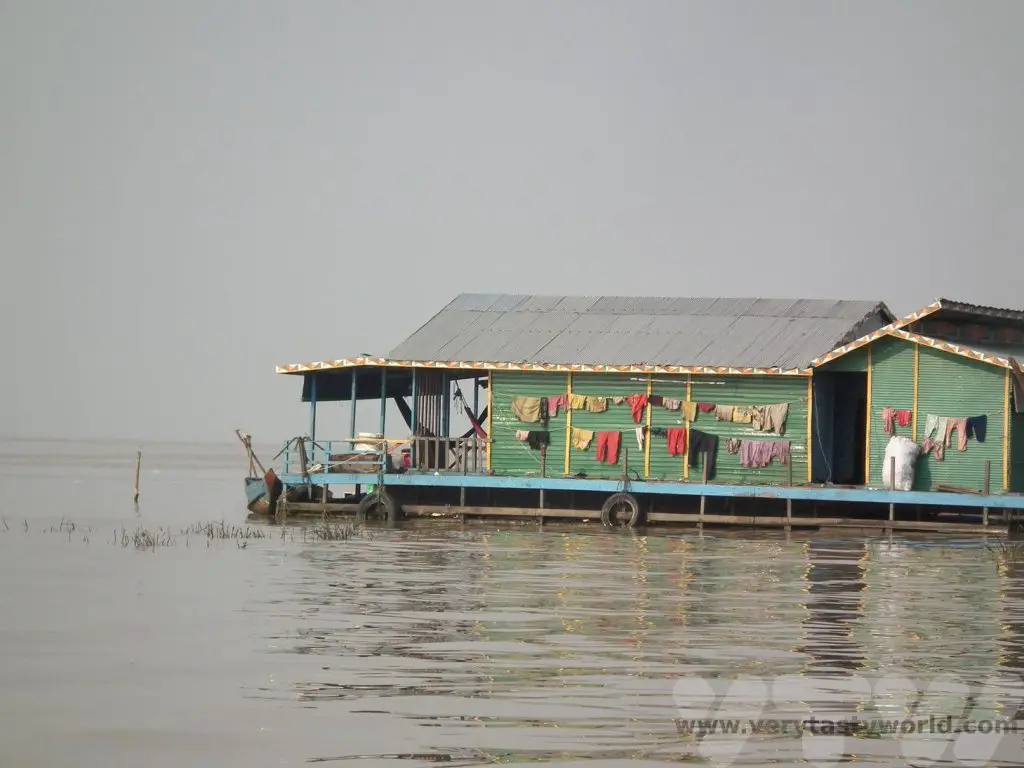
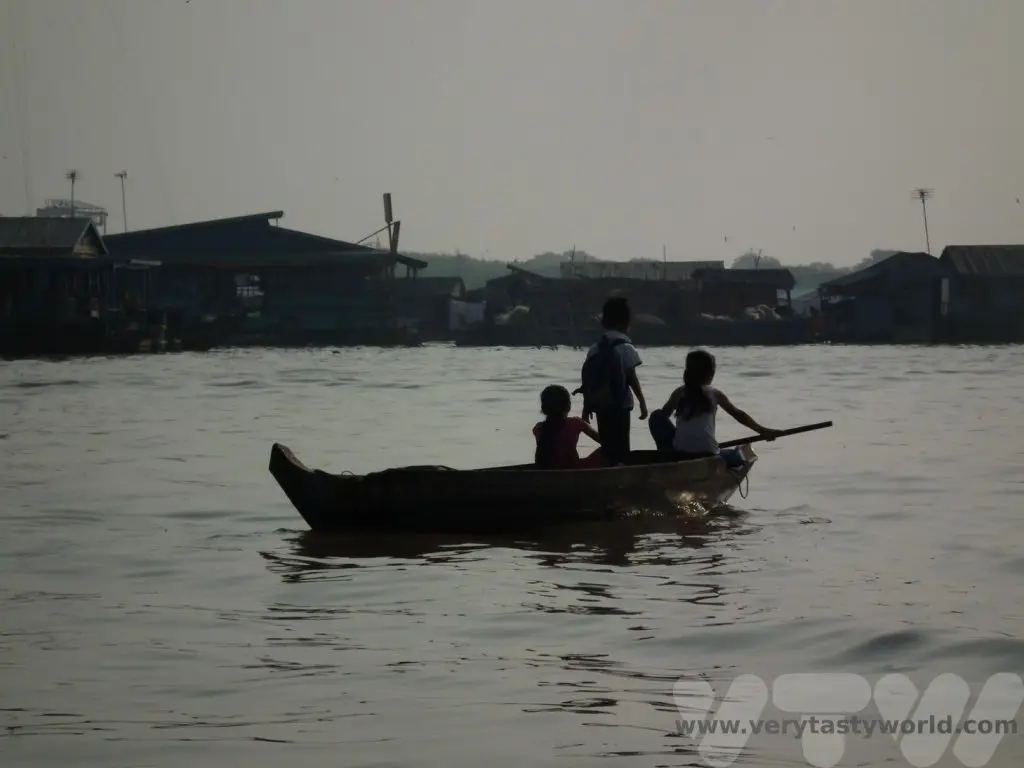
Related Posts You May Enjoy

Kratie Dolphins in Cambodia
Kratie (pronounced Kra-cheh) is a laid back town in Northern Cambodia, right on the mighty Mekong river. It’s a small town that you can easily walk around and has some sights to enjoy. The most notable are the very rare freshwater Kratie dolphins, a small group of which live in the river close to the town.
They are not close enough that you can easily walk to the viewing , you need to arrange a trip, usually via tuk tuk. Most hotels/guest houses will be able to arrange this on the day, just decide a pickup time and location.
The Irrawaddy dolphins are most active in the morning or late afternoon/early evening, so it’s worth planning a trip when you are more likely to see them. Of course, everybody else will be visiting at that time too! As with all wildlife viewings, luck plays a big part in whether you see the dolphins.
The boat launch area is about 11km north of Kratie, you arrive, register and are then taken to a boat. The dolphins are a joy to watch but very tricky to photograph – you only see them pop out of the water to catch a breath so by the time you have located them and focused the camera they have vanished back into the river. Better just to enjoy viewing them.

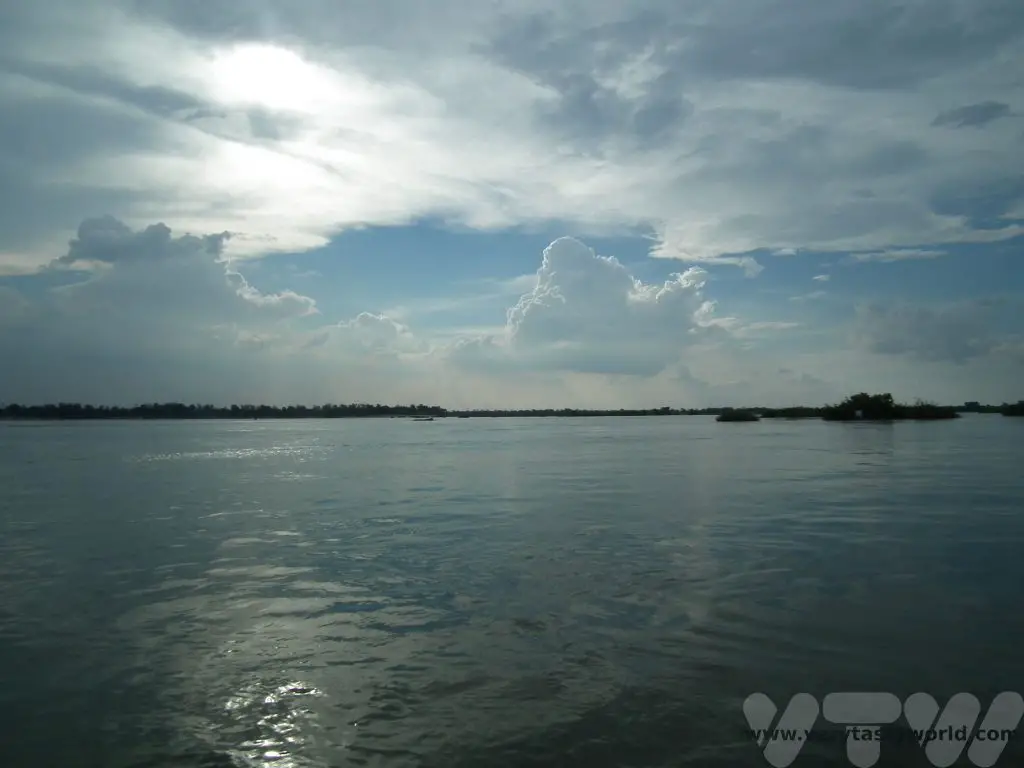
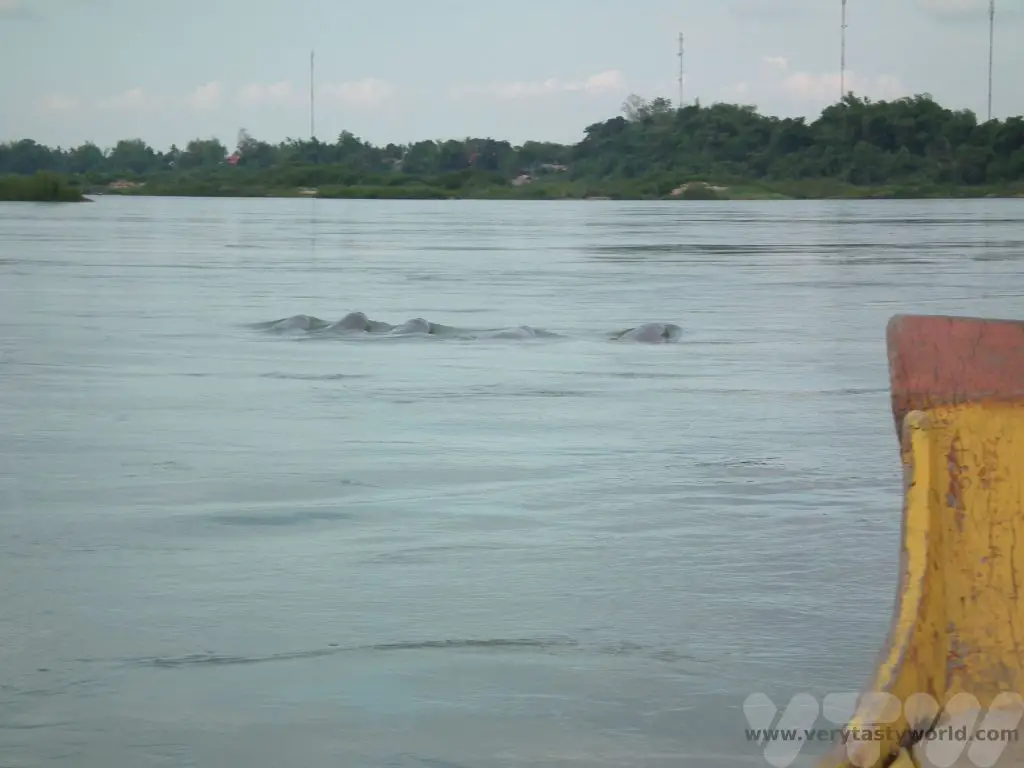
Our delightful driver waited for us while we were out on the river then brought us back to the town centre.
The Island of Koh Trong
Another enjoyable morning in Kratie can be spent exploring the Mekong island of Koh Trong. You catch a ferry from boat port and it’s a short journey across the river. Once you have landed you can hire a scooter or a bicycle and circumnavigate the island, stopping off for a swim or a drink at some of the resorts (relatively expensive) or cafe.


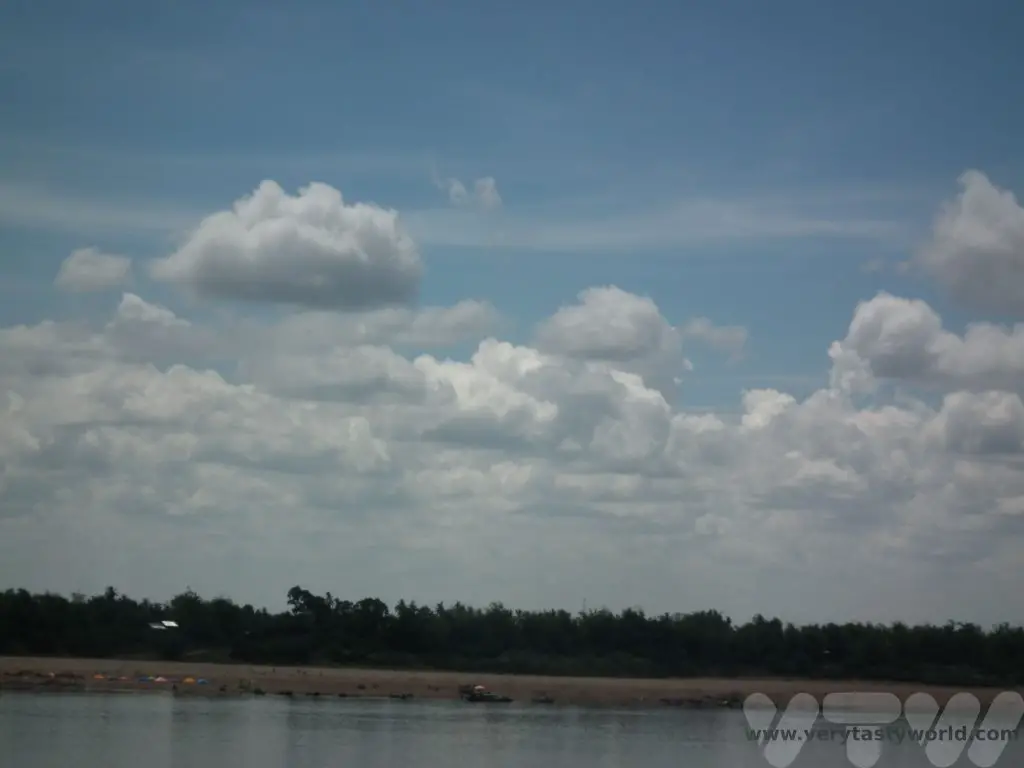
Cambodian cuisine is delicious and there are plenty of restaurants catering to all tastes and budgets.
Dining in Kratie
We enjoyed the cool and friendly Balcony Guest House and Restaurant, which offered Cambodia beer by the pitcher as you sit on the eponymous balcony enjoying a view of the river. If you happen to face bar-wards you can also learn a few words of Cambodian.
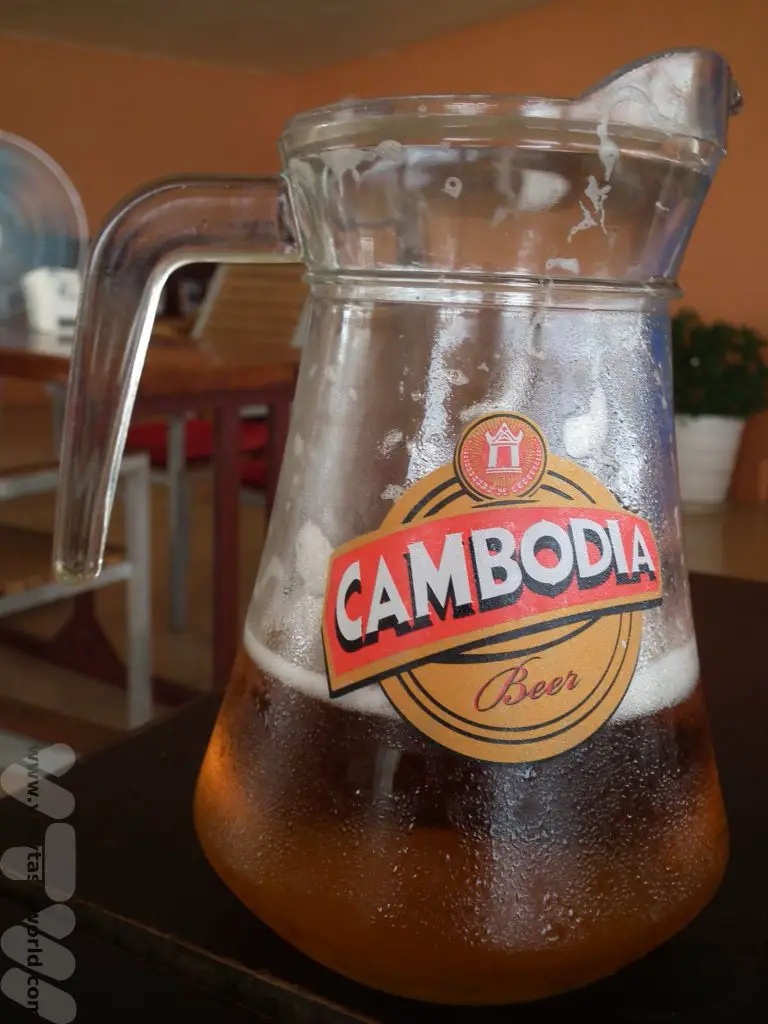
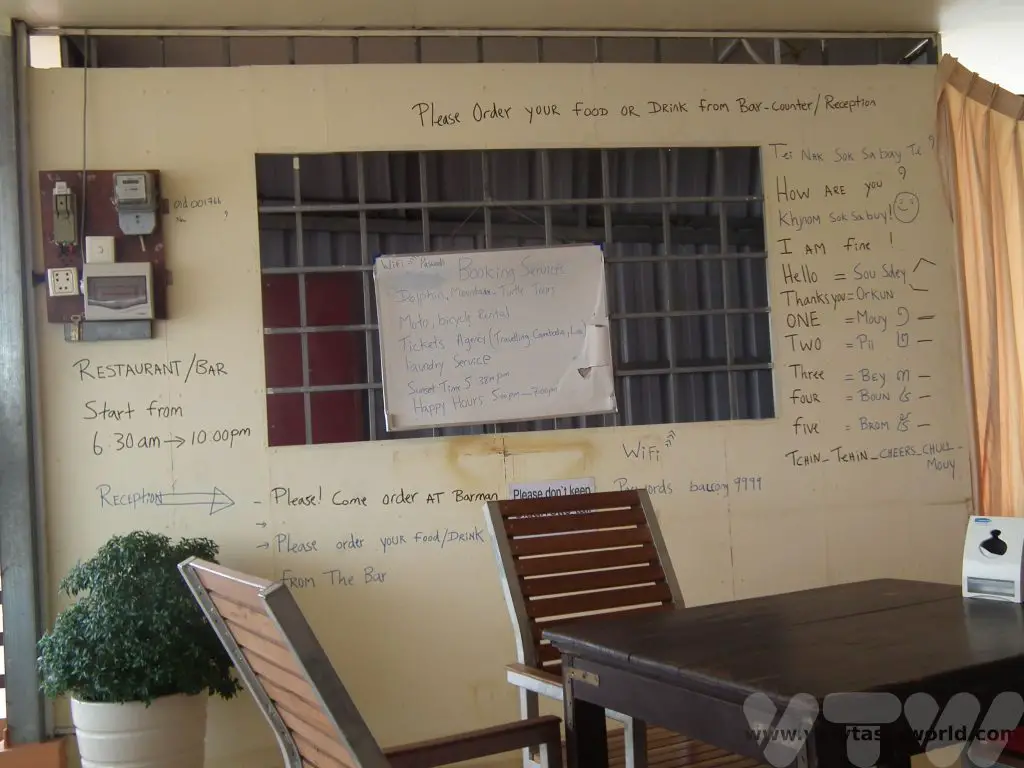
A restaurant that was rather special was Le Tonle. It’s a tourism restaurant aimed at training young people who plan to work in the hospitality sector. Tourism is a significant part of Cambodia’s economy and the idea is that young people are able to learn on the job, serving real customers.
On arrival we were greeted by not one but two front of house staff – the trainer and the trainee. This approach continued through the meal as the waiting staff took our order, served our drinks and then our dinner, guided gently by their supervisor. Both trainers and trainees were utterly delightful. Although we didn’t stay there, Le Tonle also has a guest house so that the training can extend to the hotel side of the hospitality business.
The food, also made by trainee chefs, was absolutely delicious. Using fresh ingredients the menu offers Cambodian, western and fusion dishes. Obviously we recommend the local options. A particular highlight was diced raw river fish and vegetables, marinated in a coconut and lime juice sauce and served inside a coconut shell, accompanied by steamed rice.
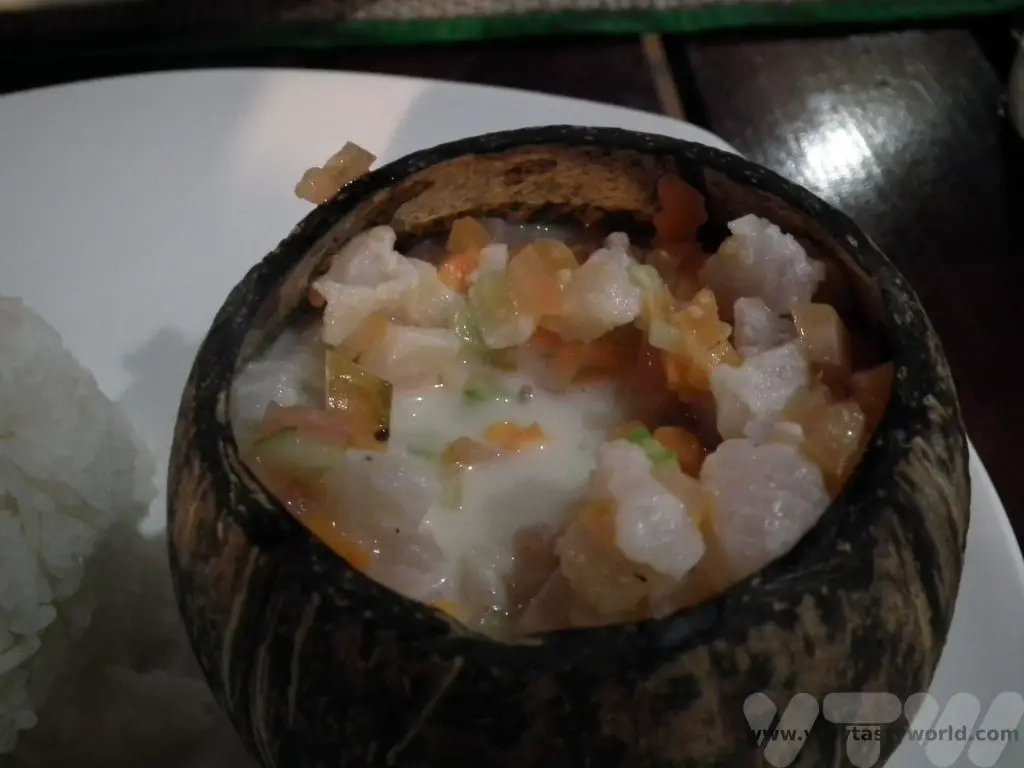
Le Tonle is a great initiative. We would love to see more social enterprise restaurants like this – especially those where young people get a chance to learn and hopefully use the opportunity to develop a career. Even if our young hosts were occasionally a little shy or they needed a bit of guidance while serving food or drinks, their warmth and enthusiasm was charming, and we wished them all well for the future.

